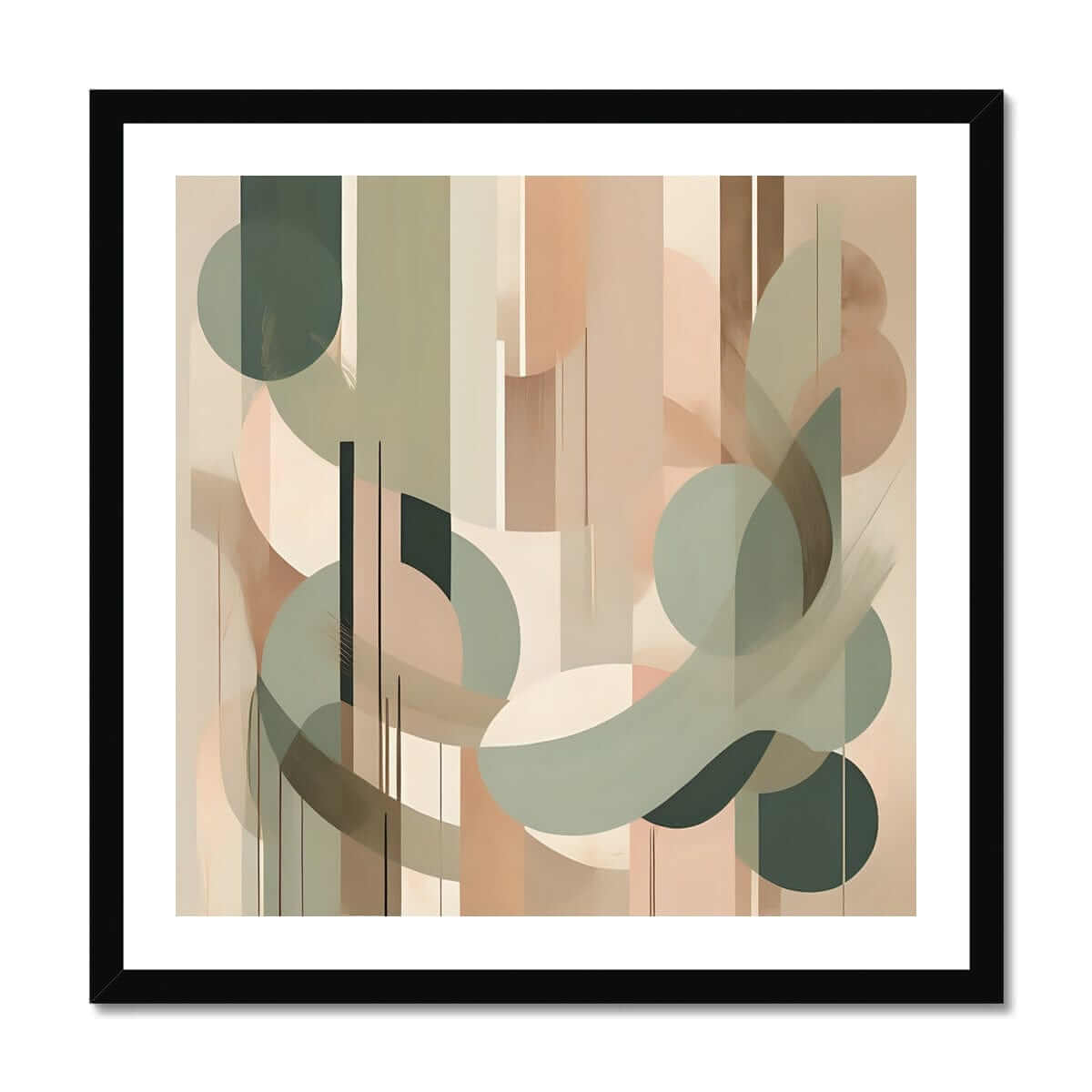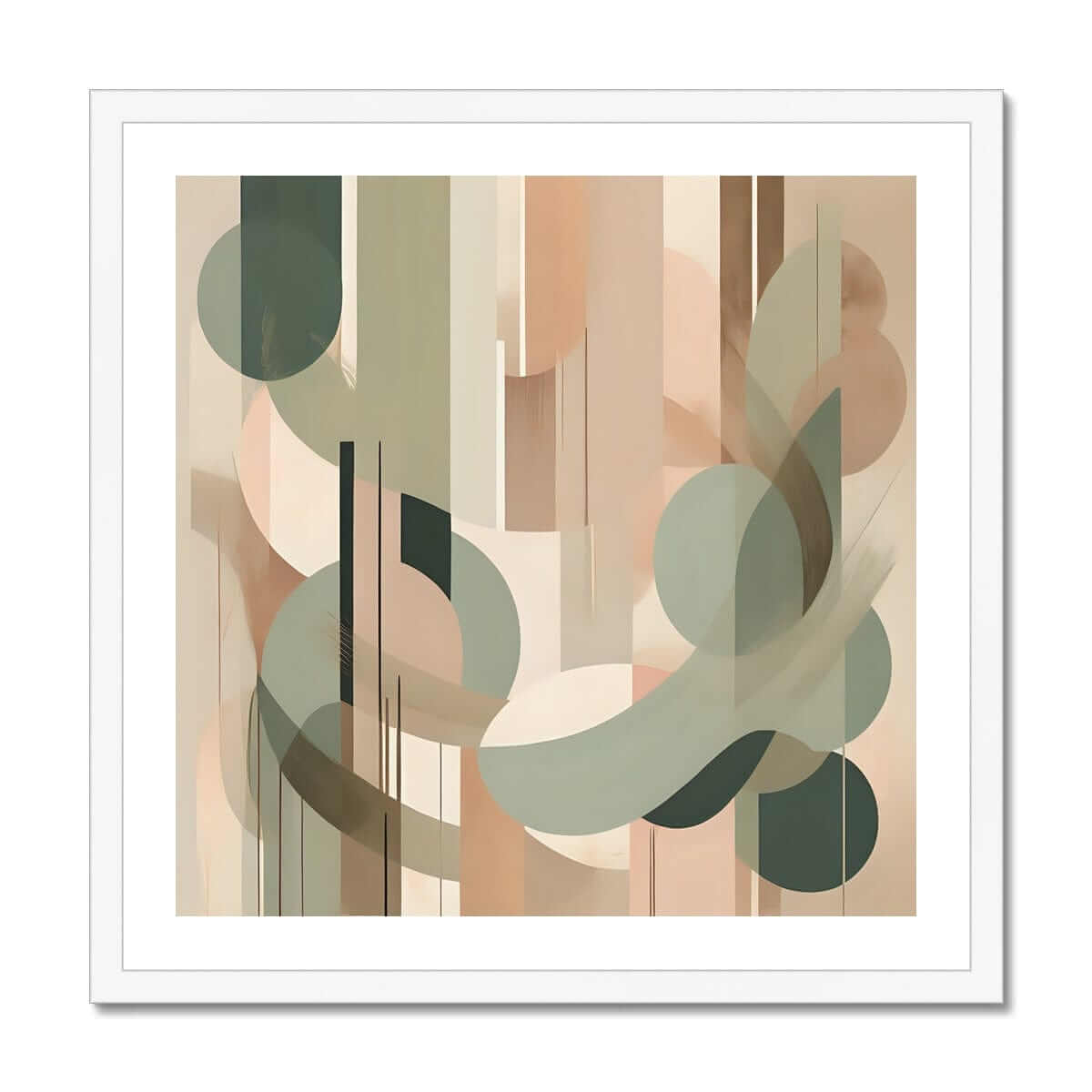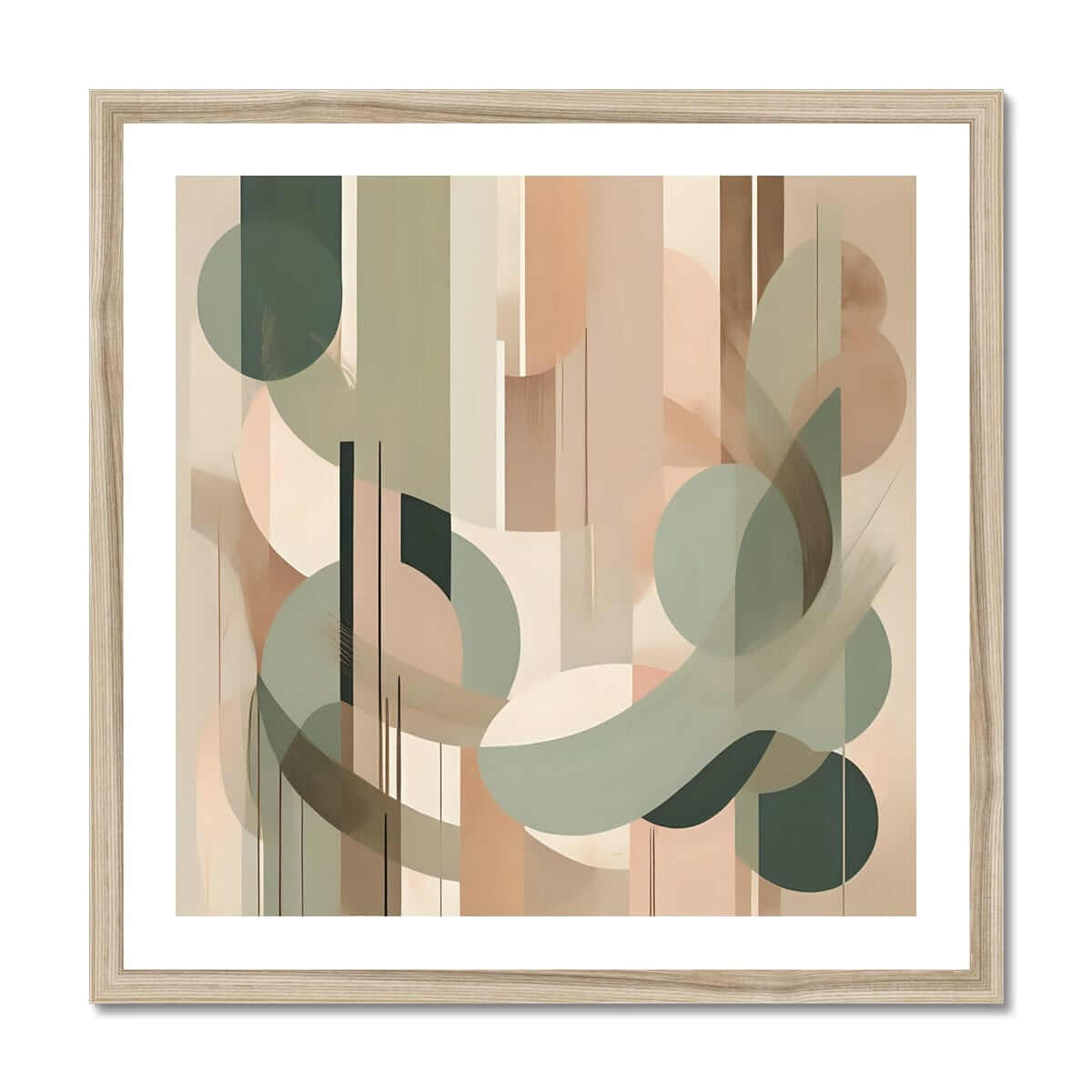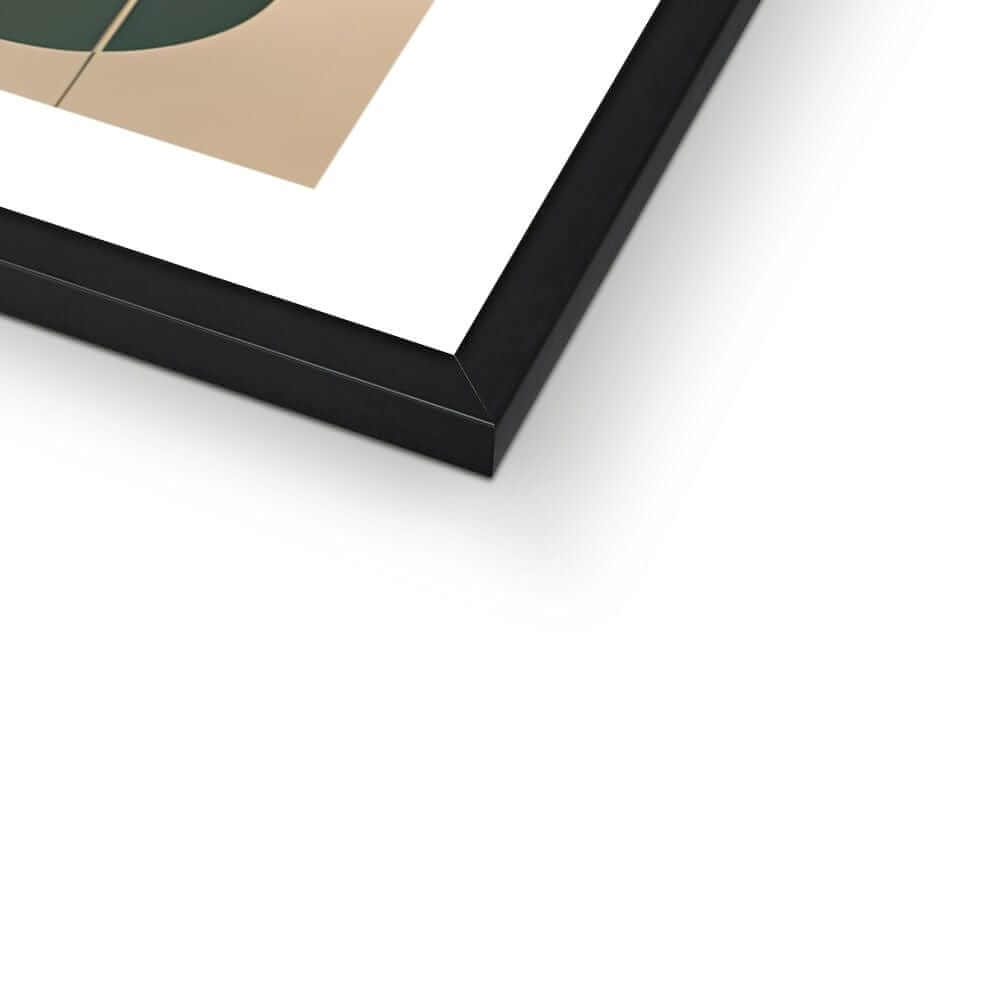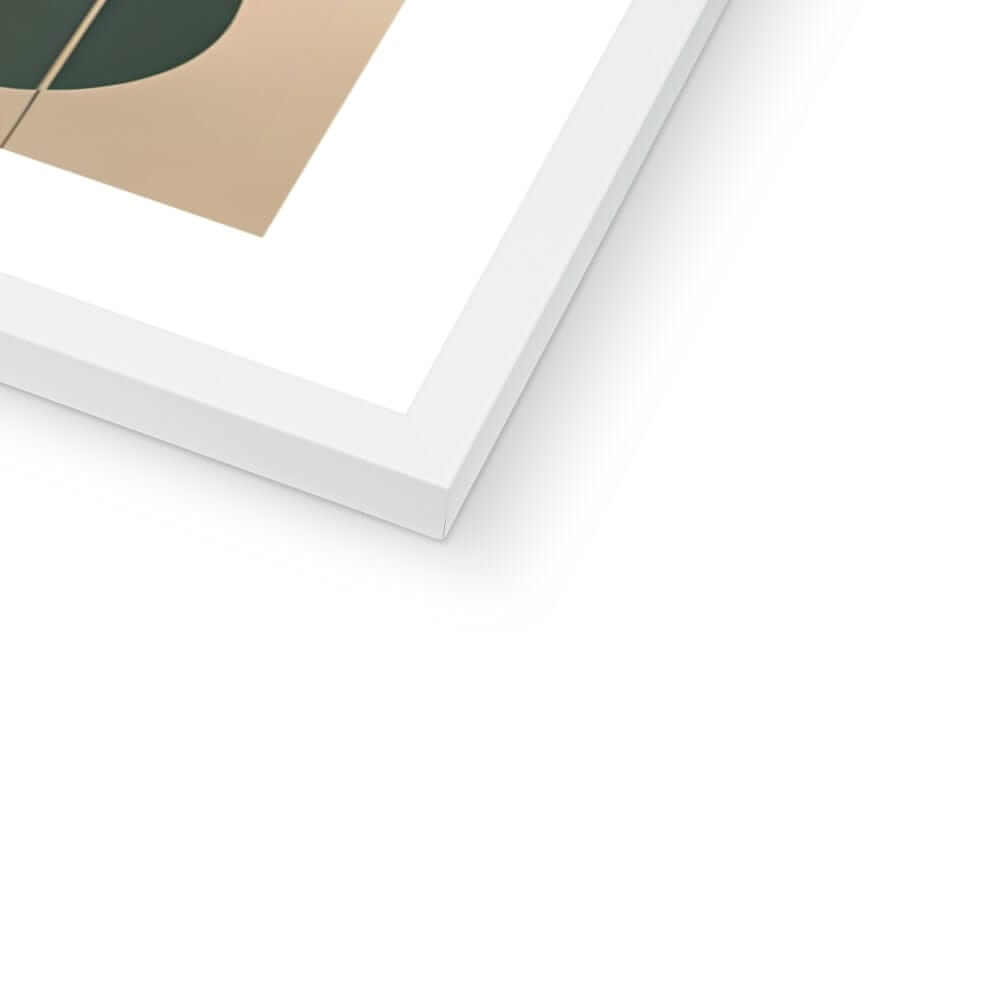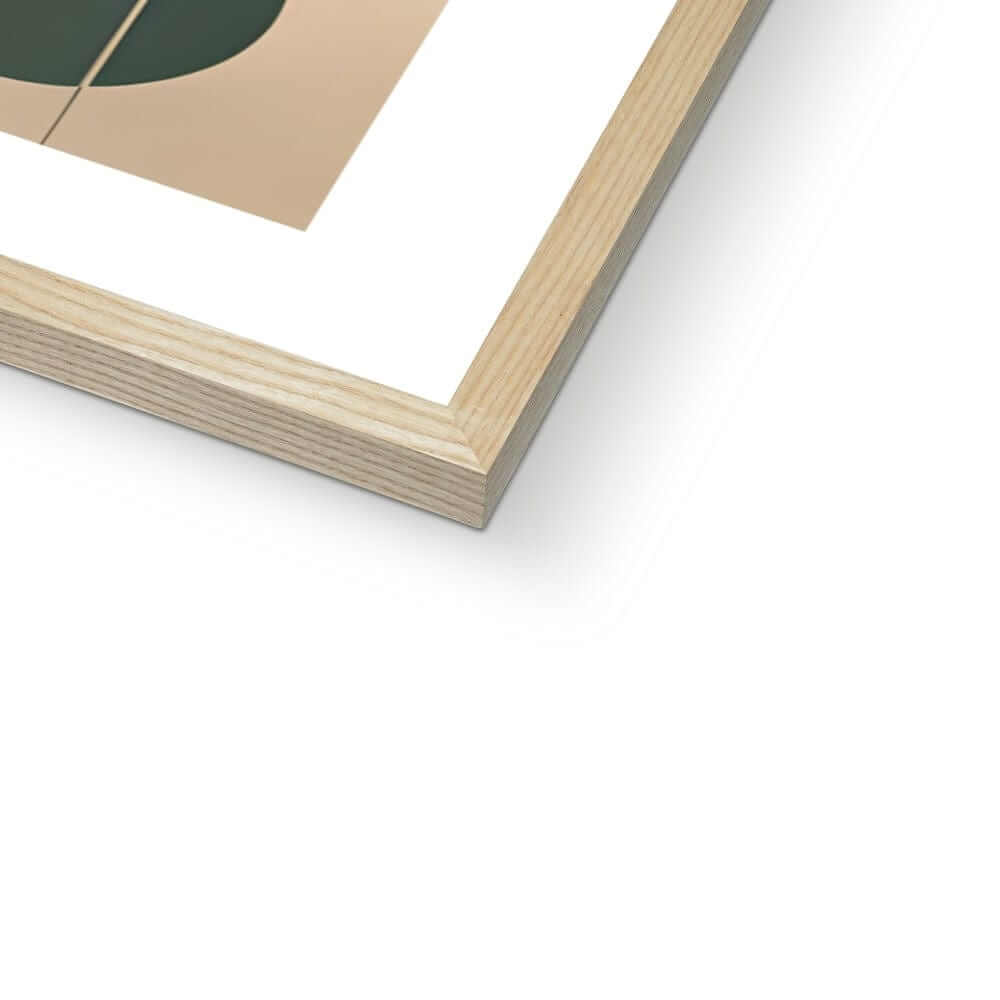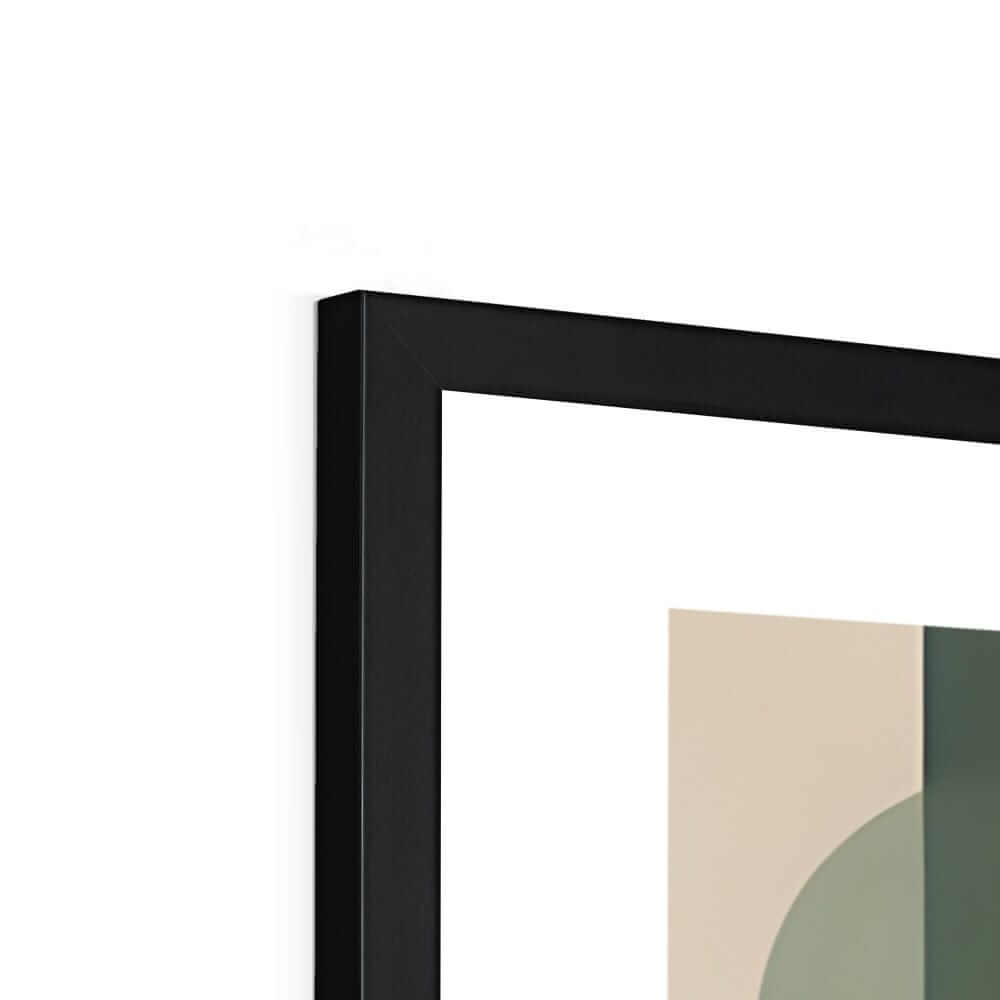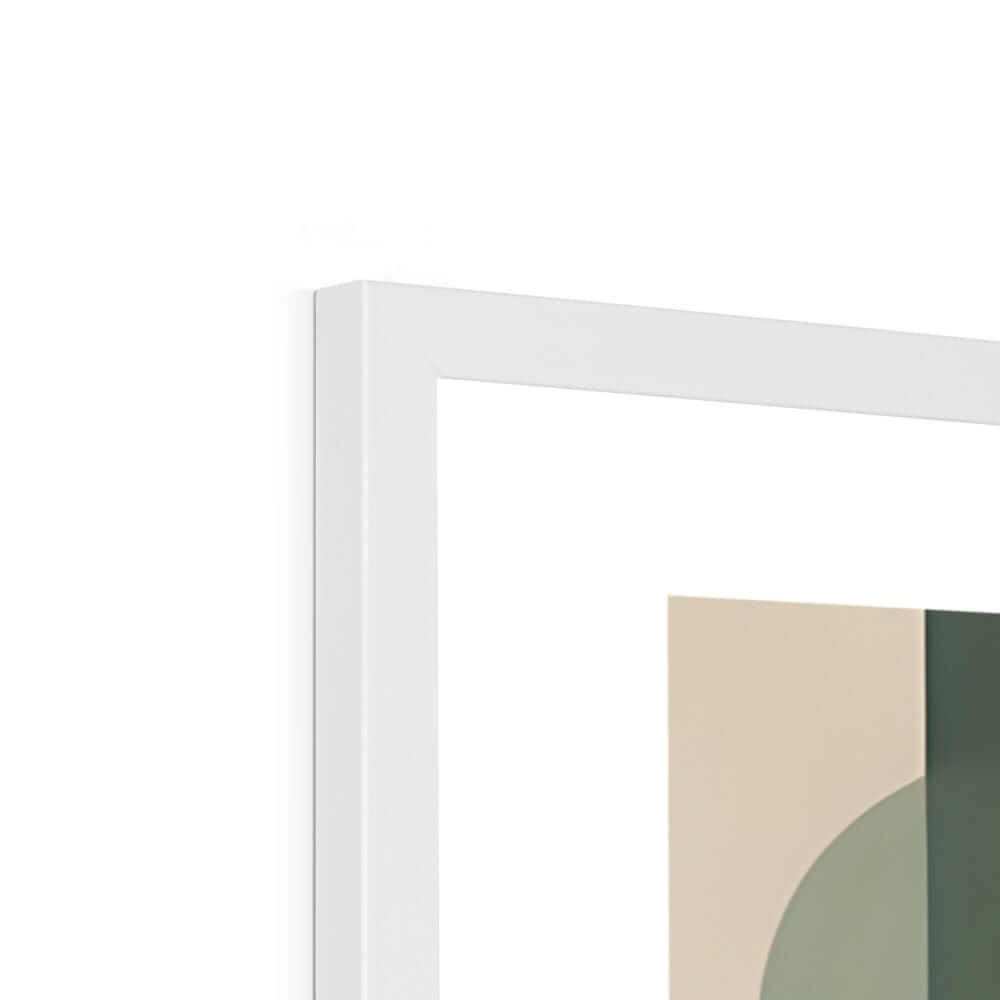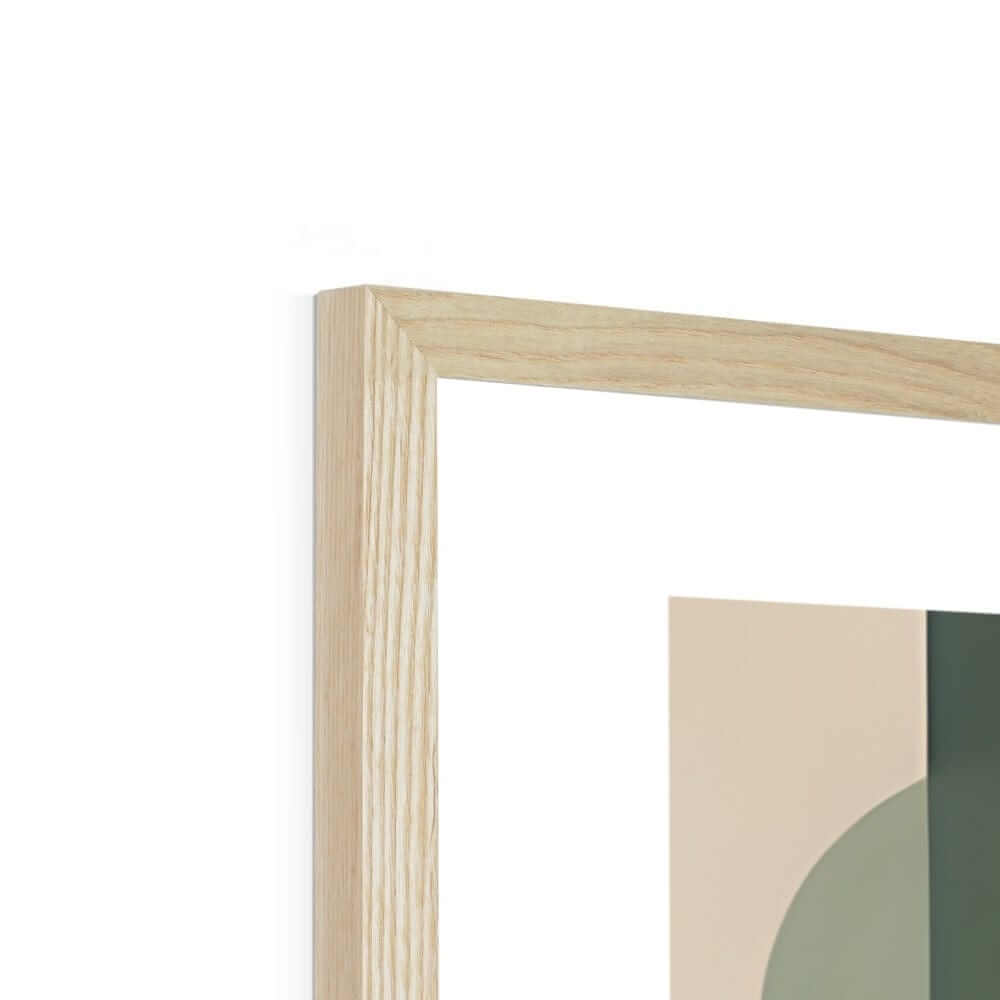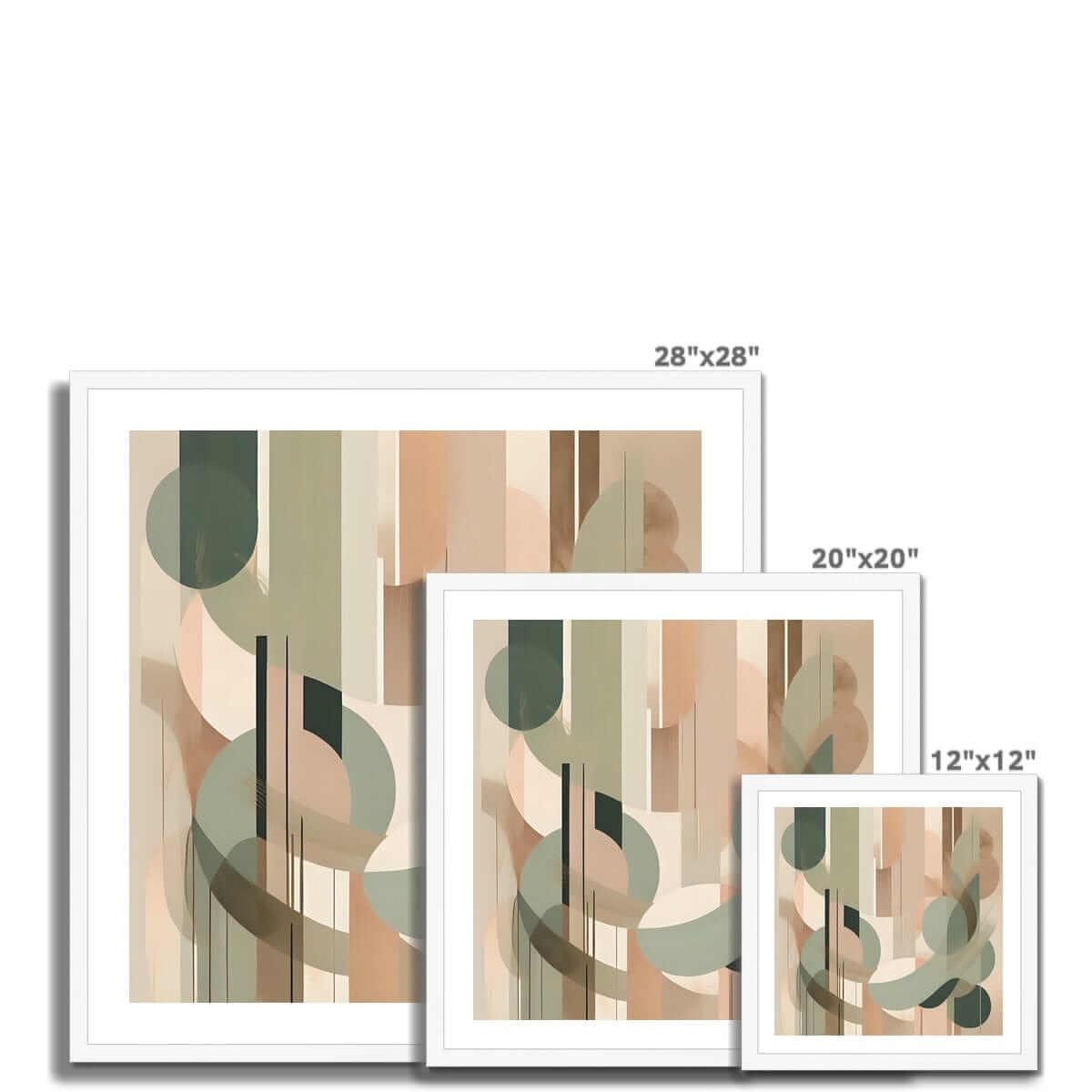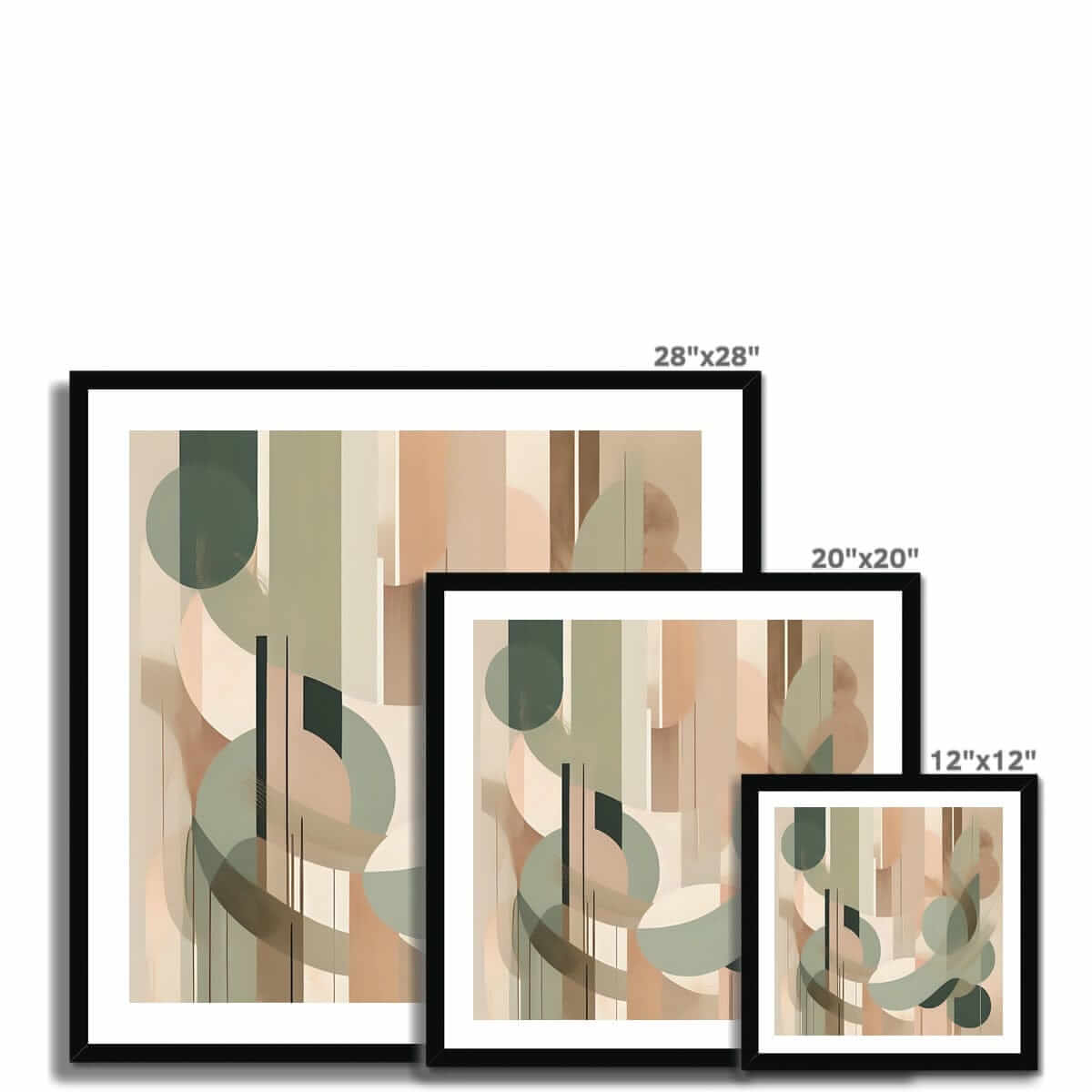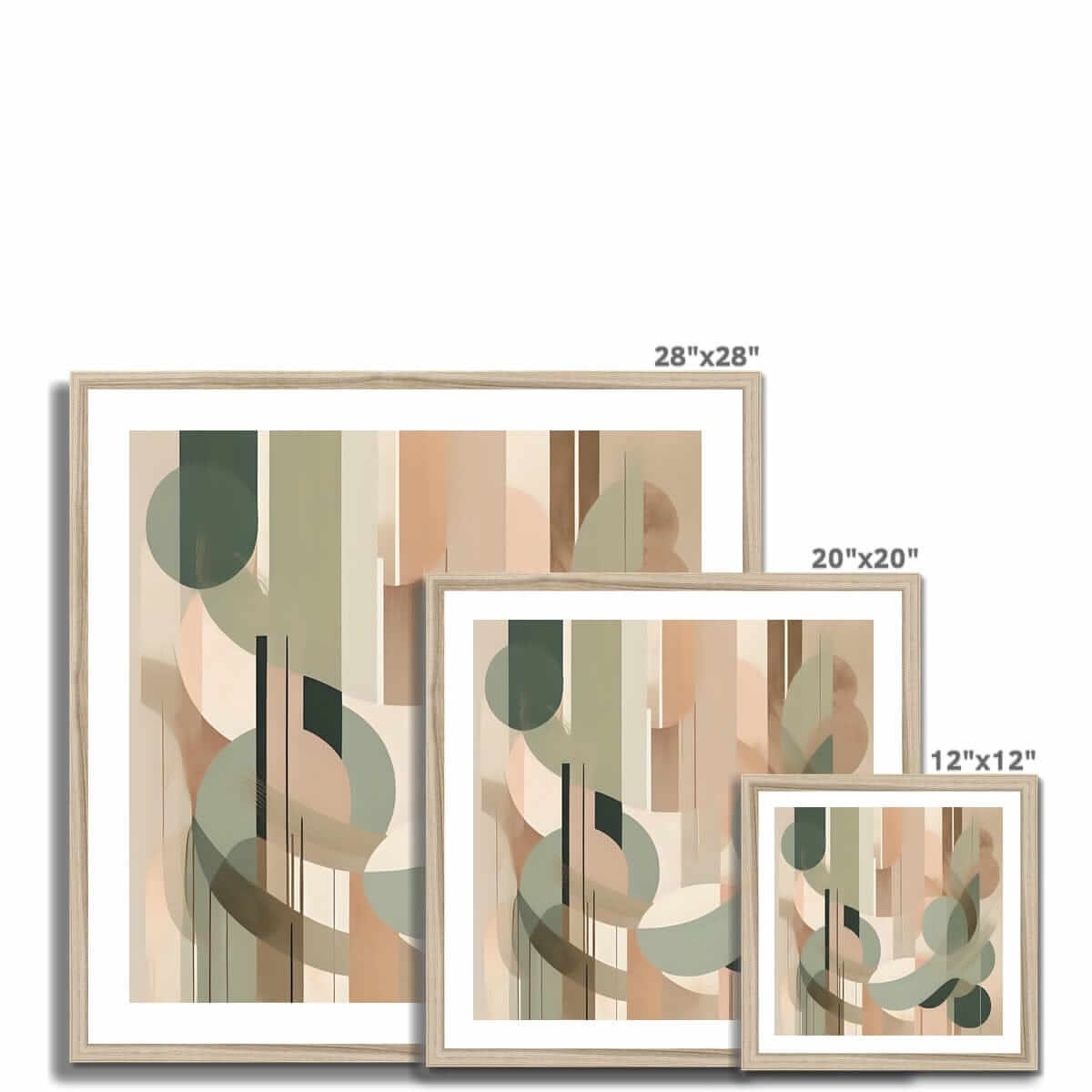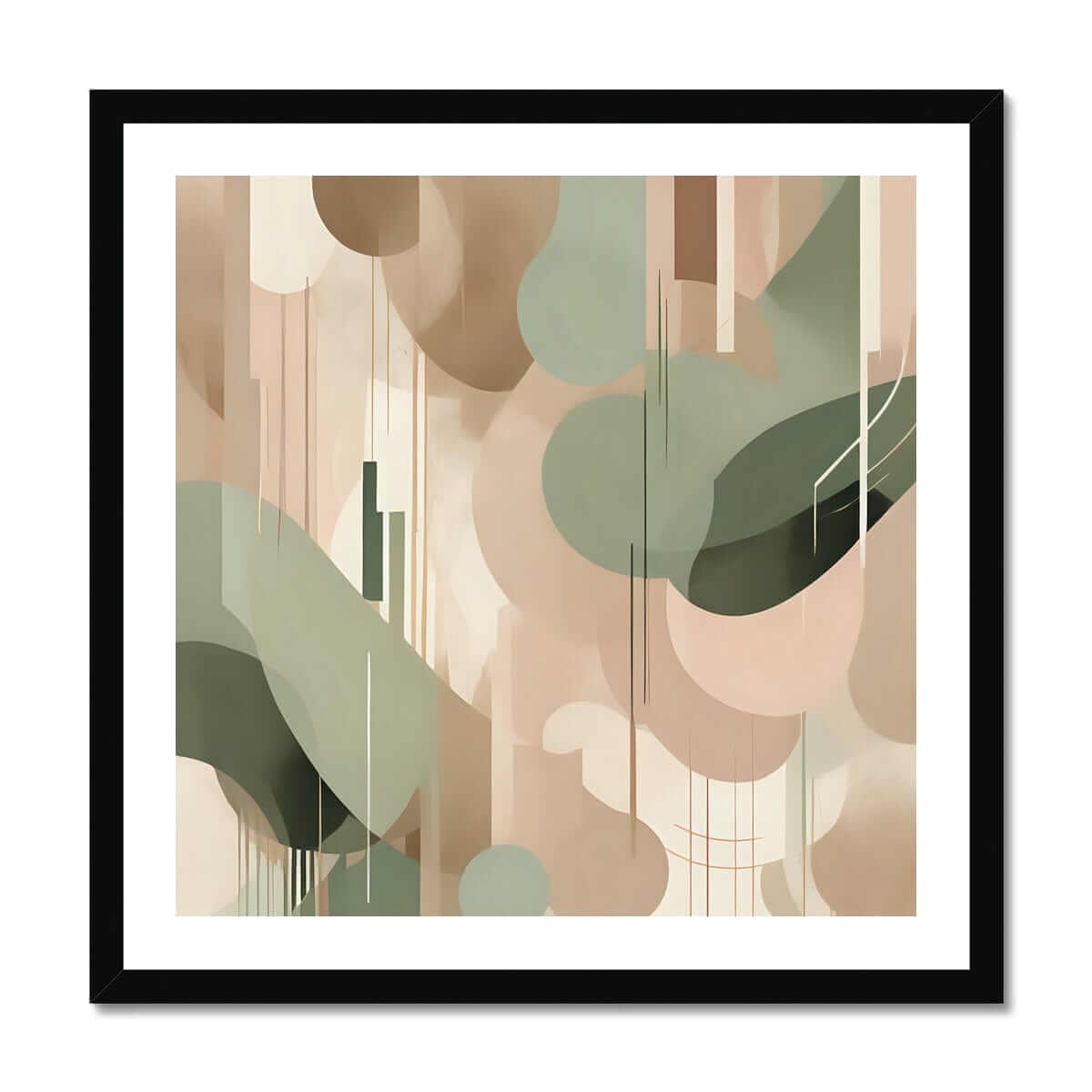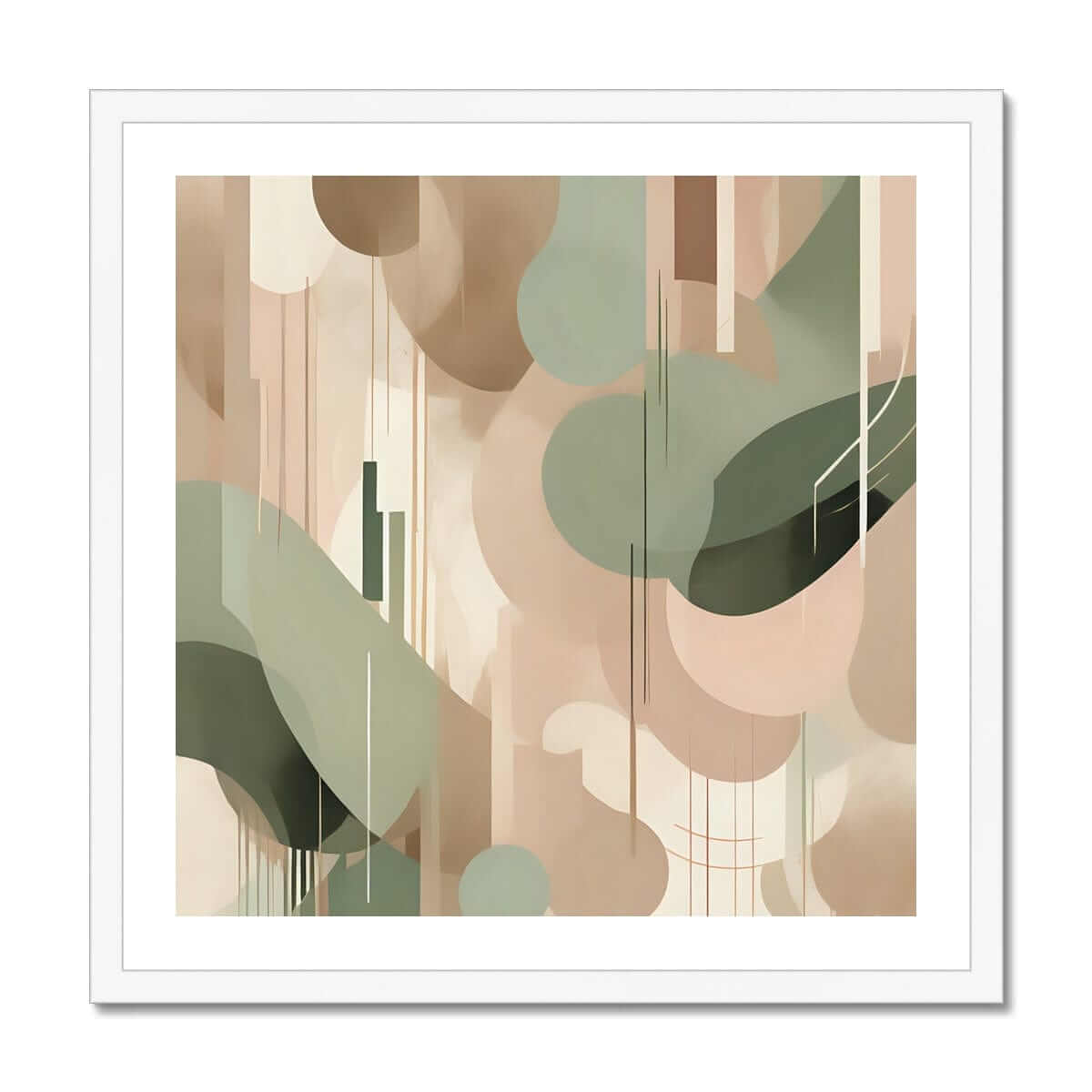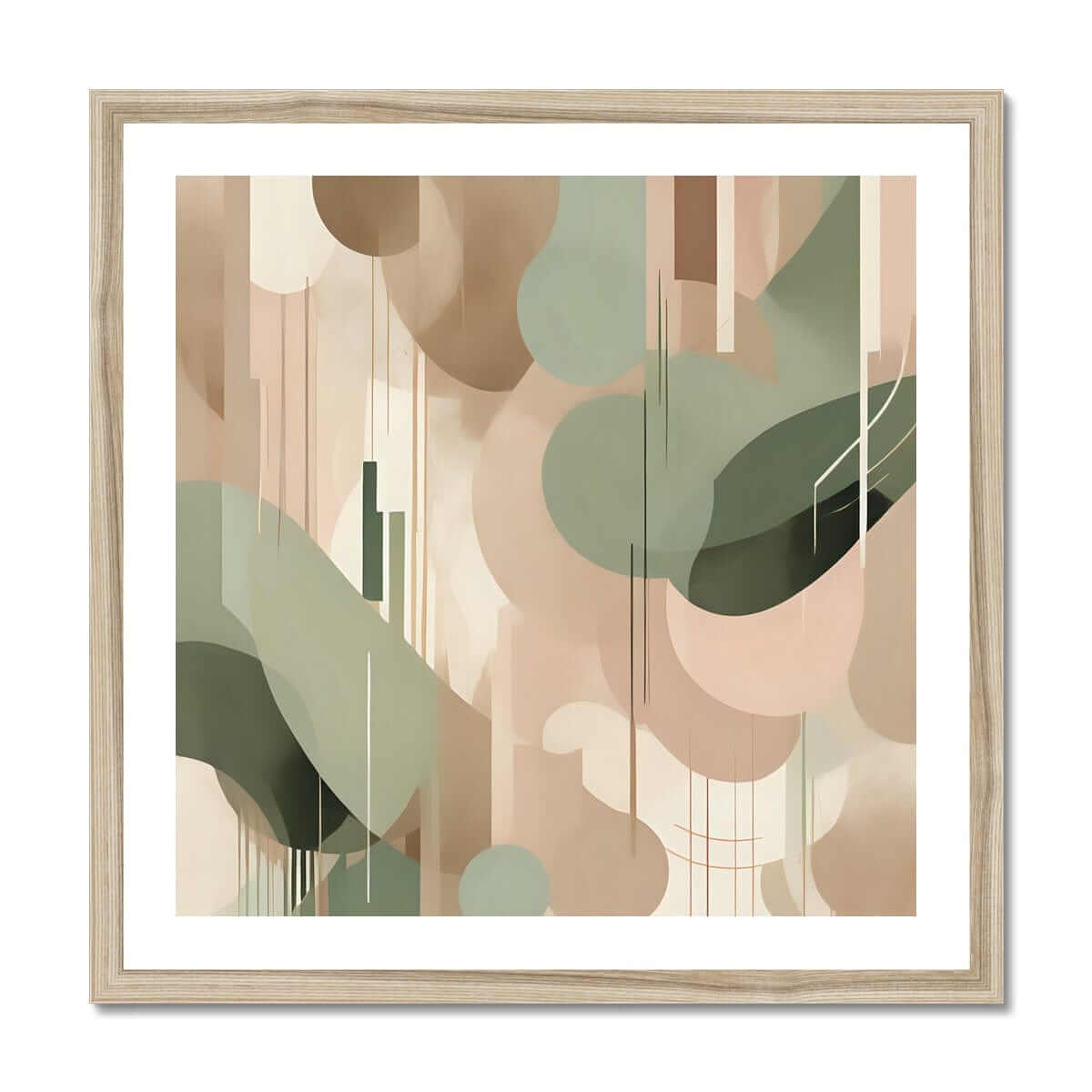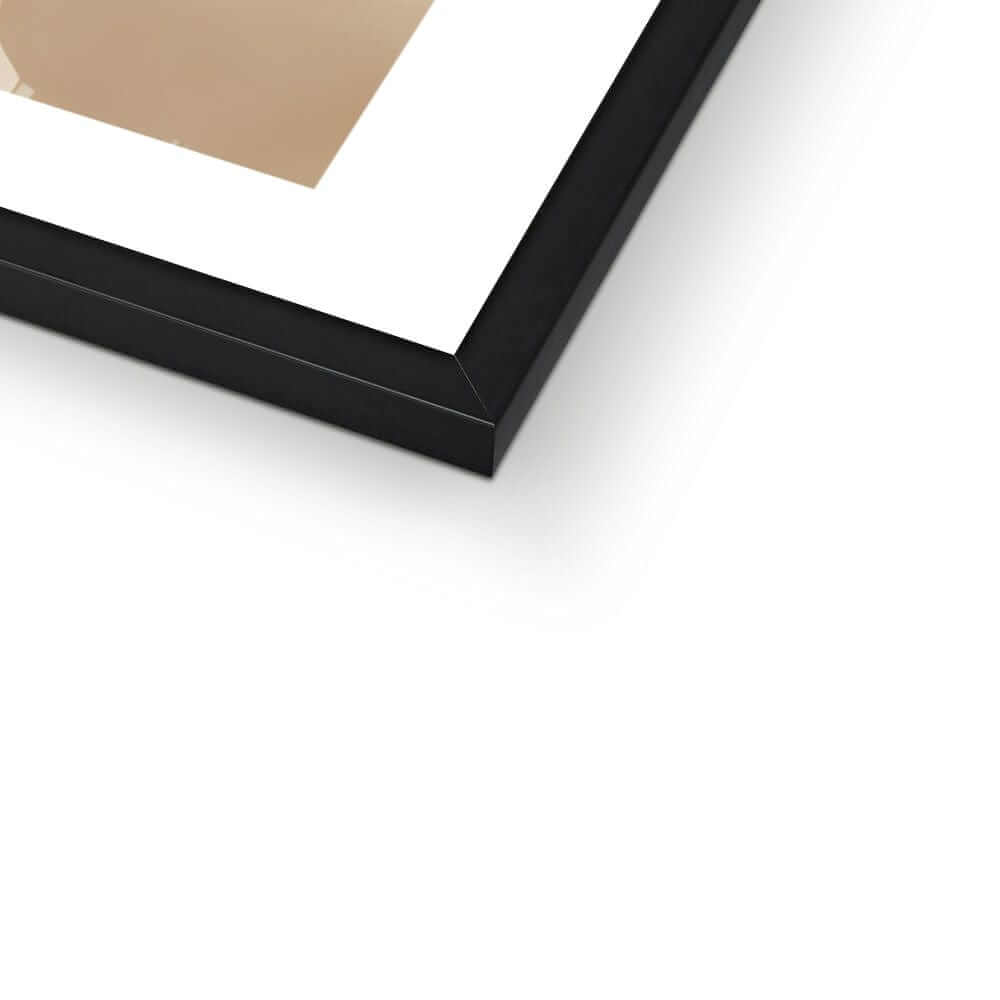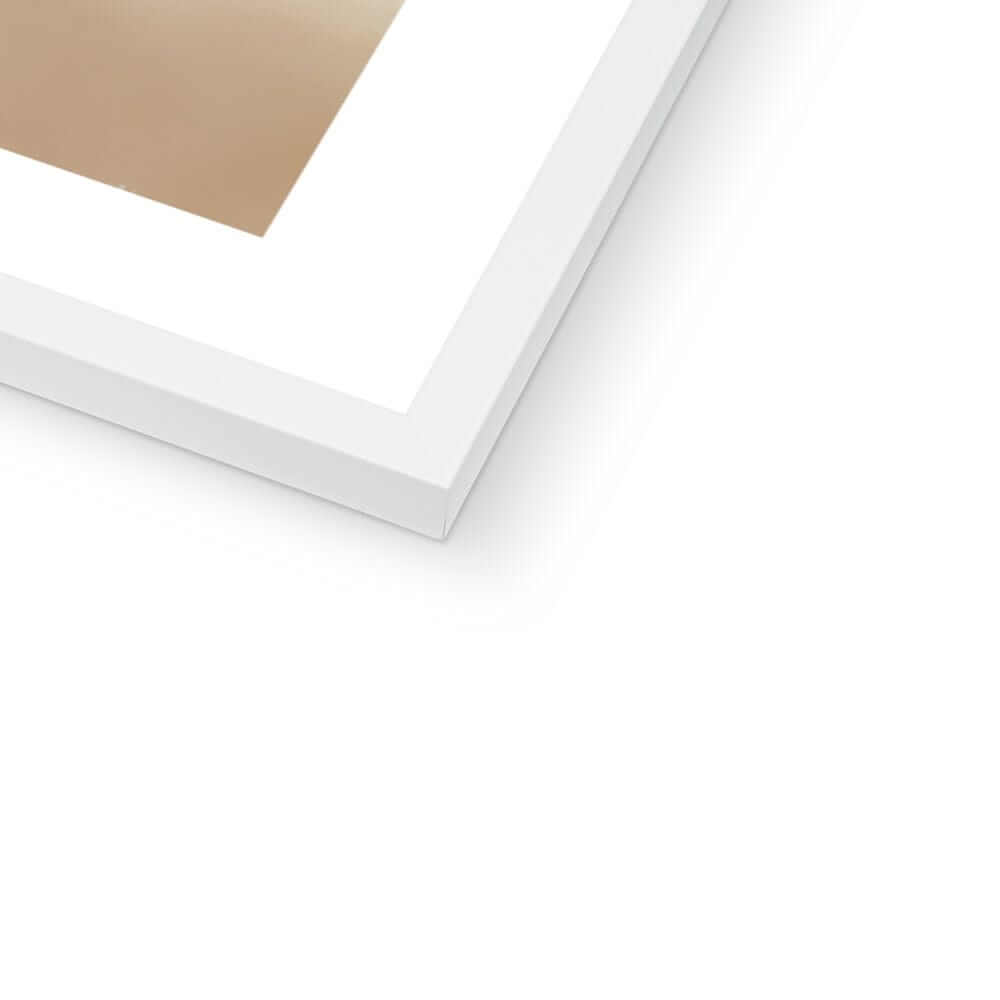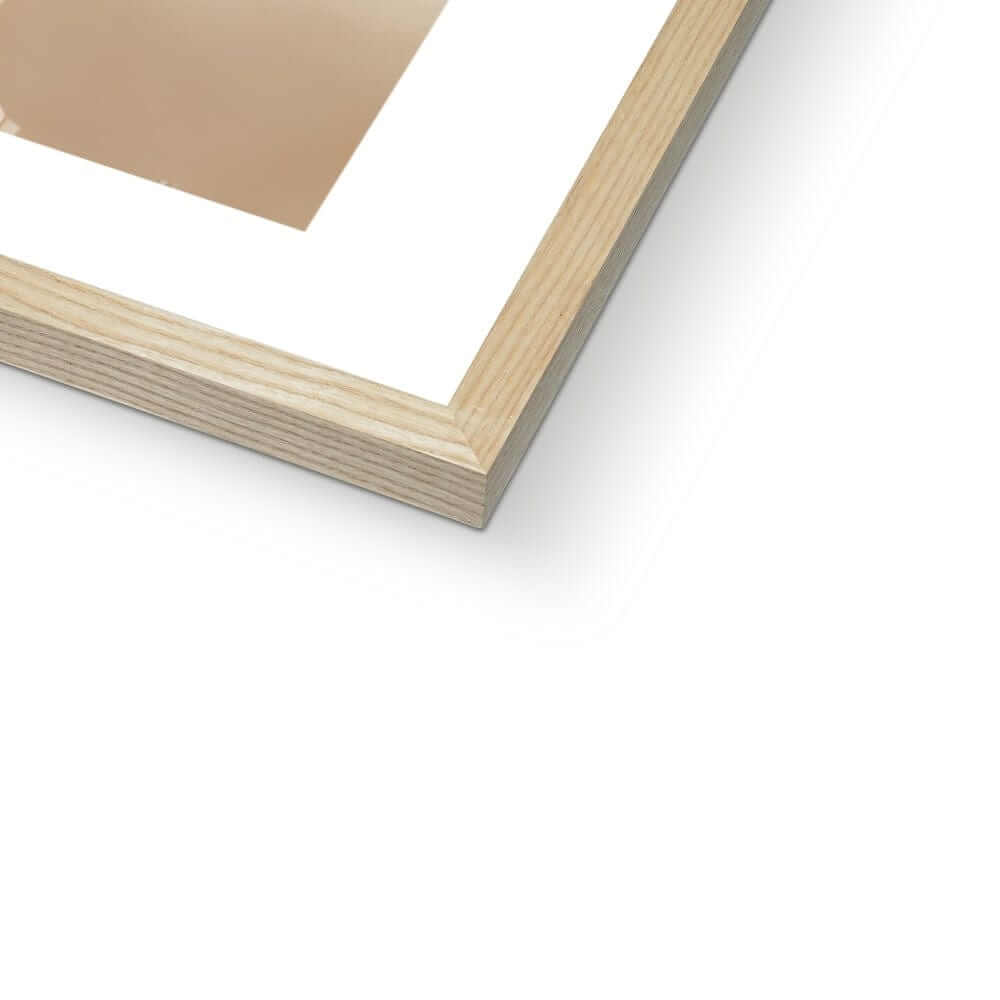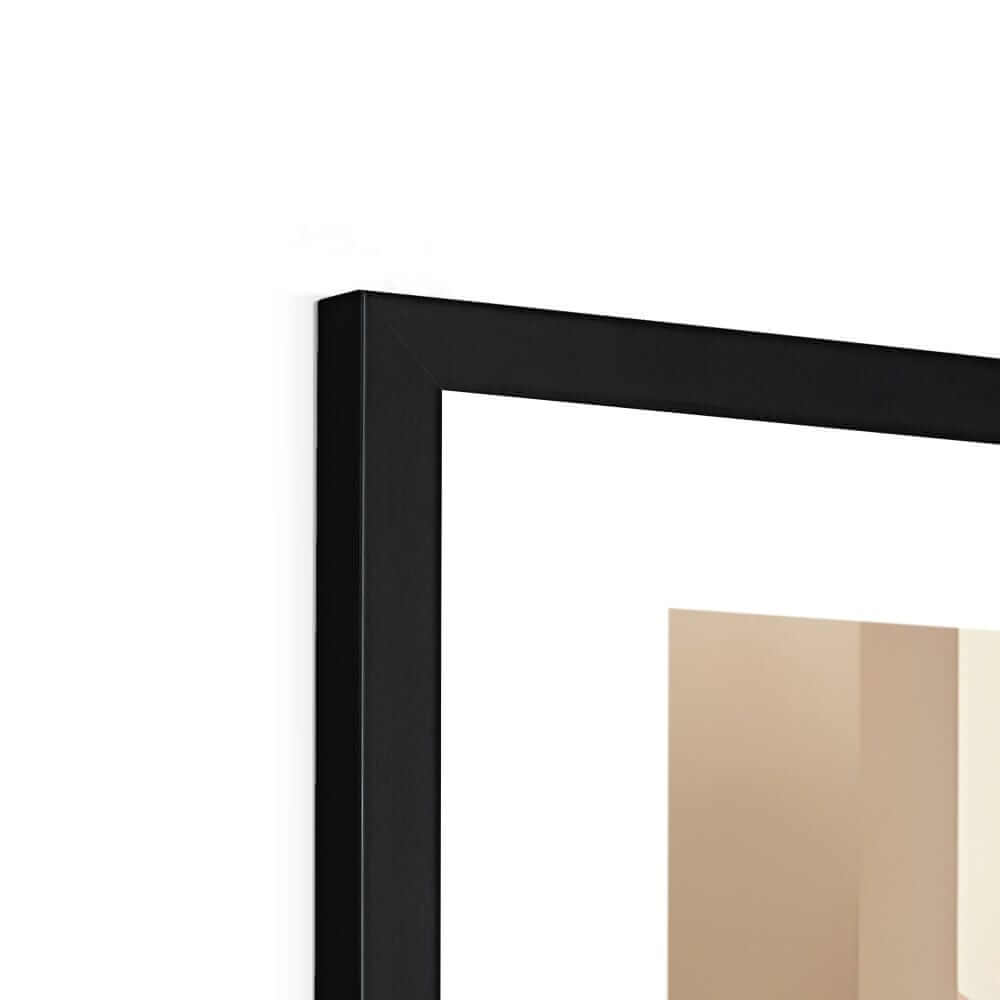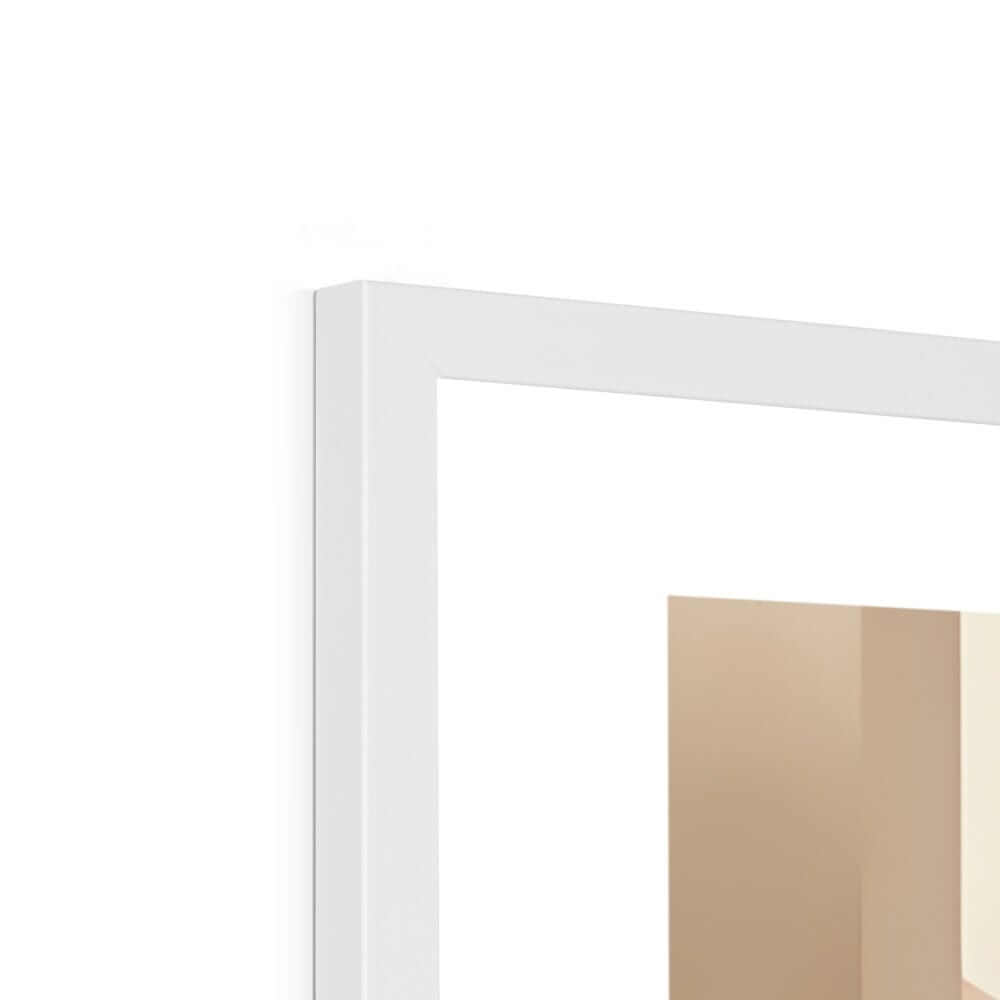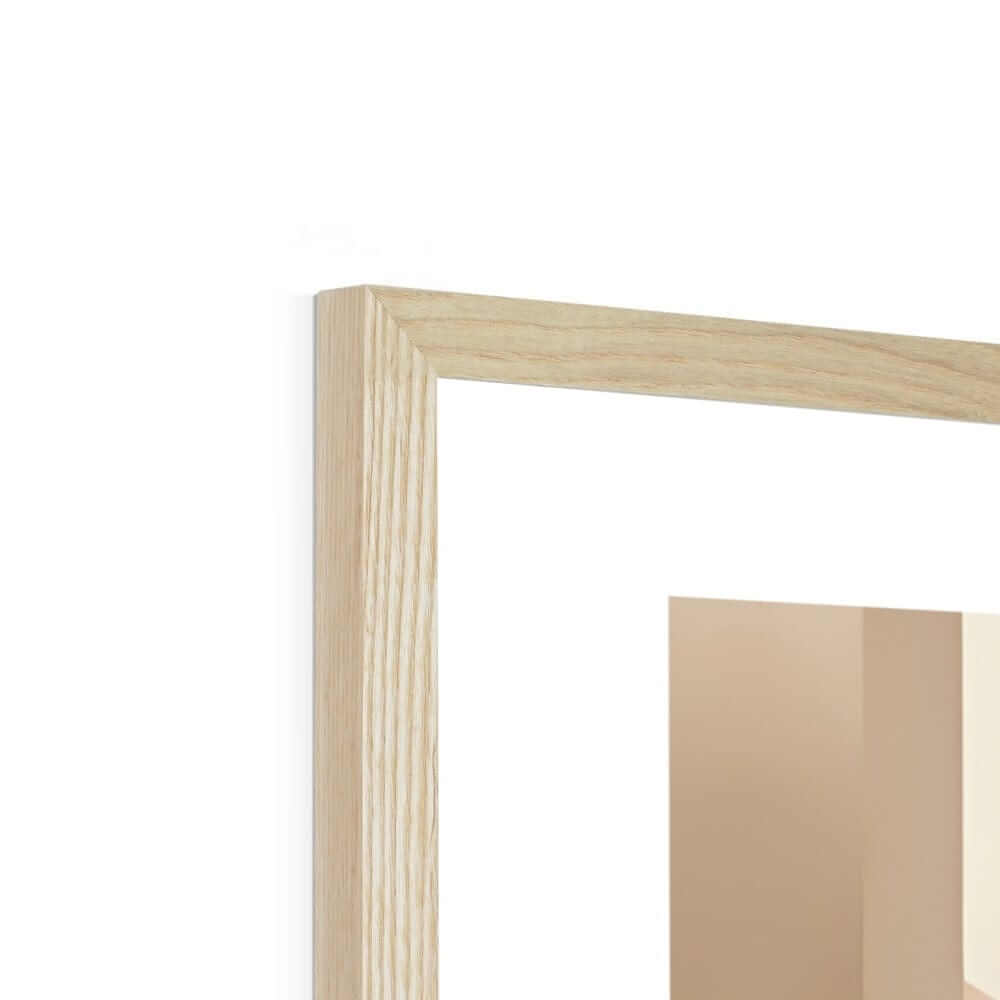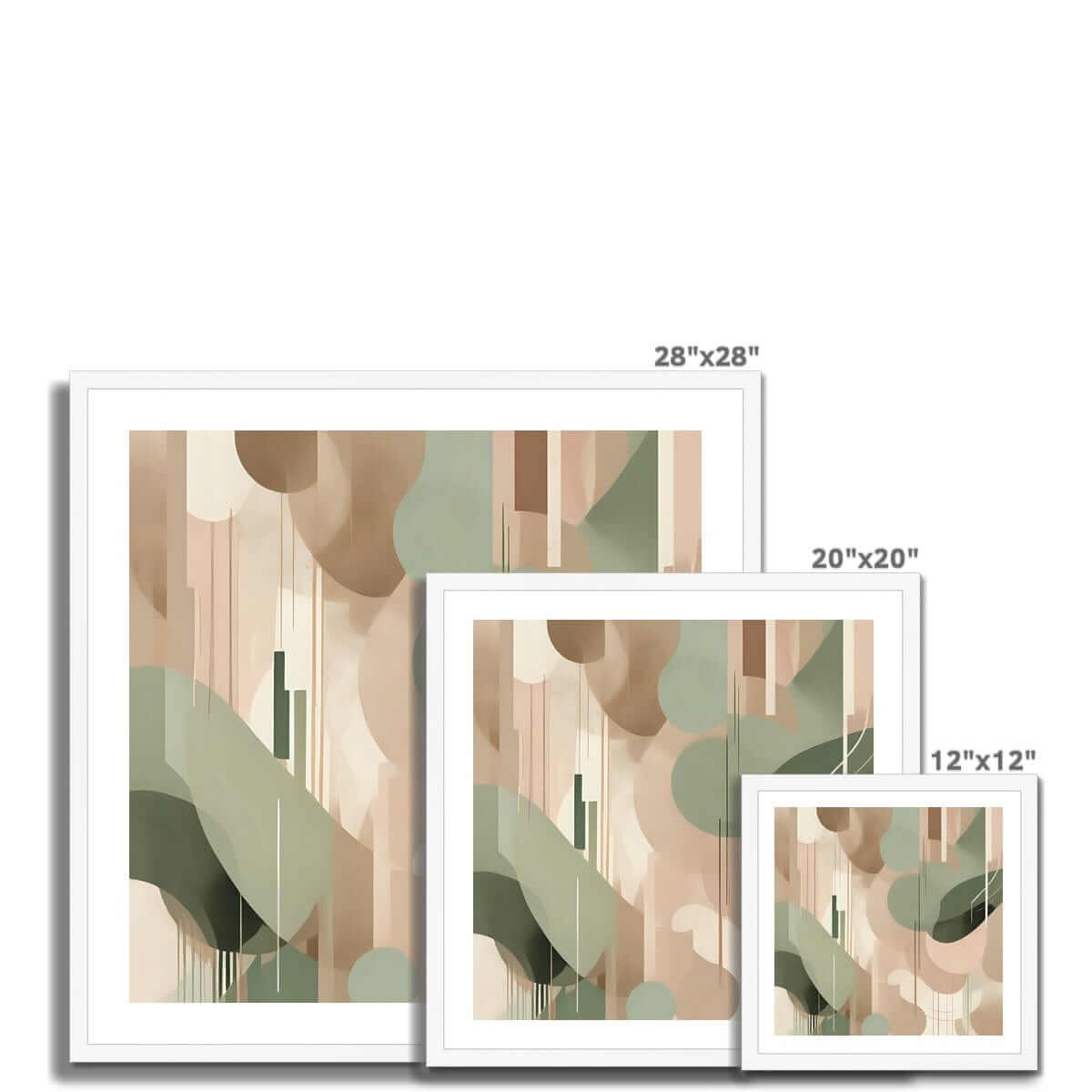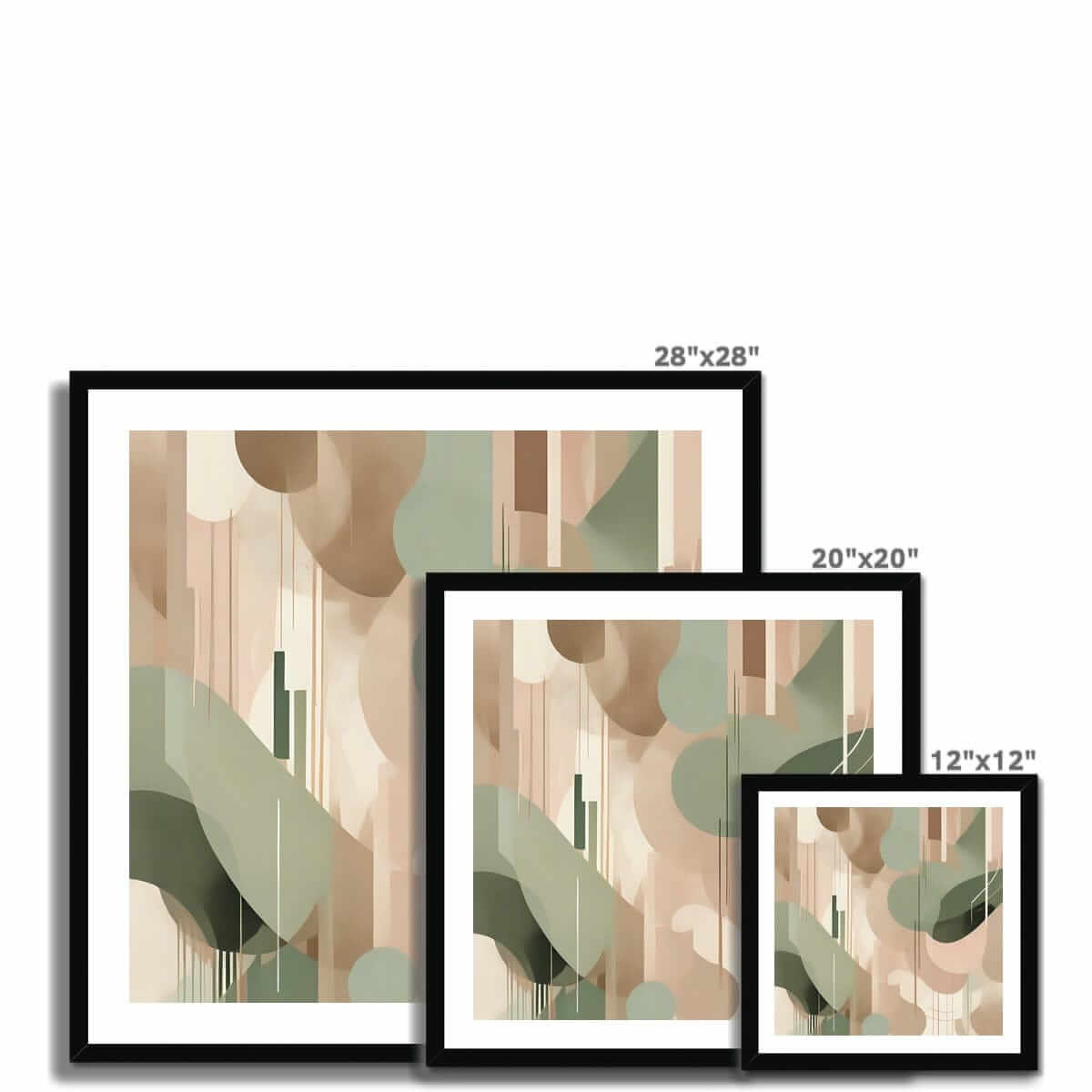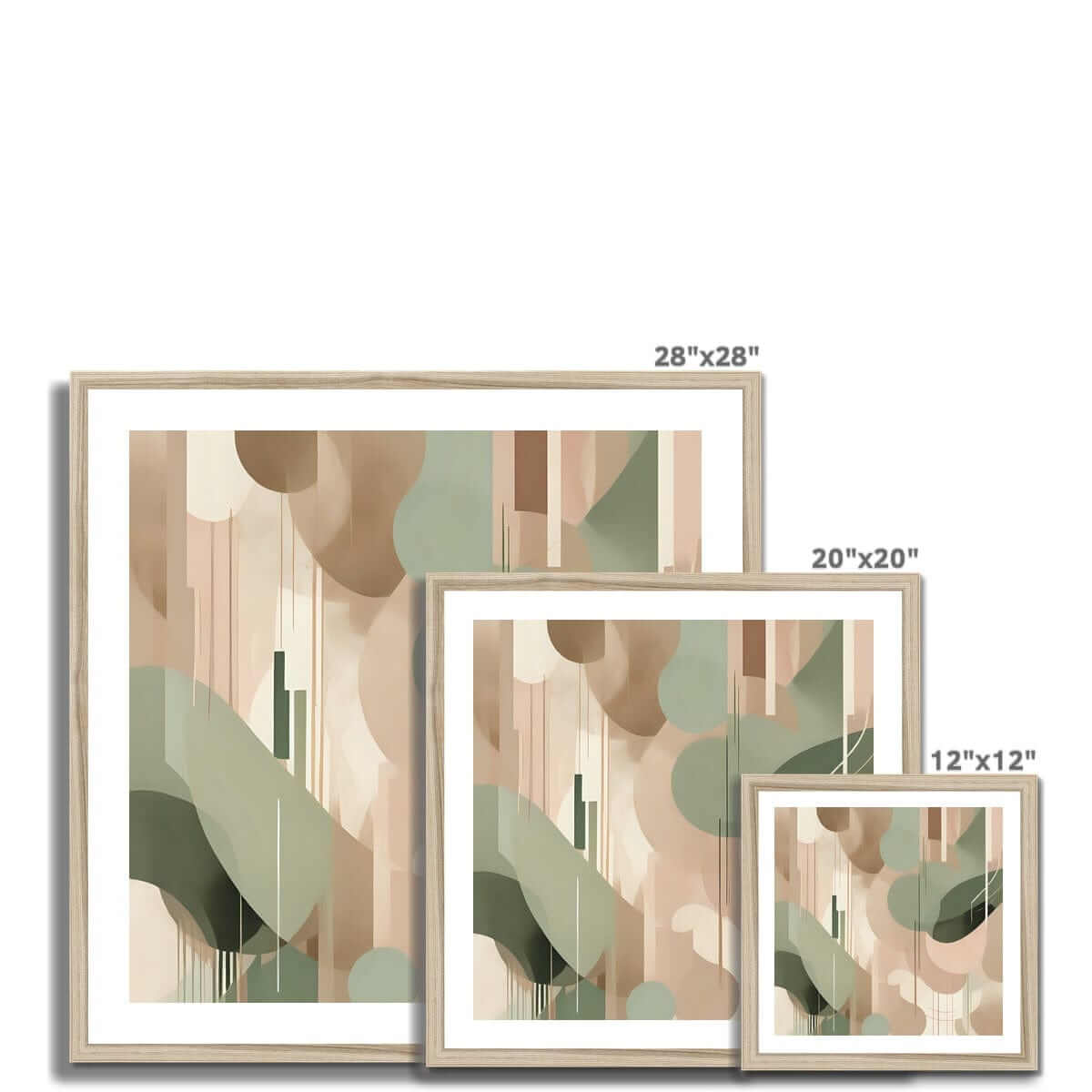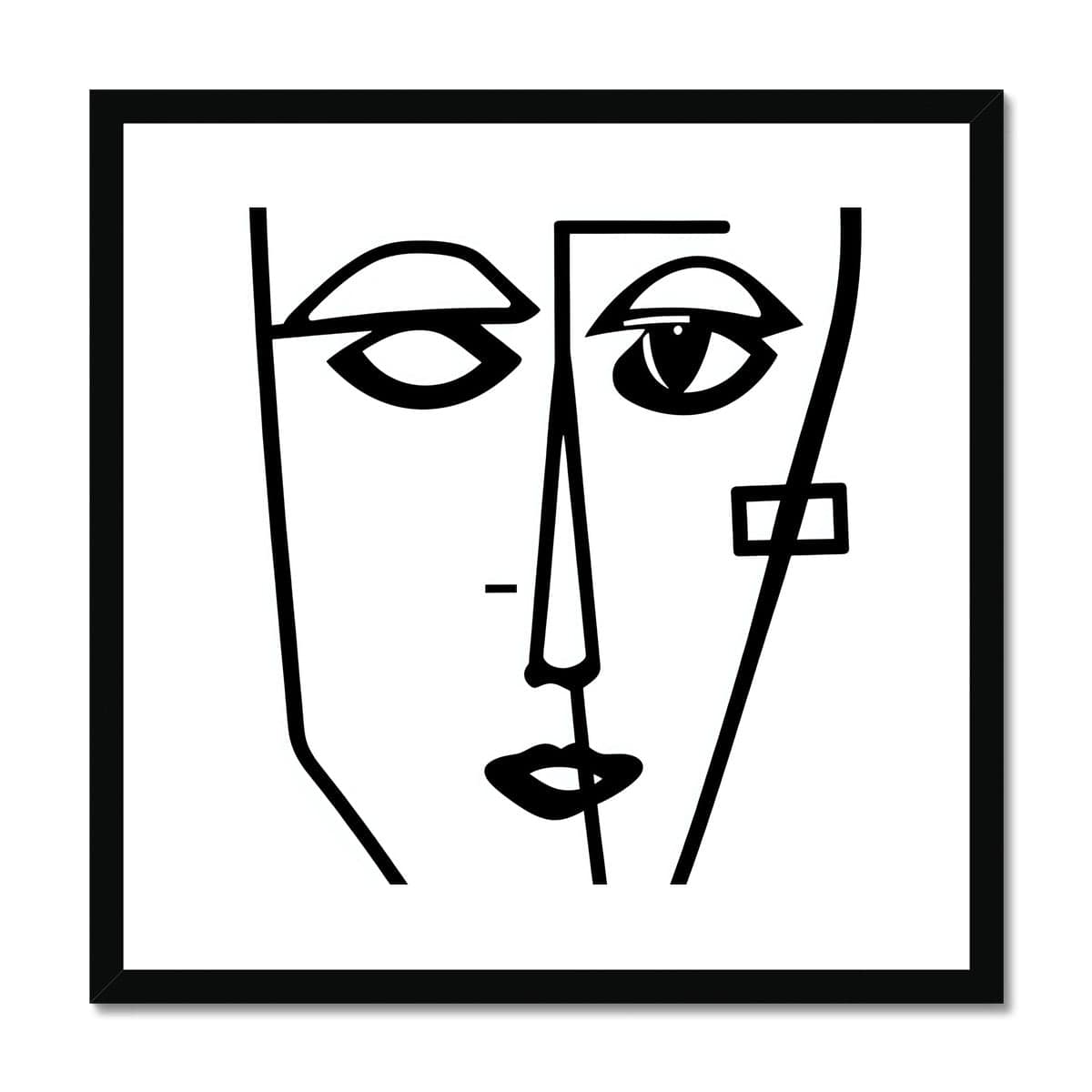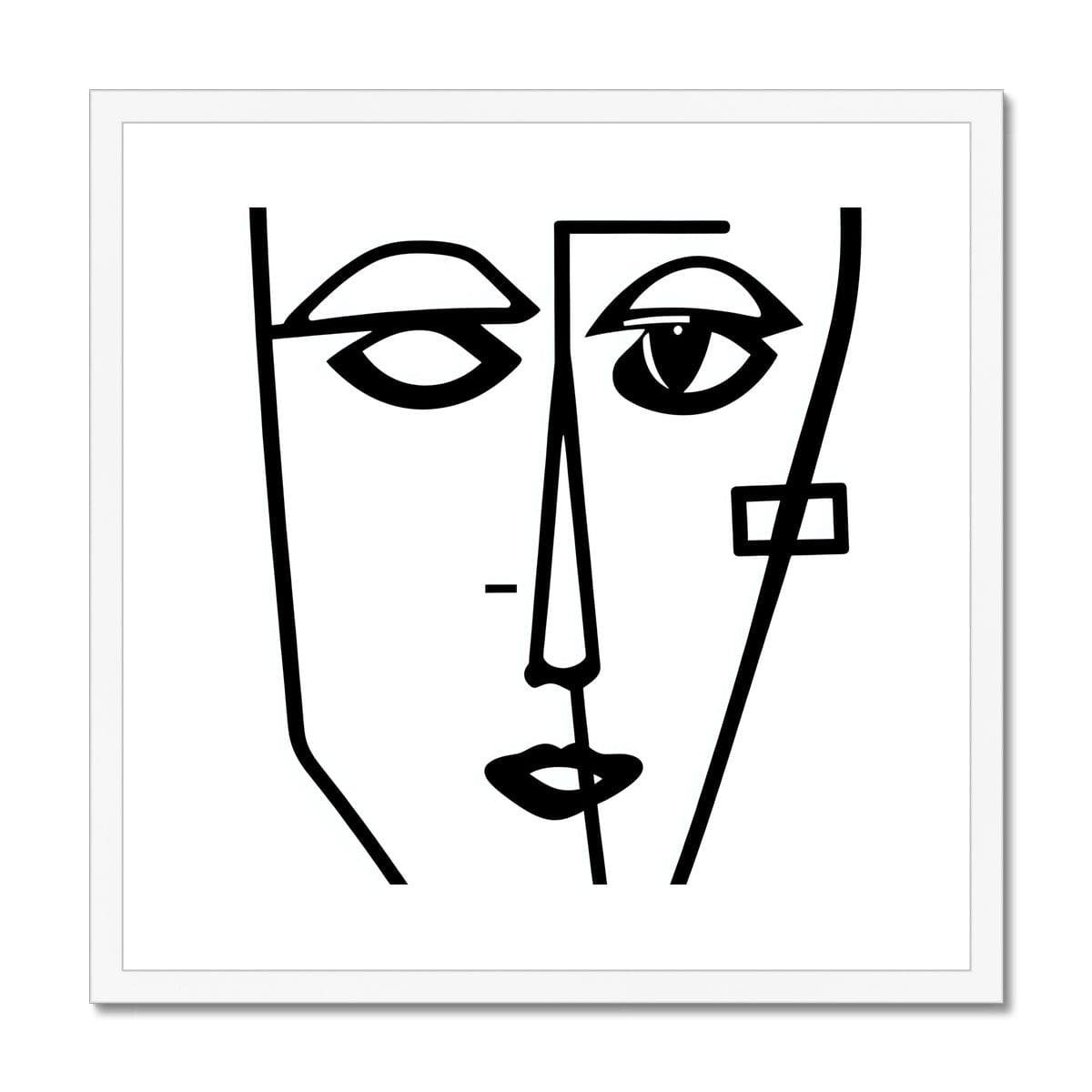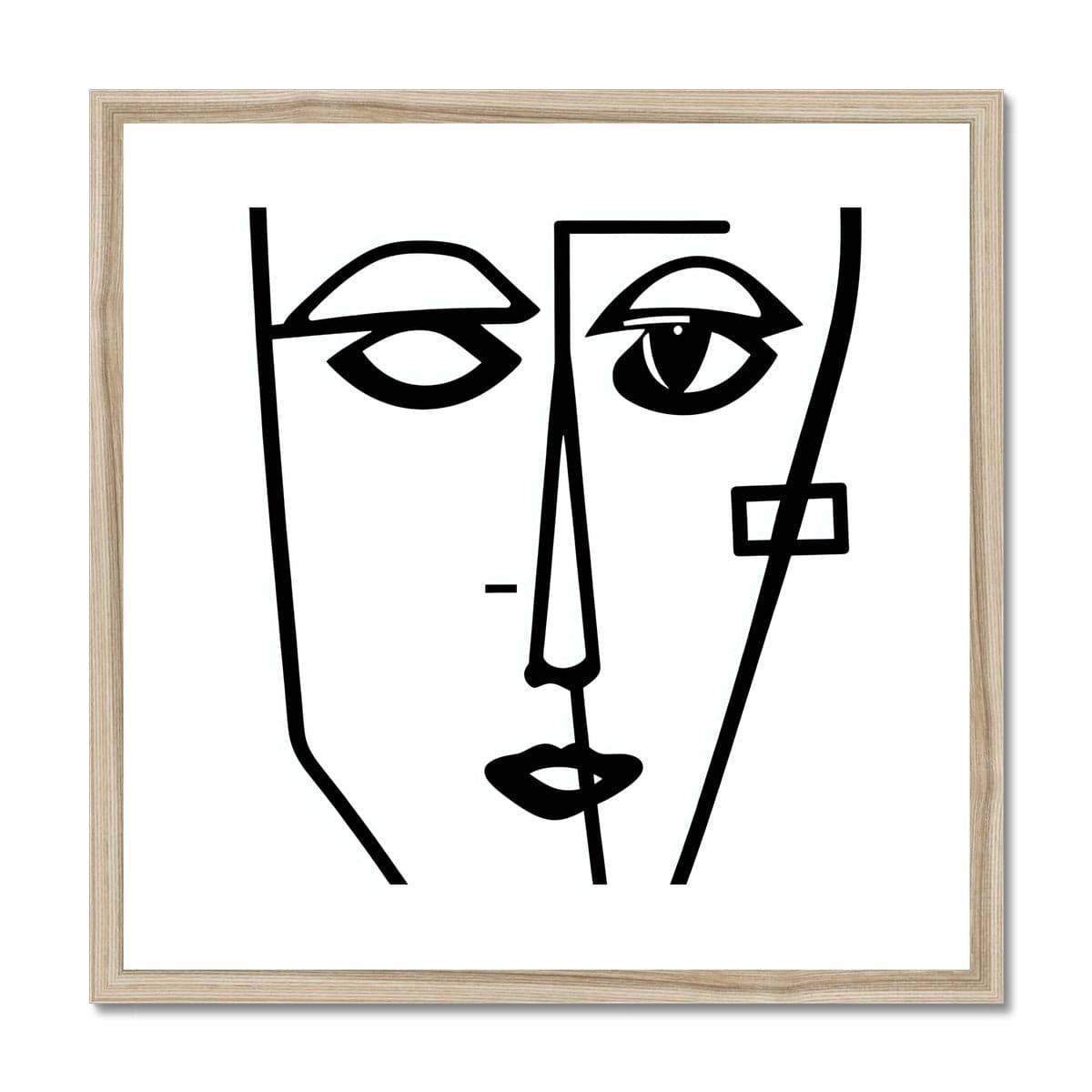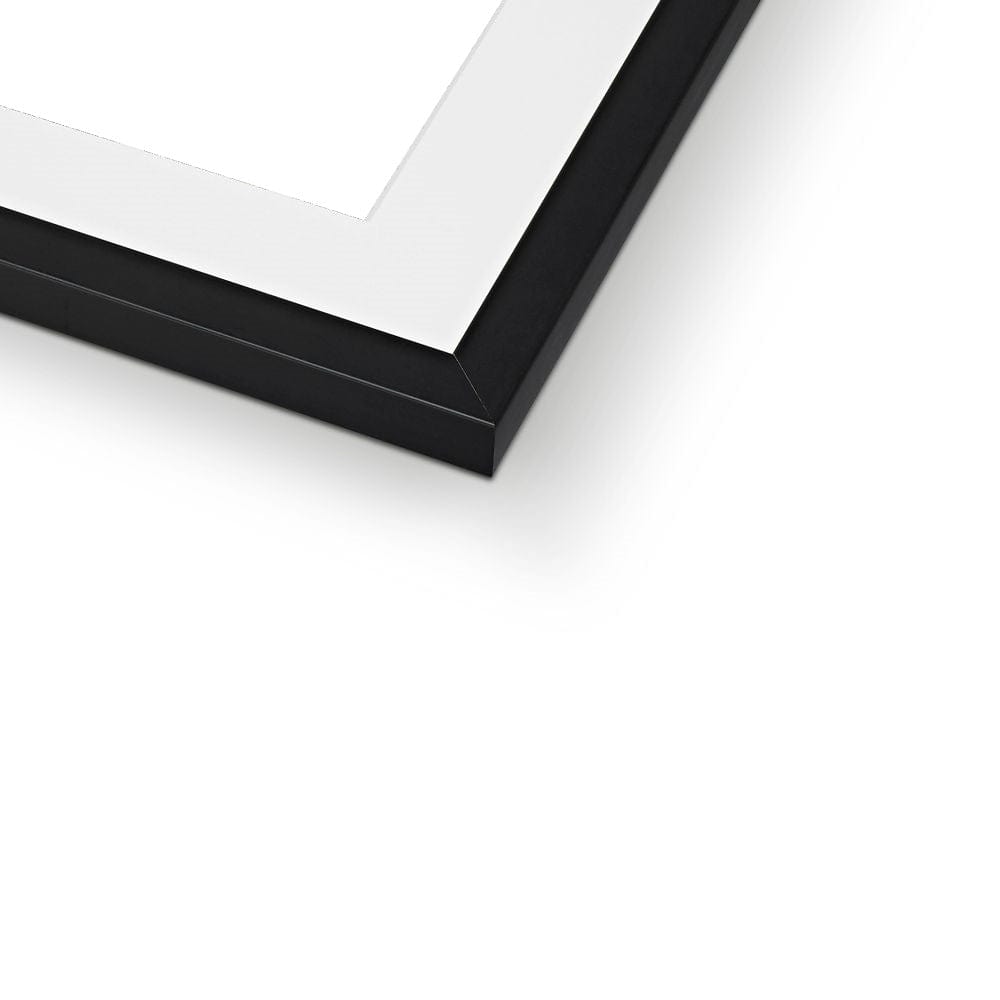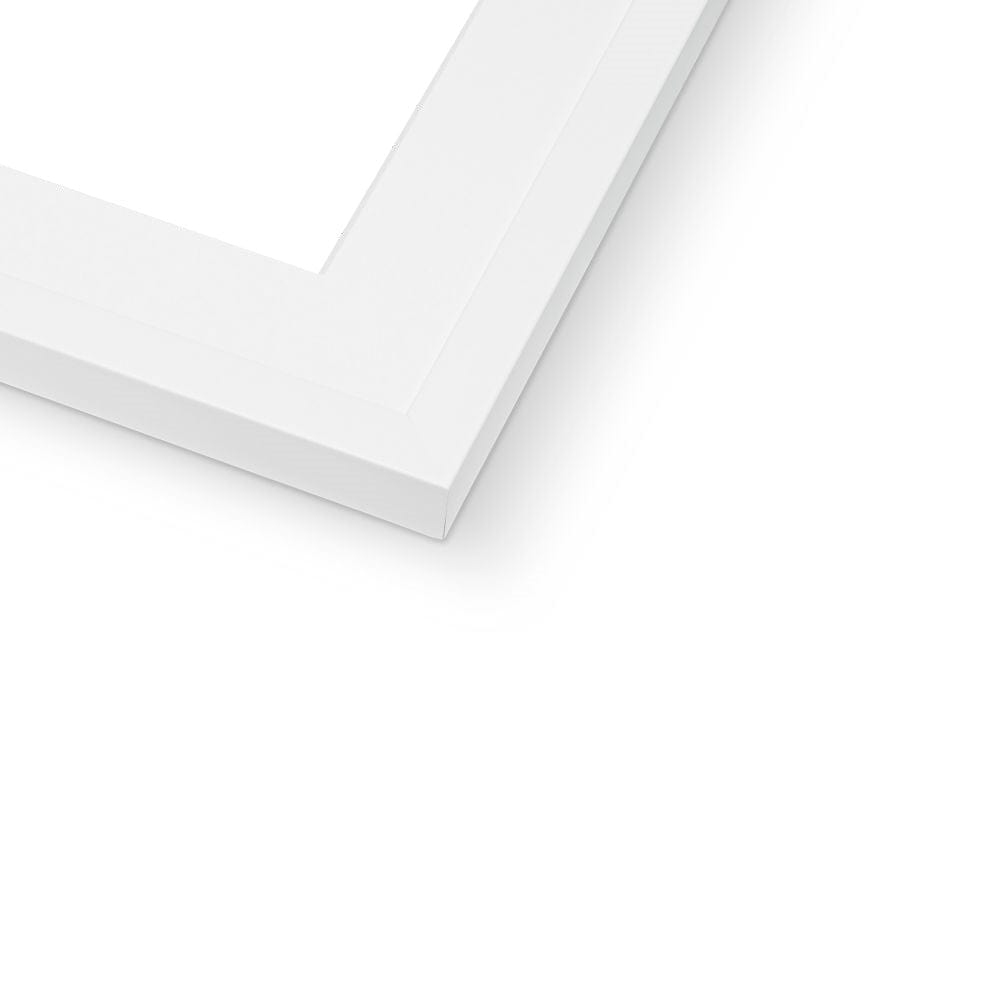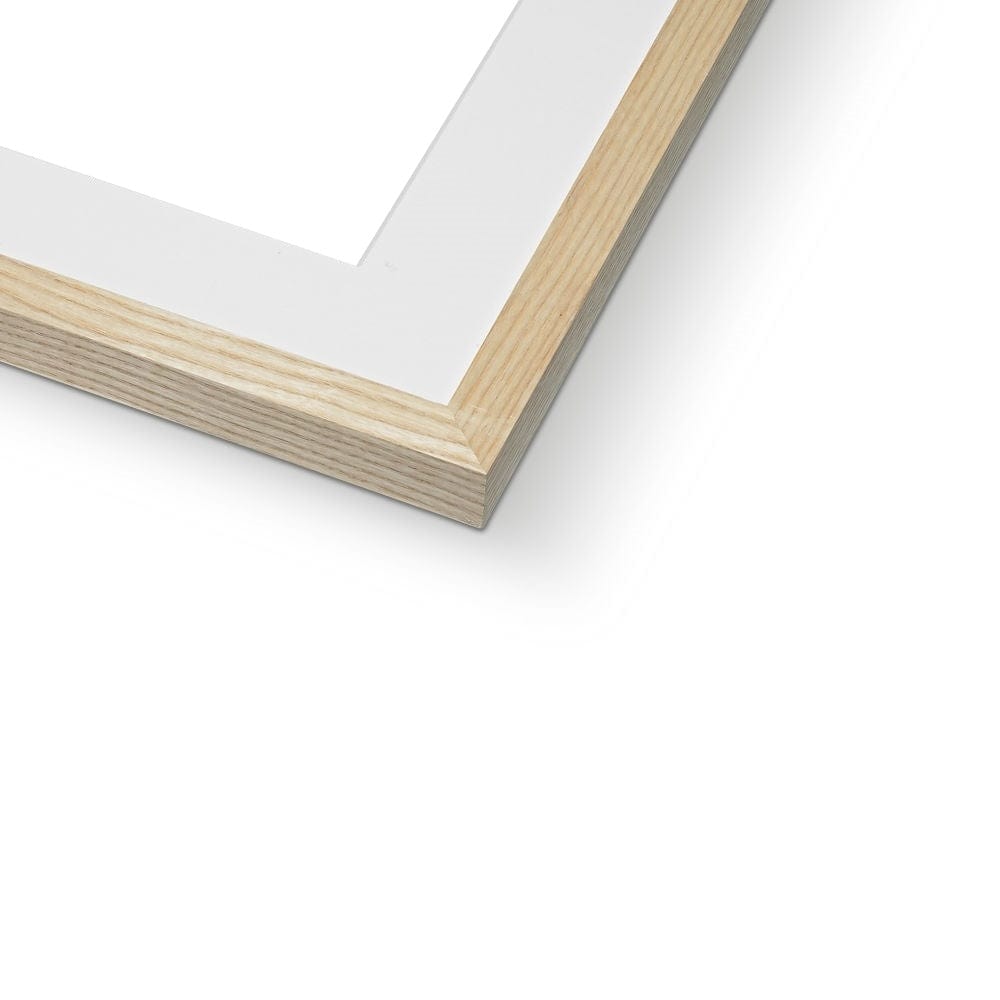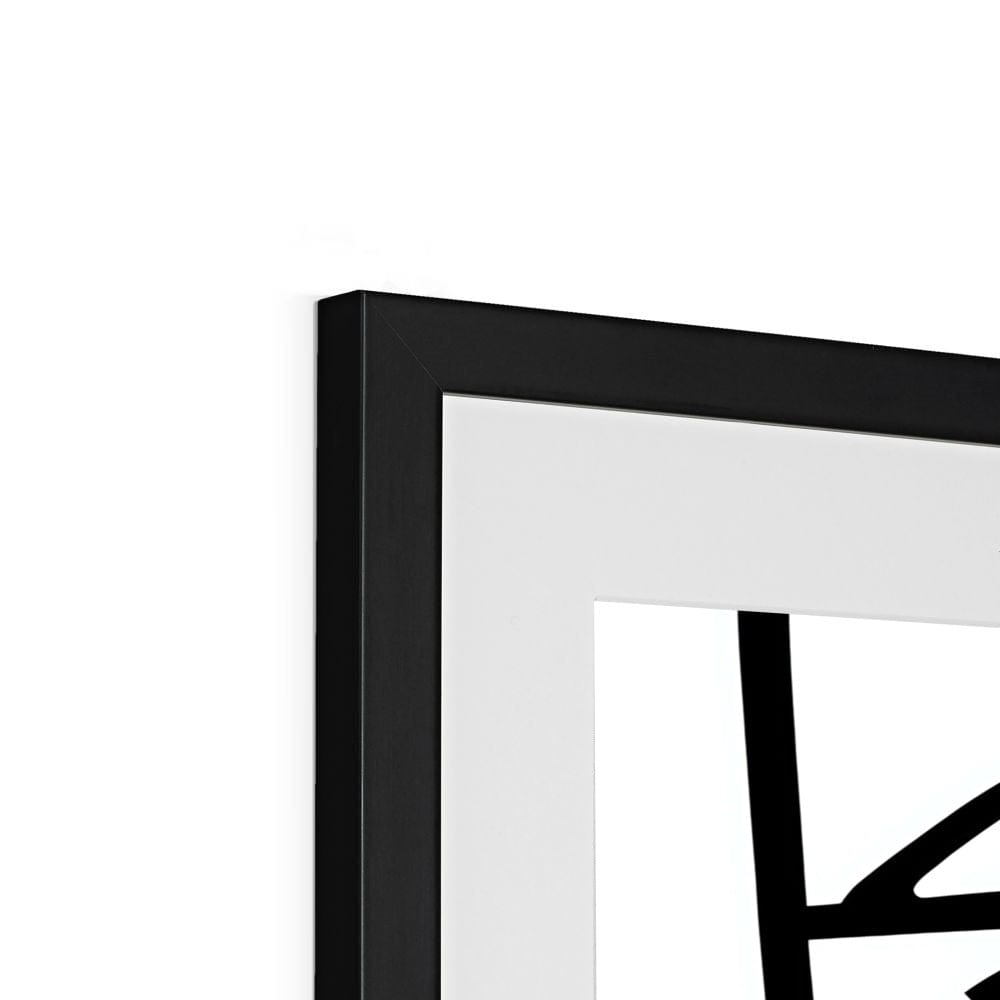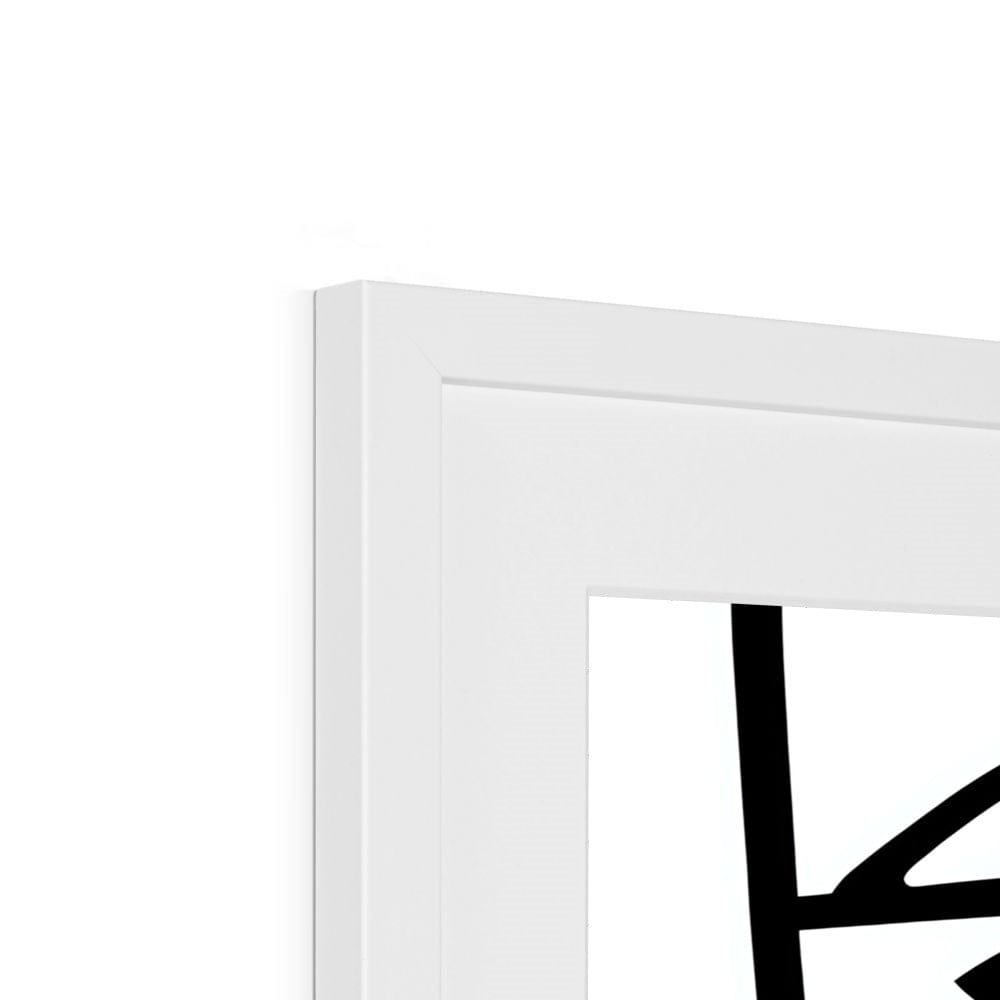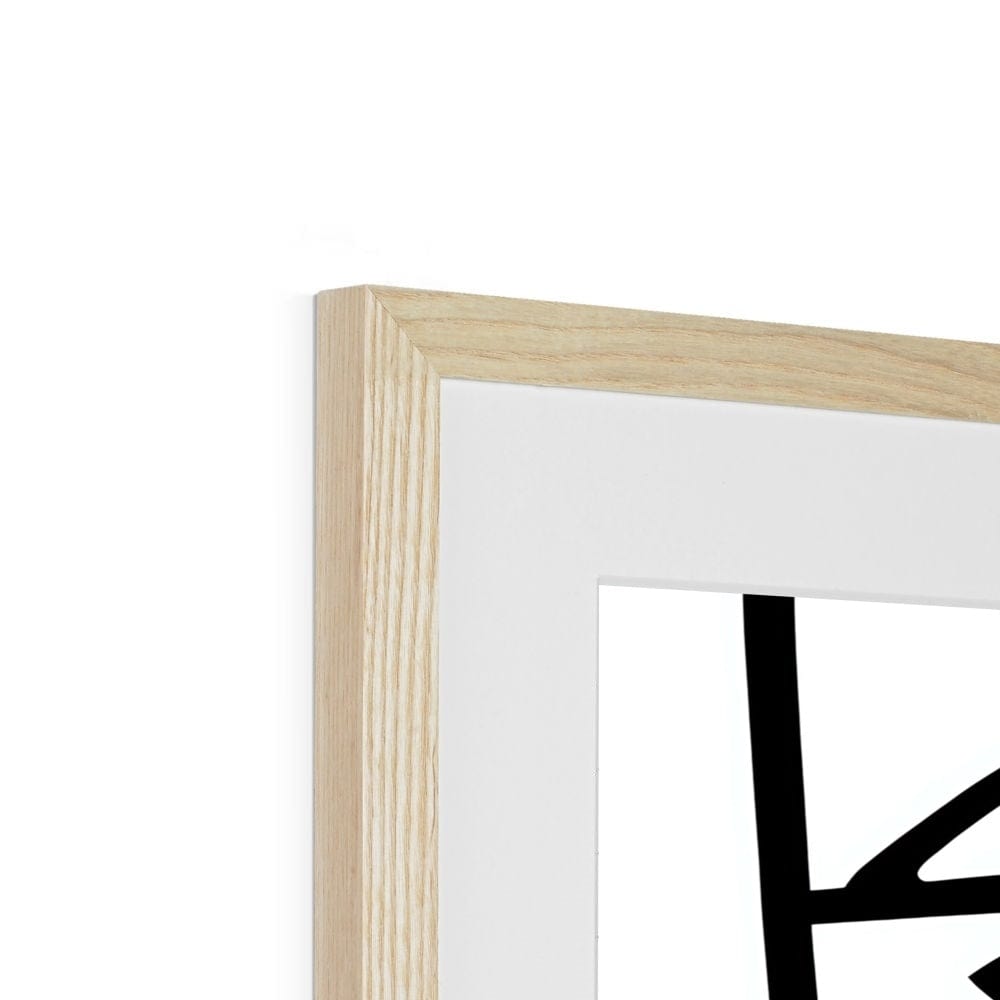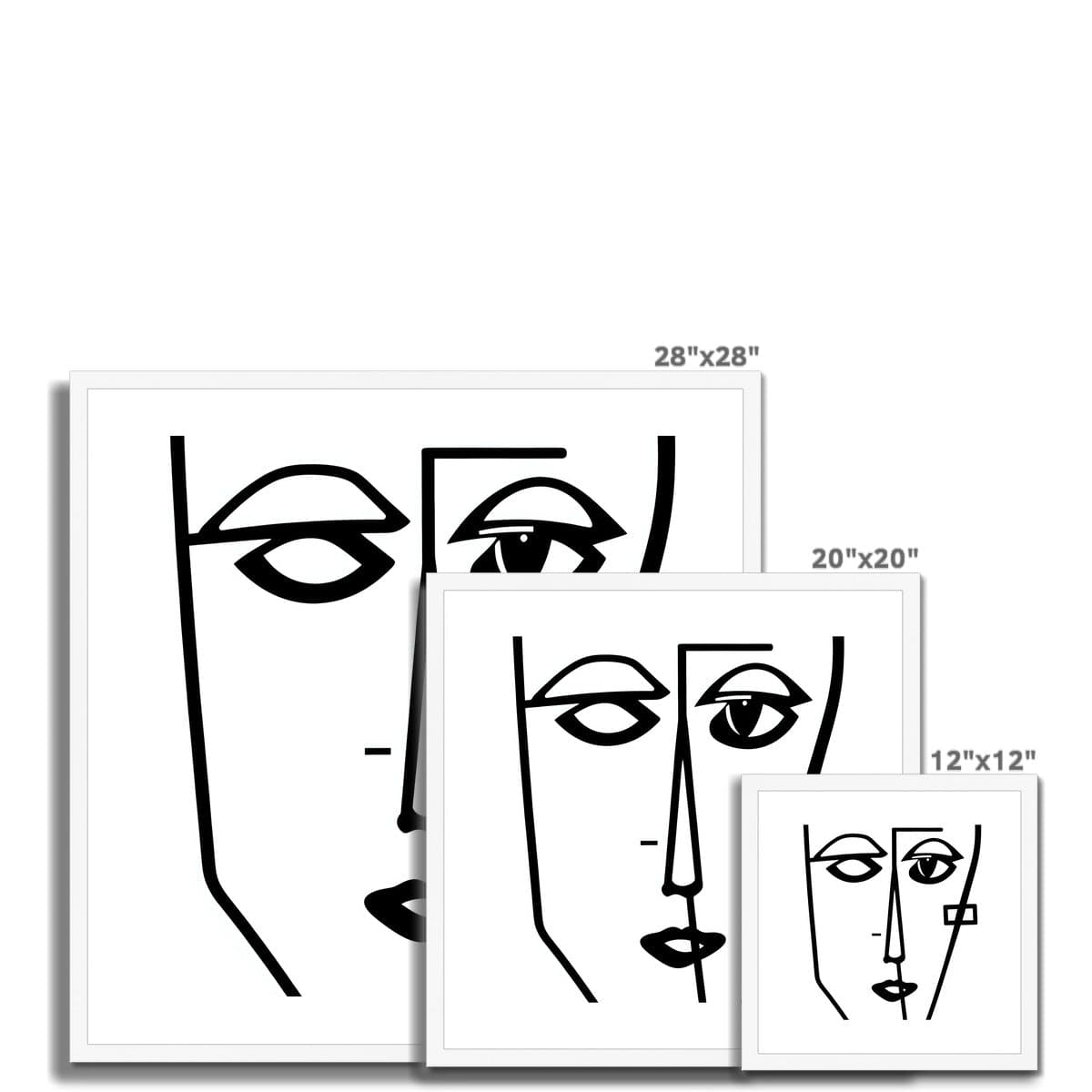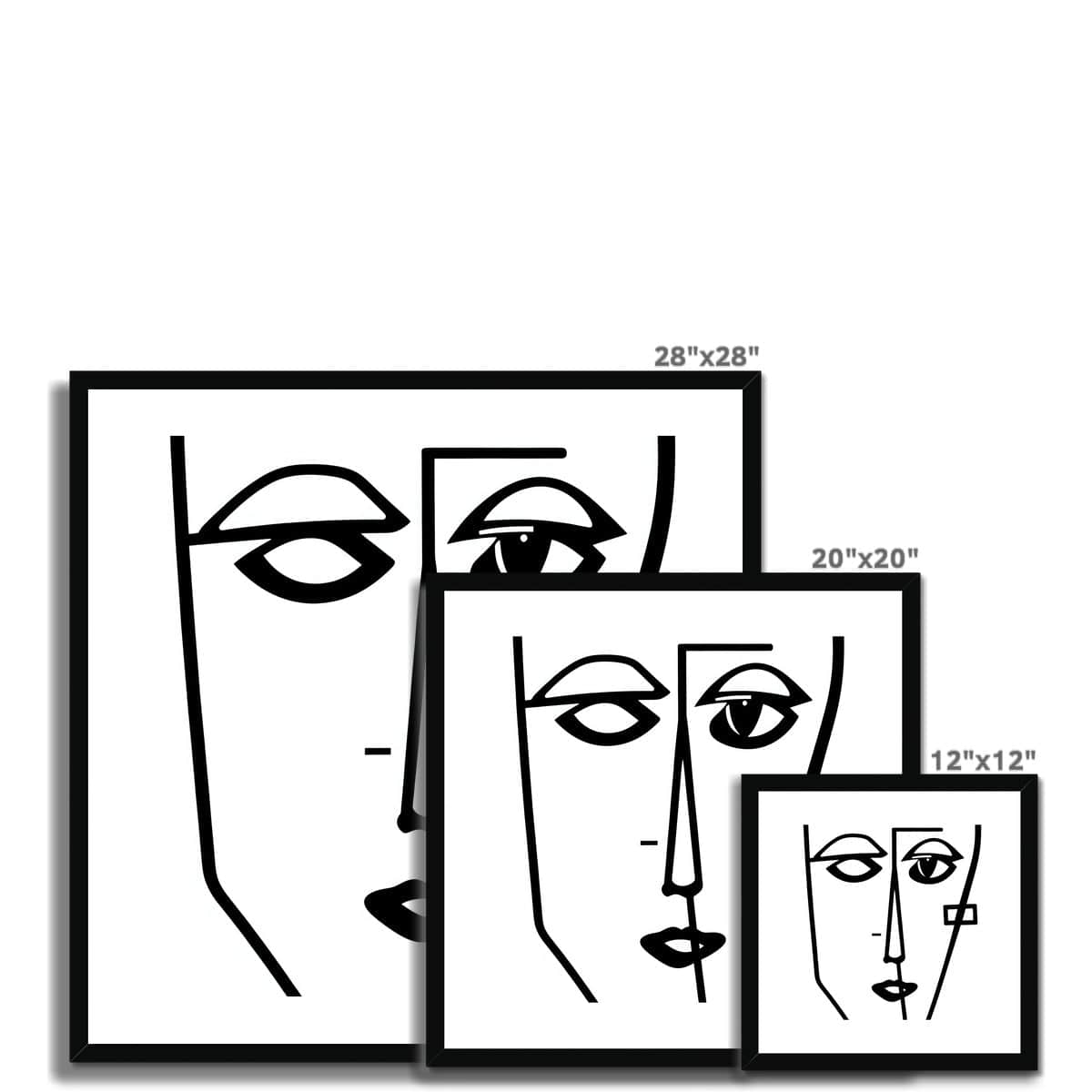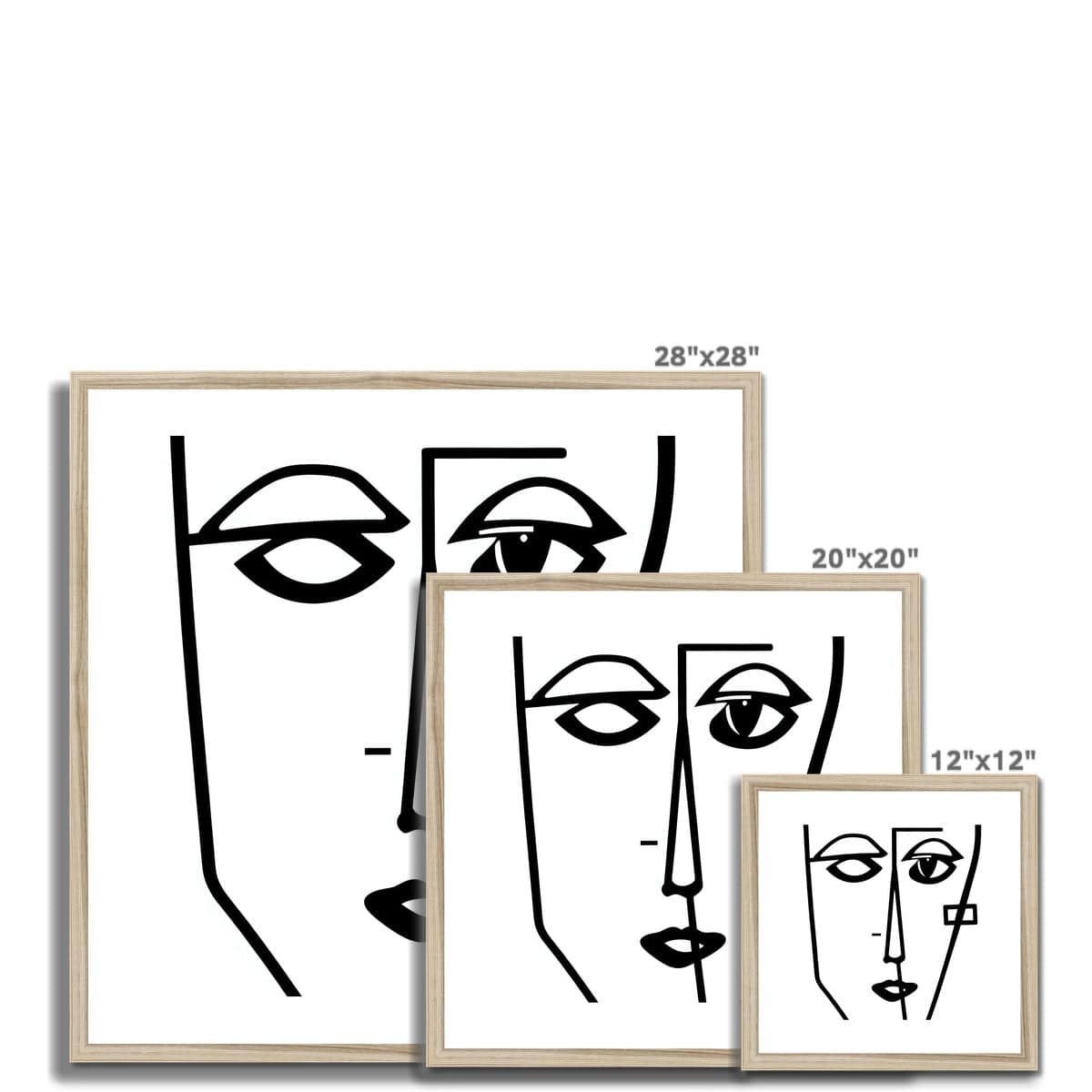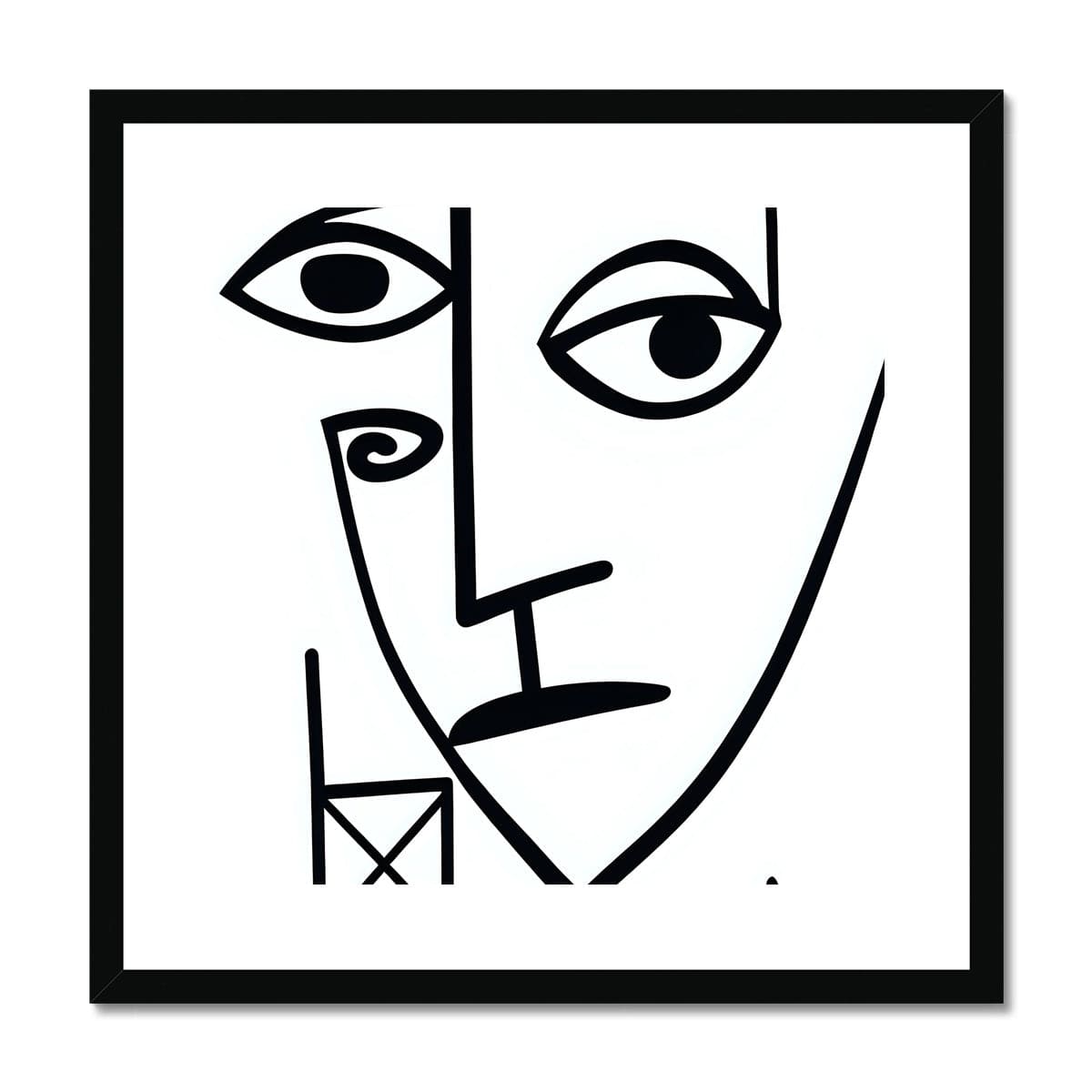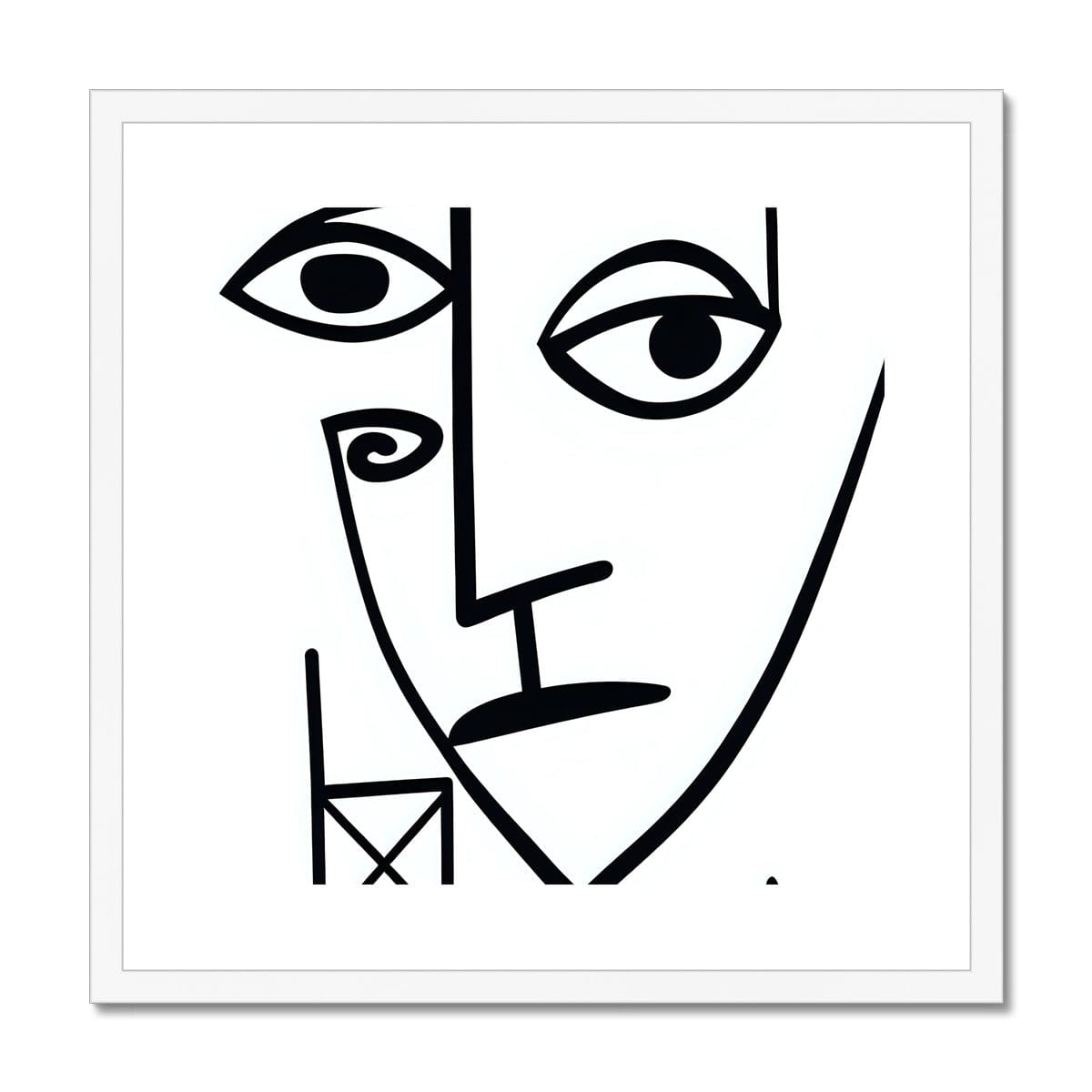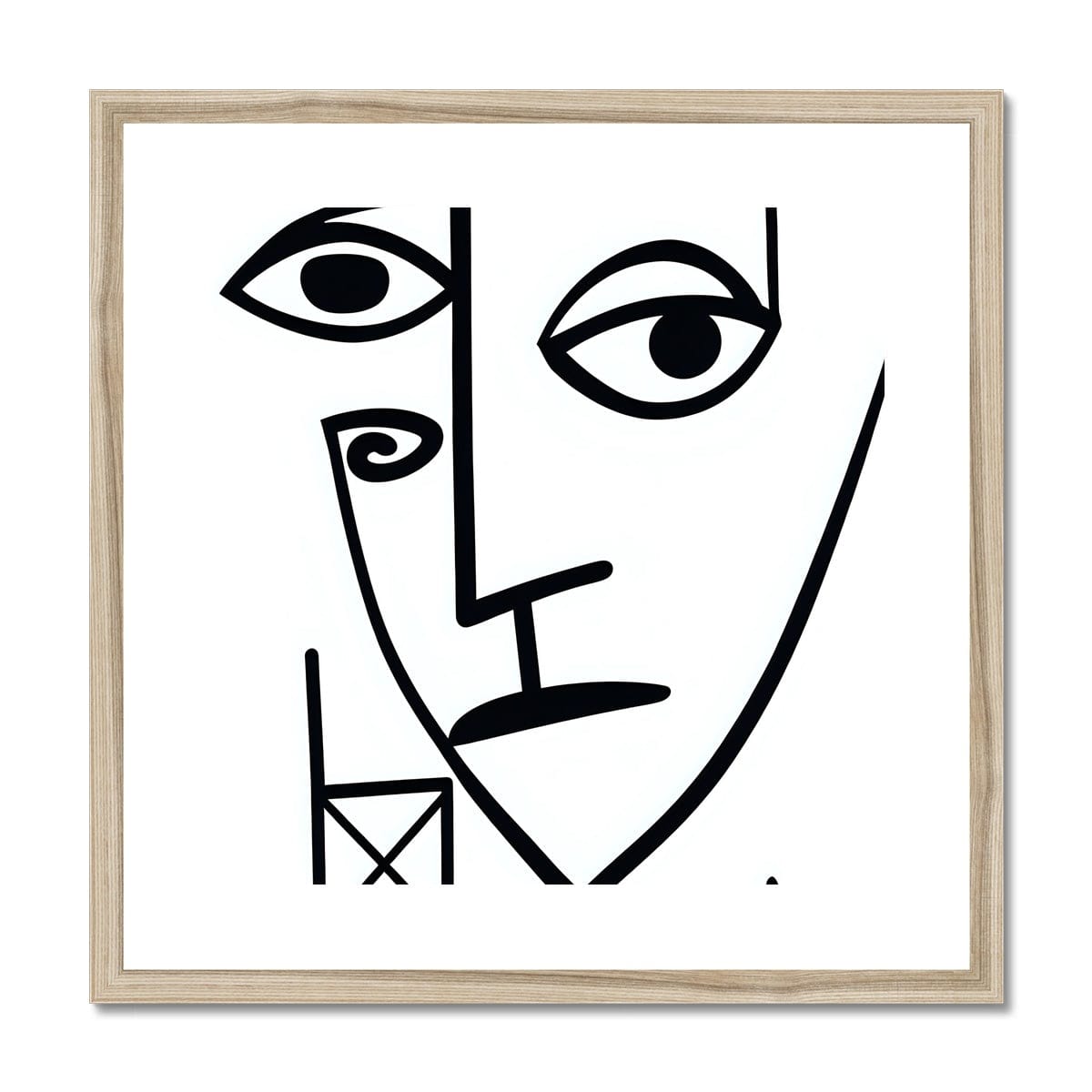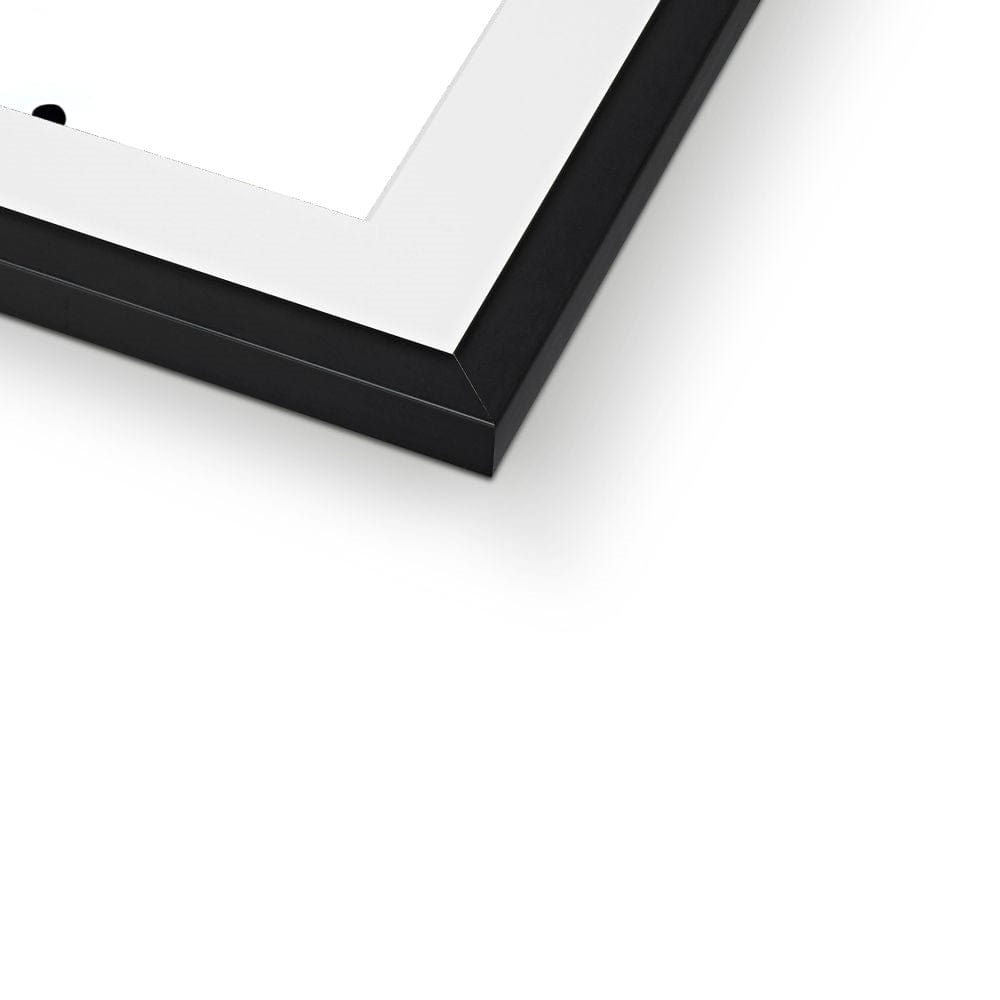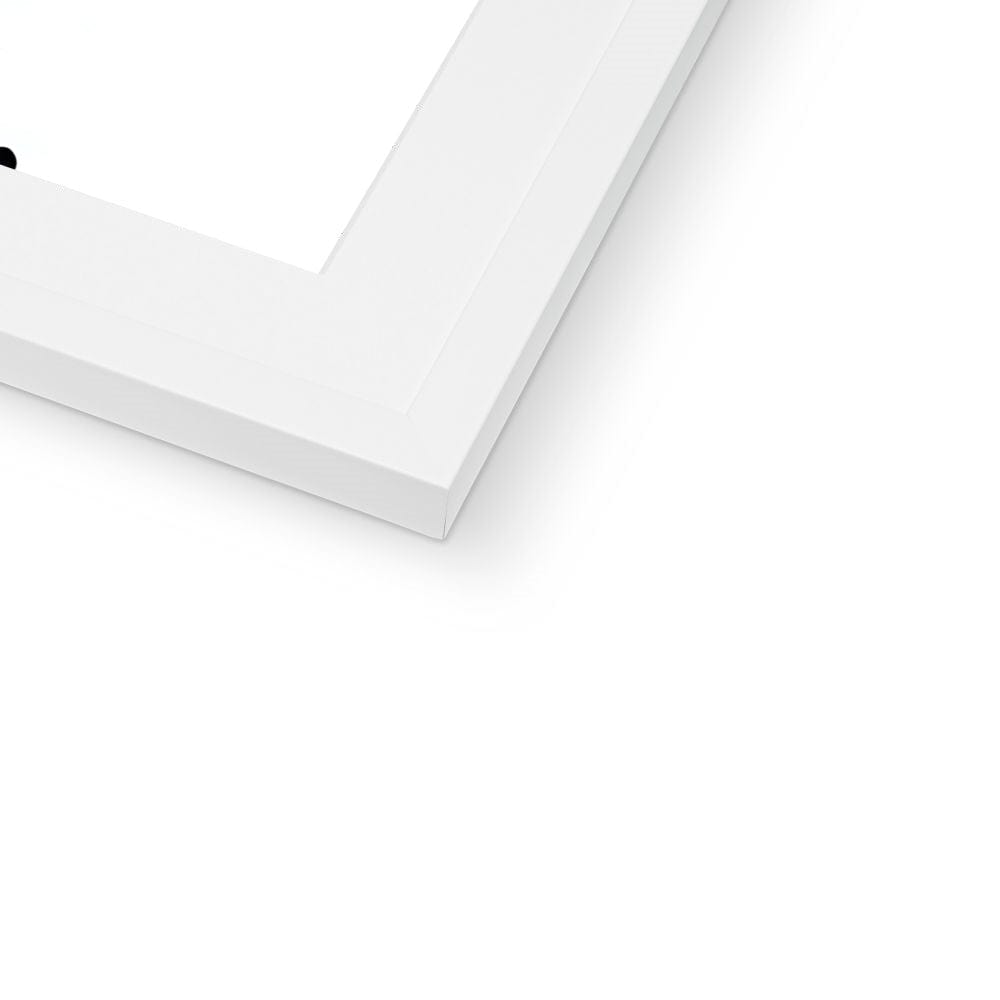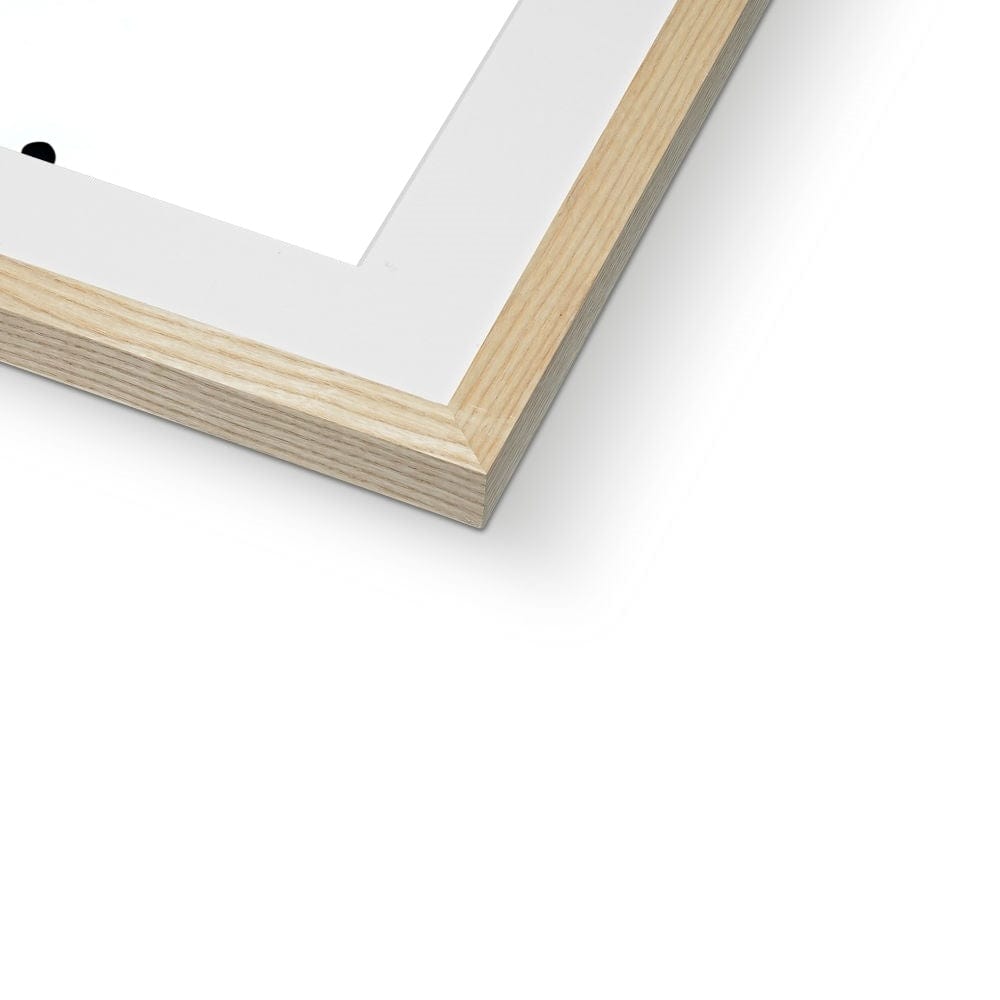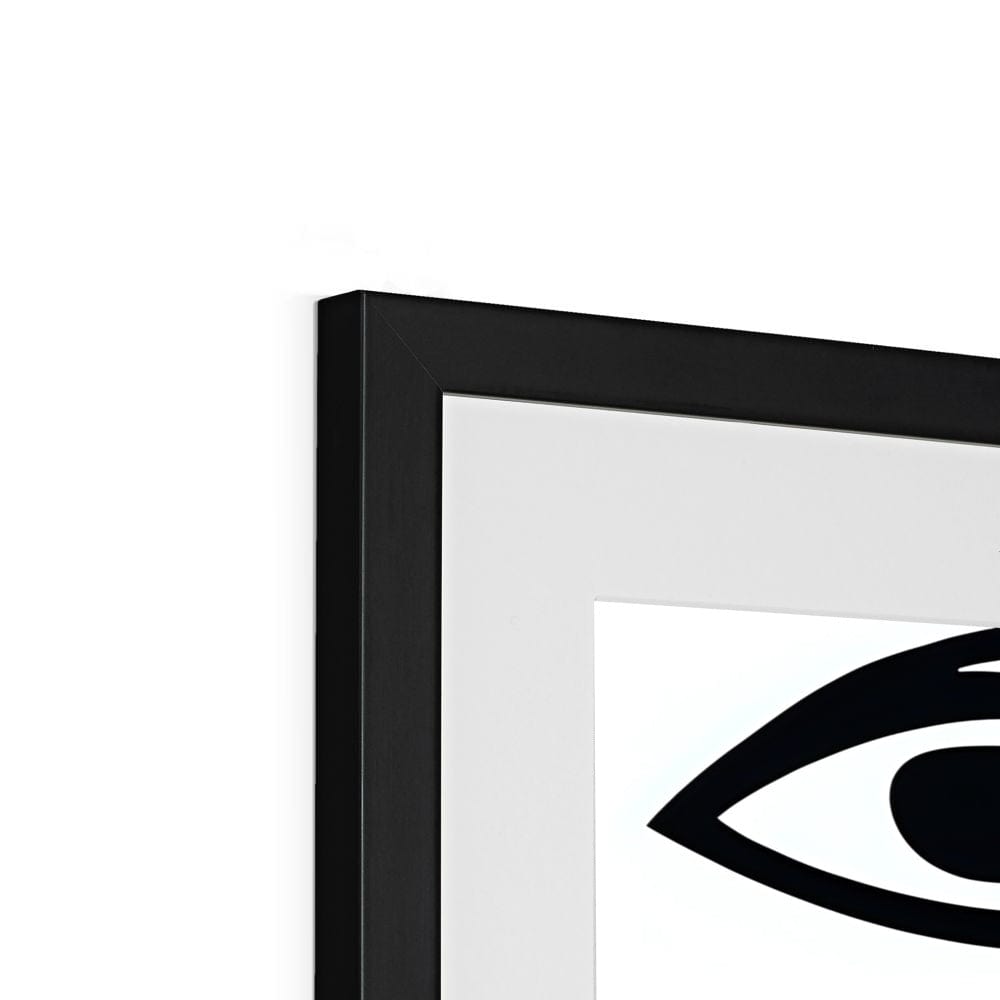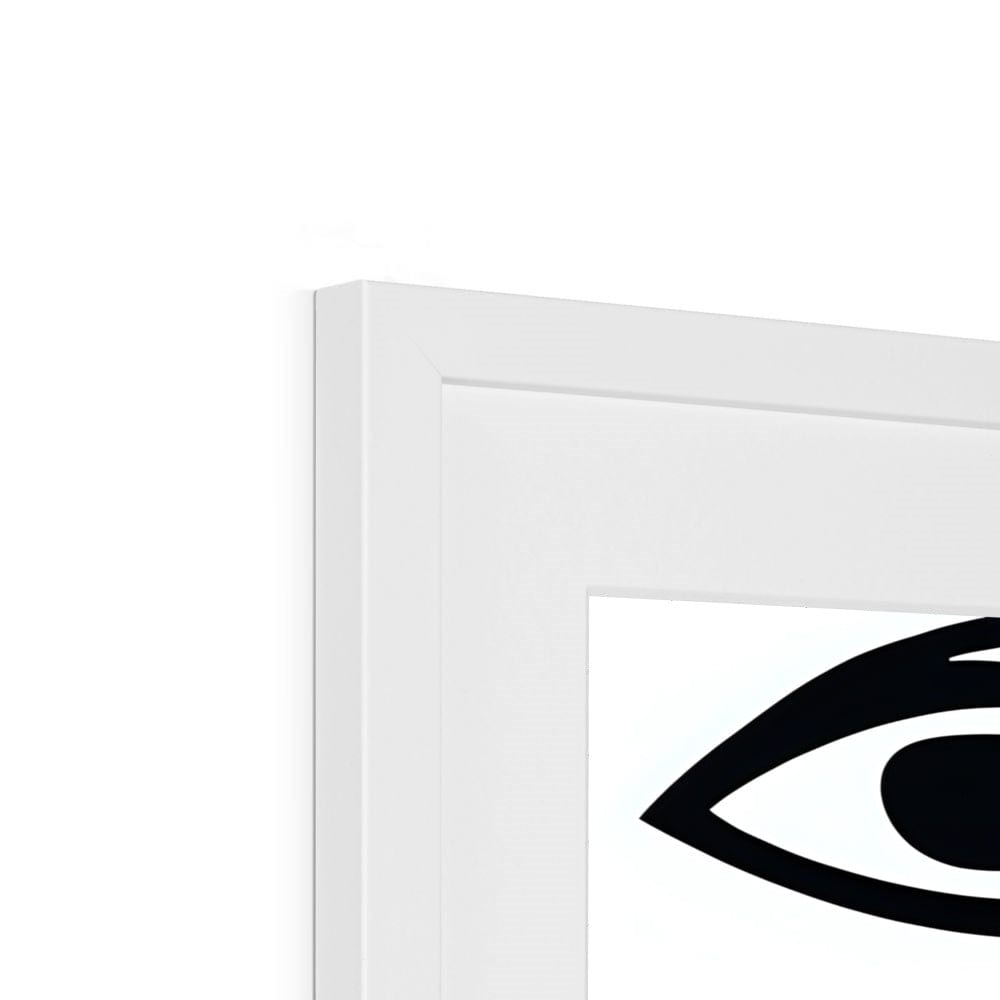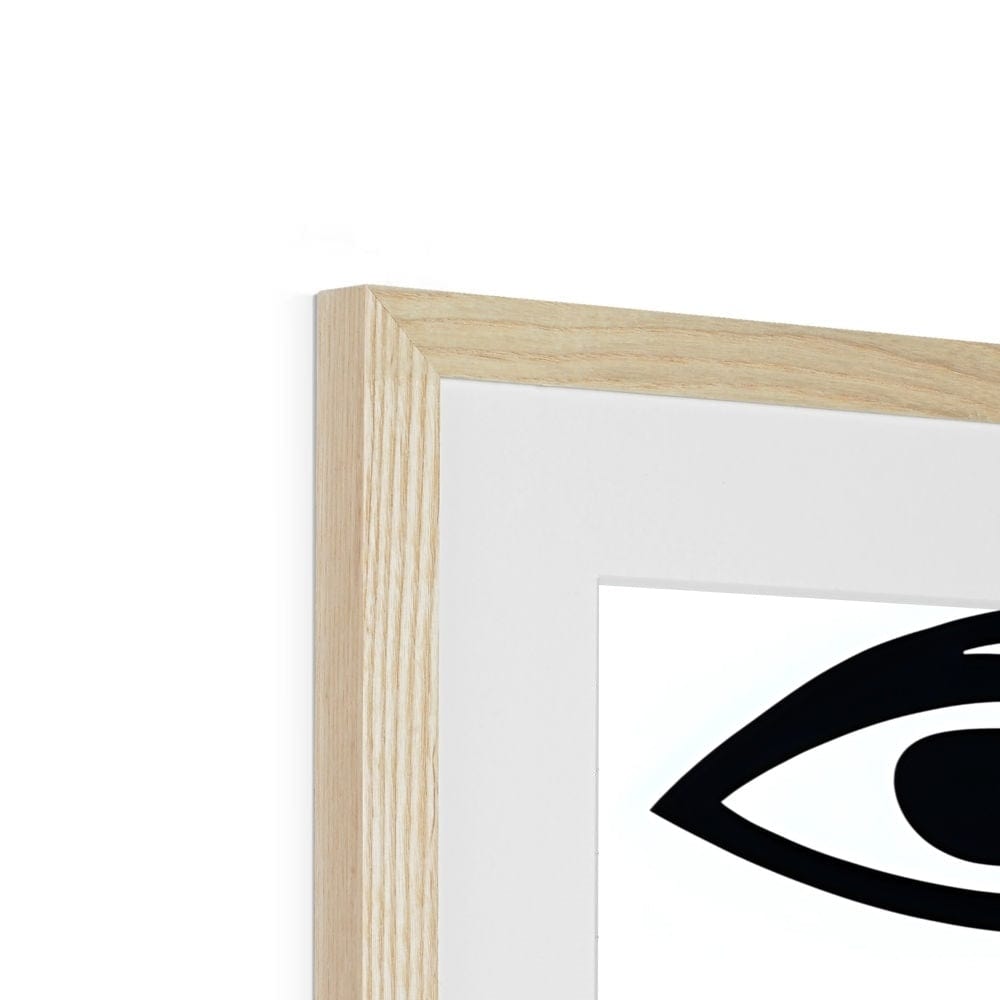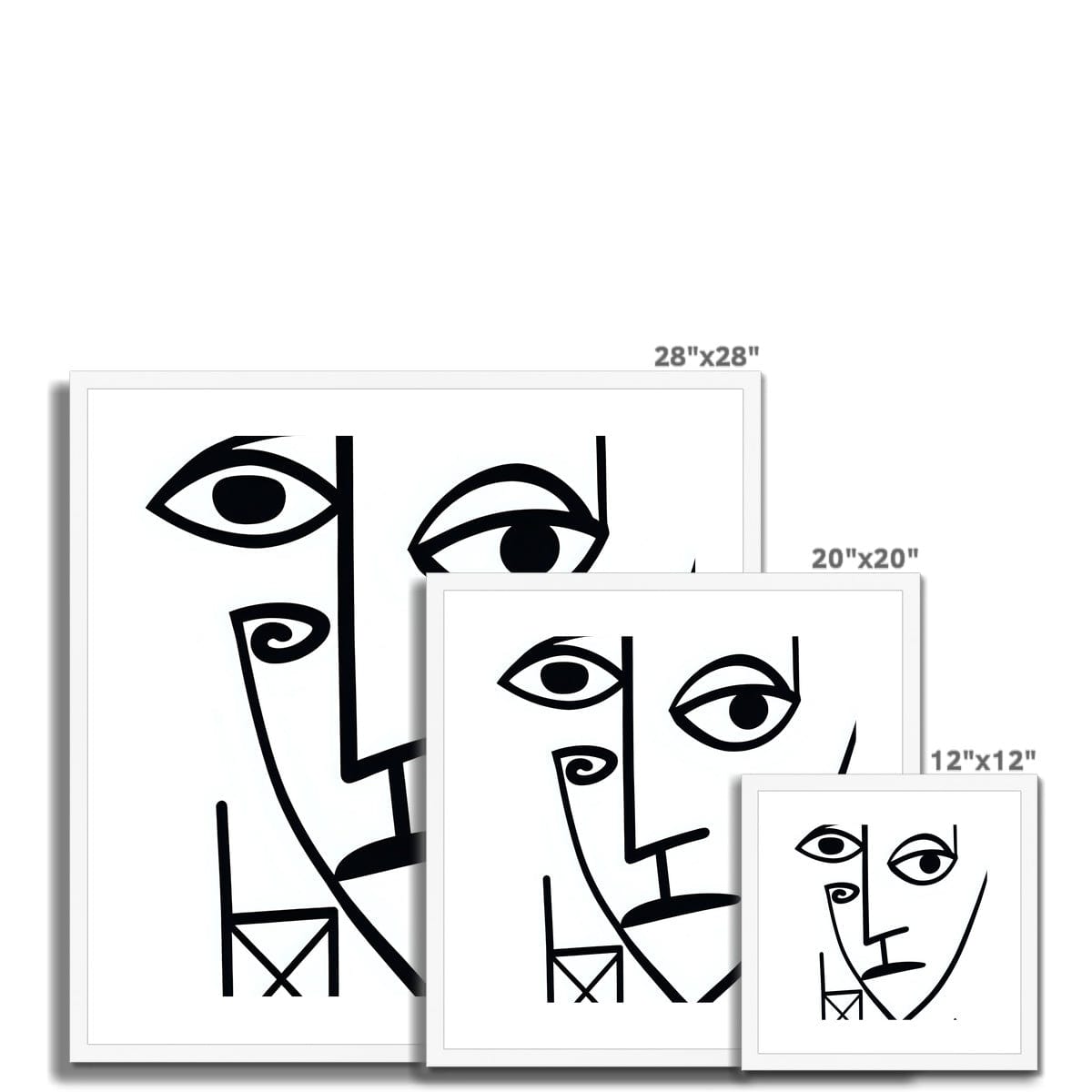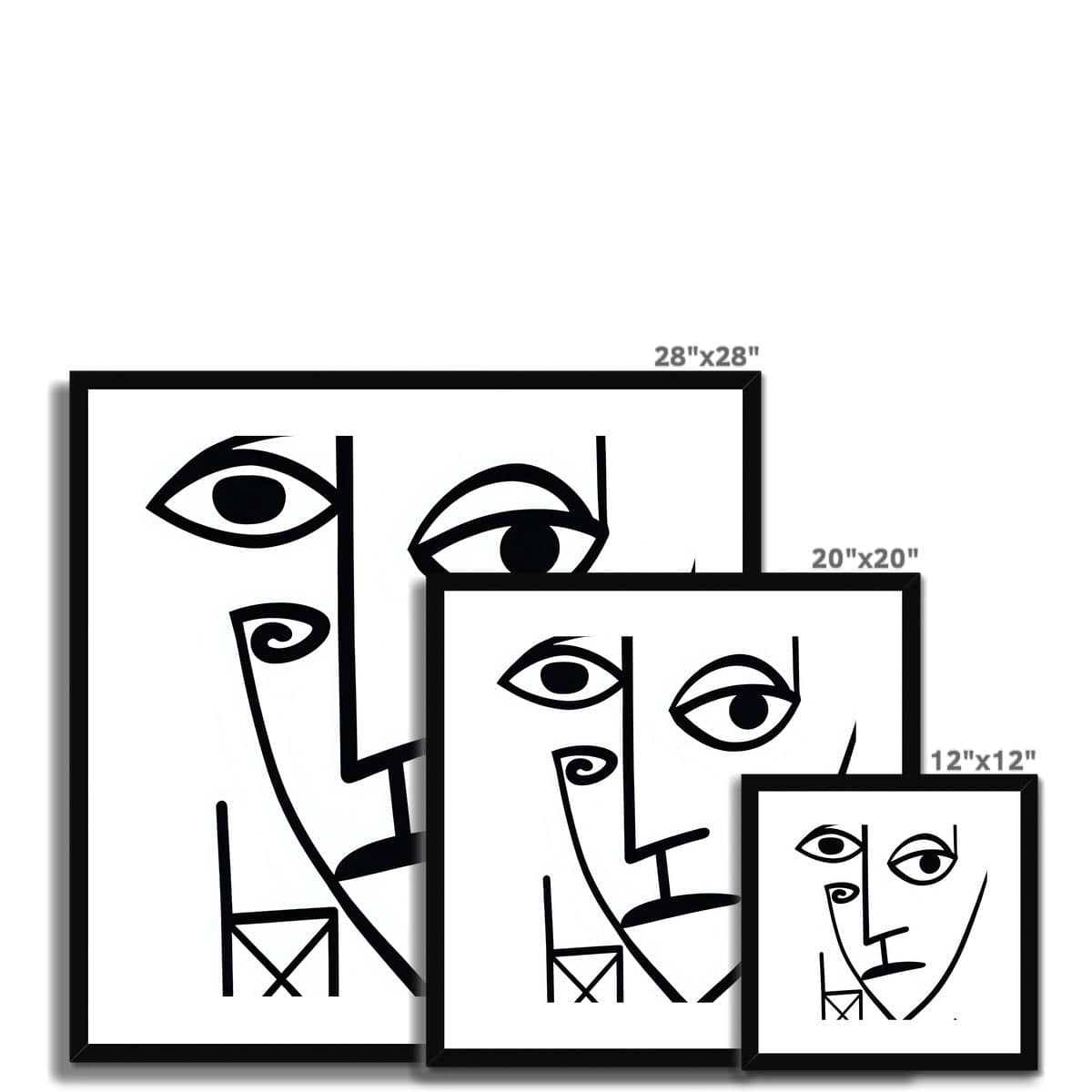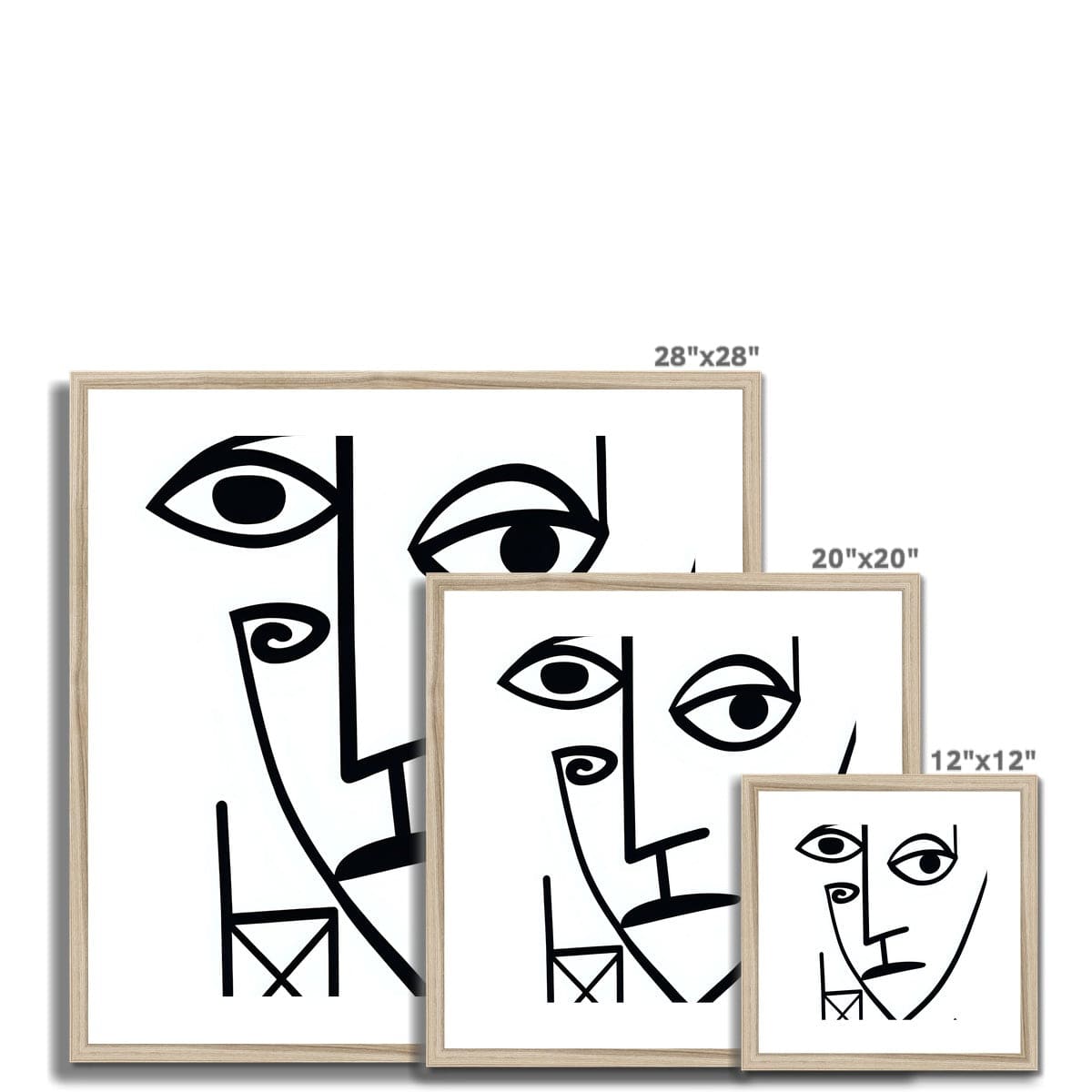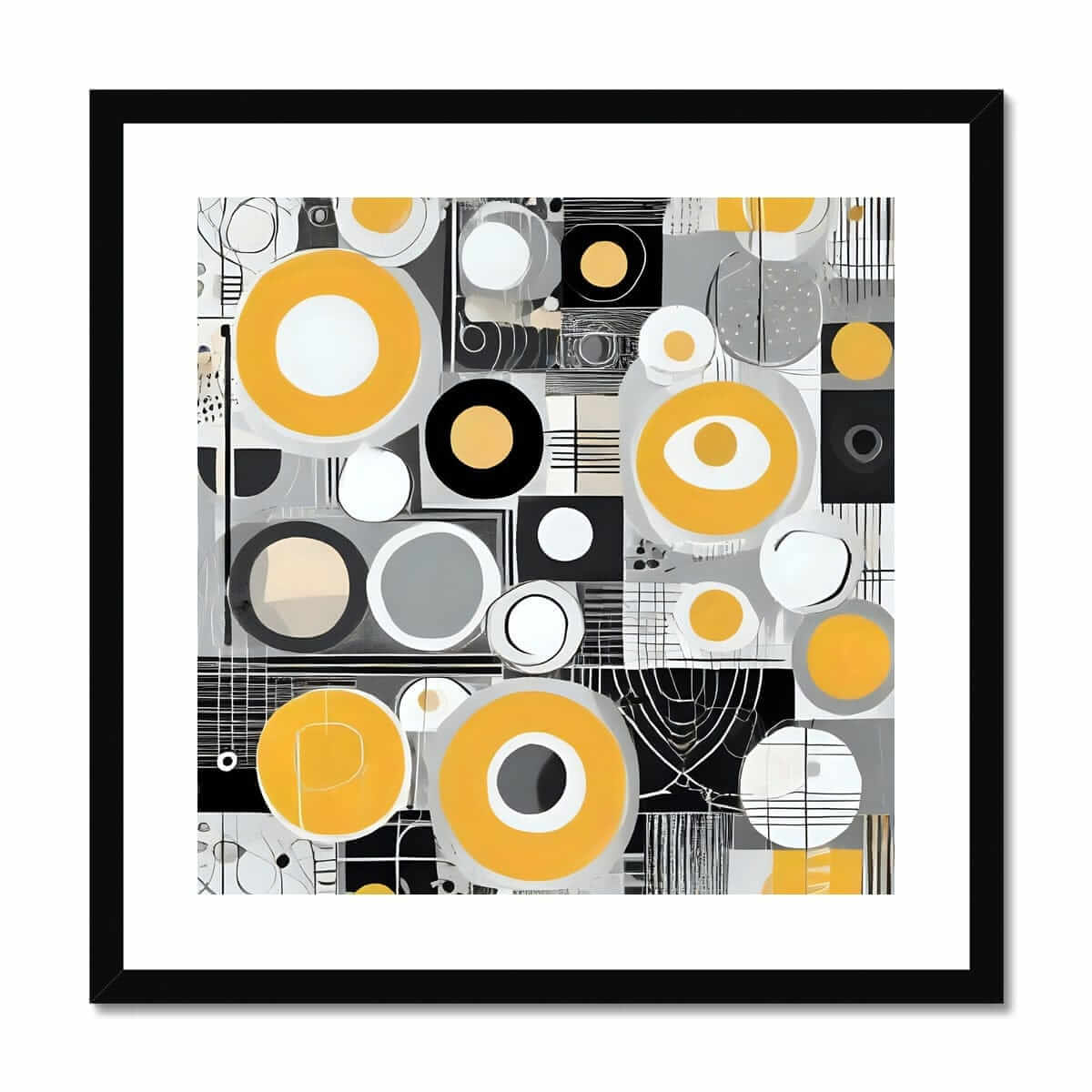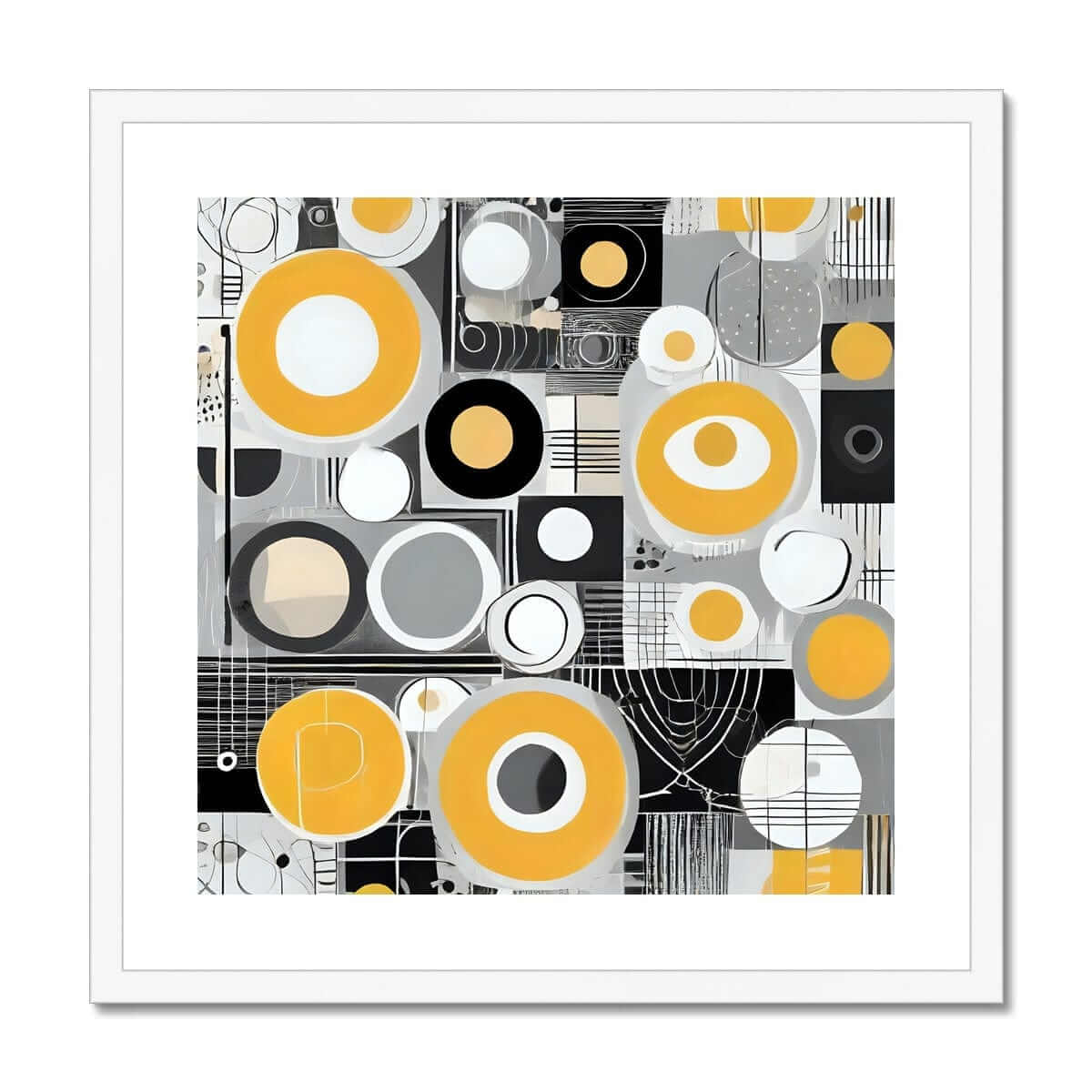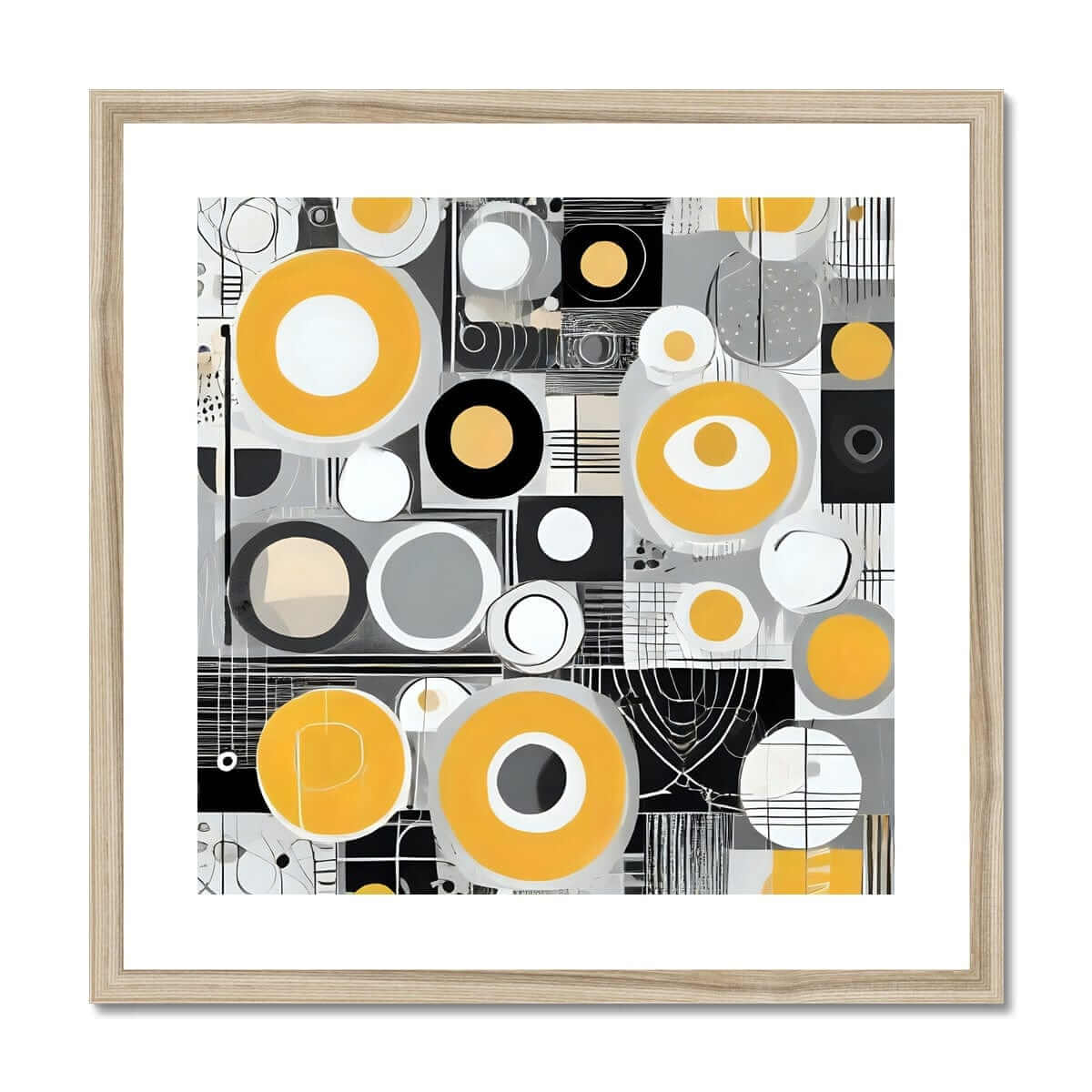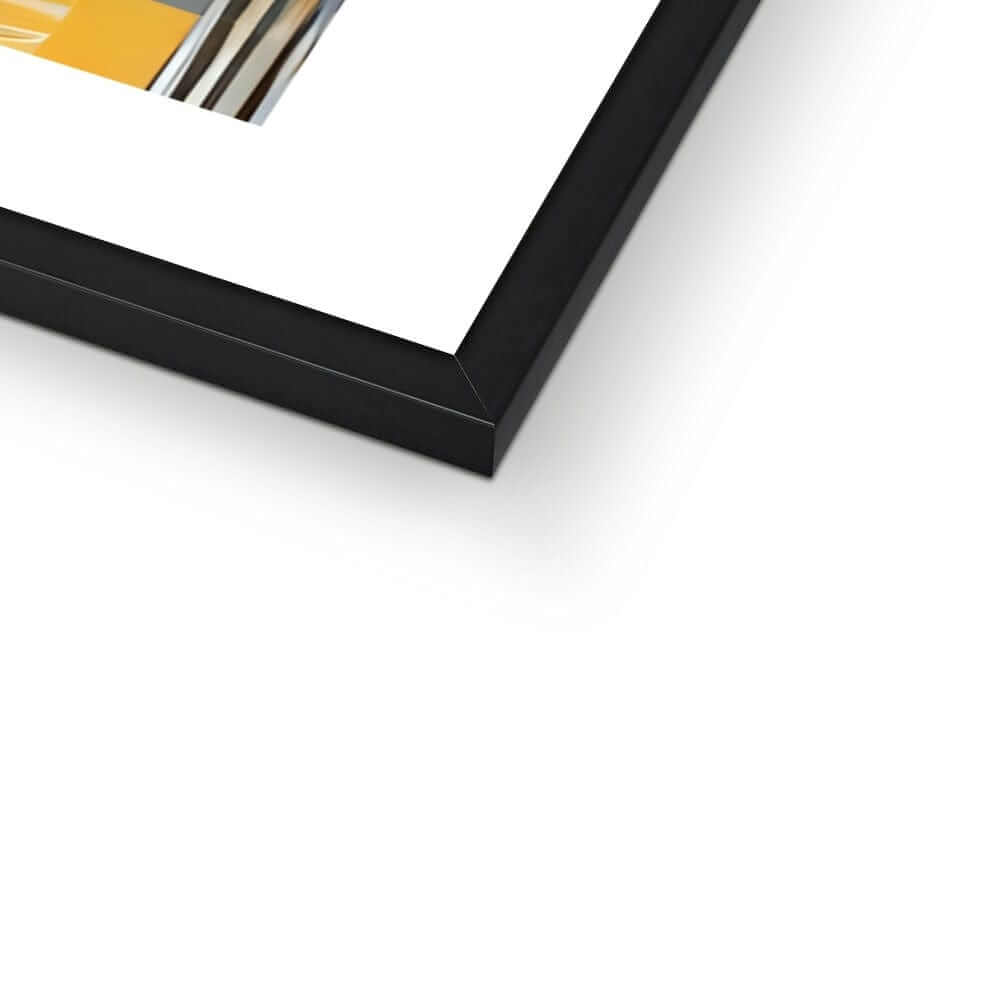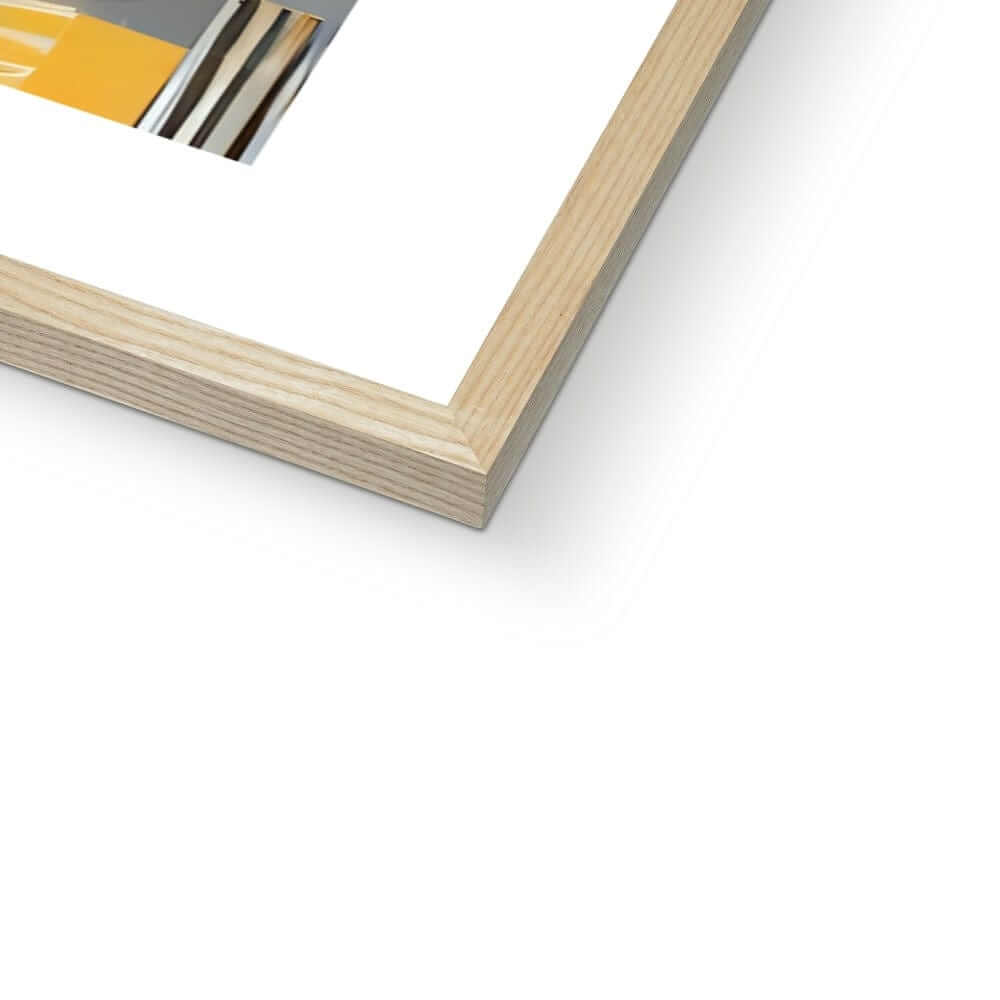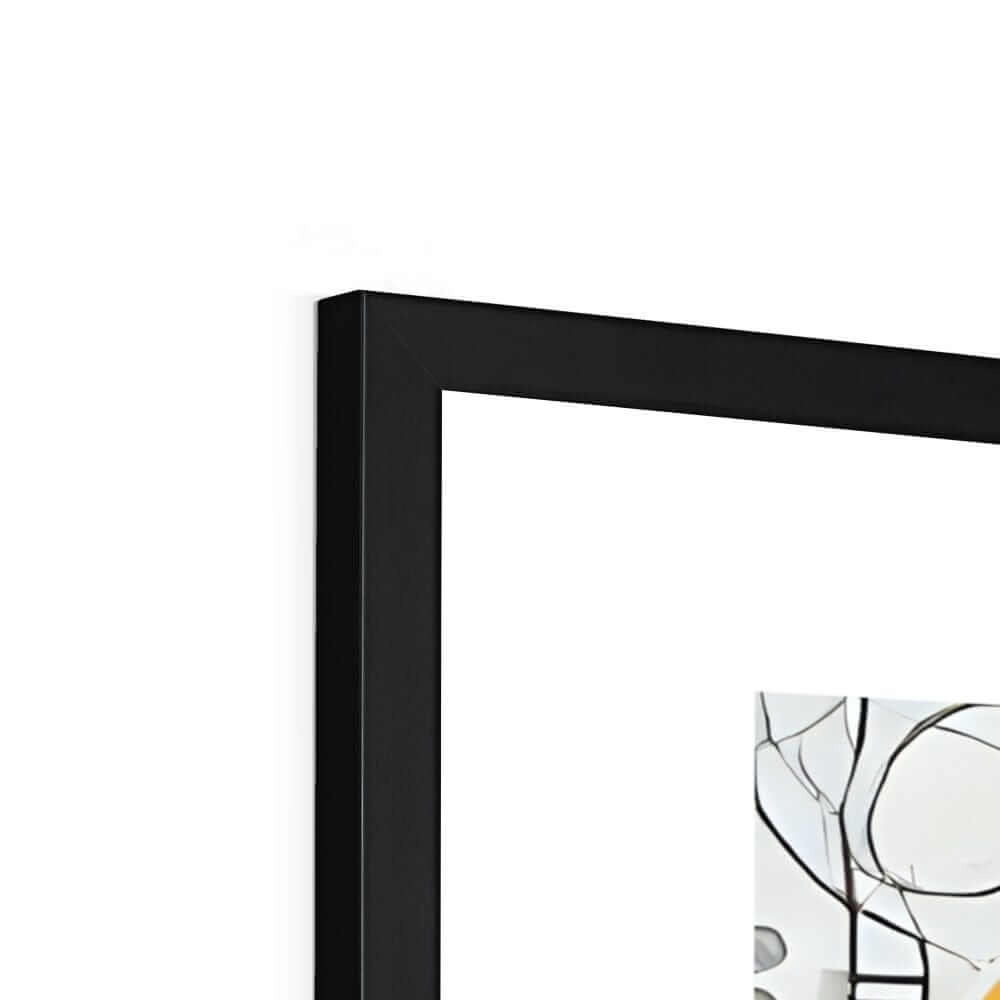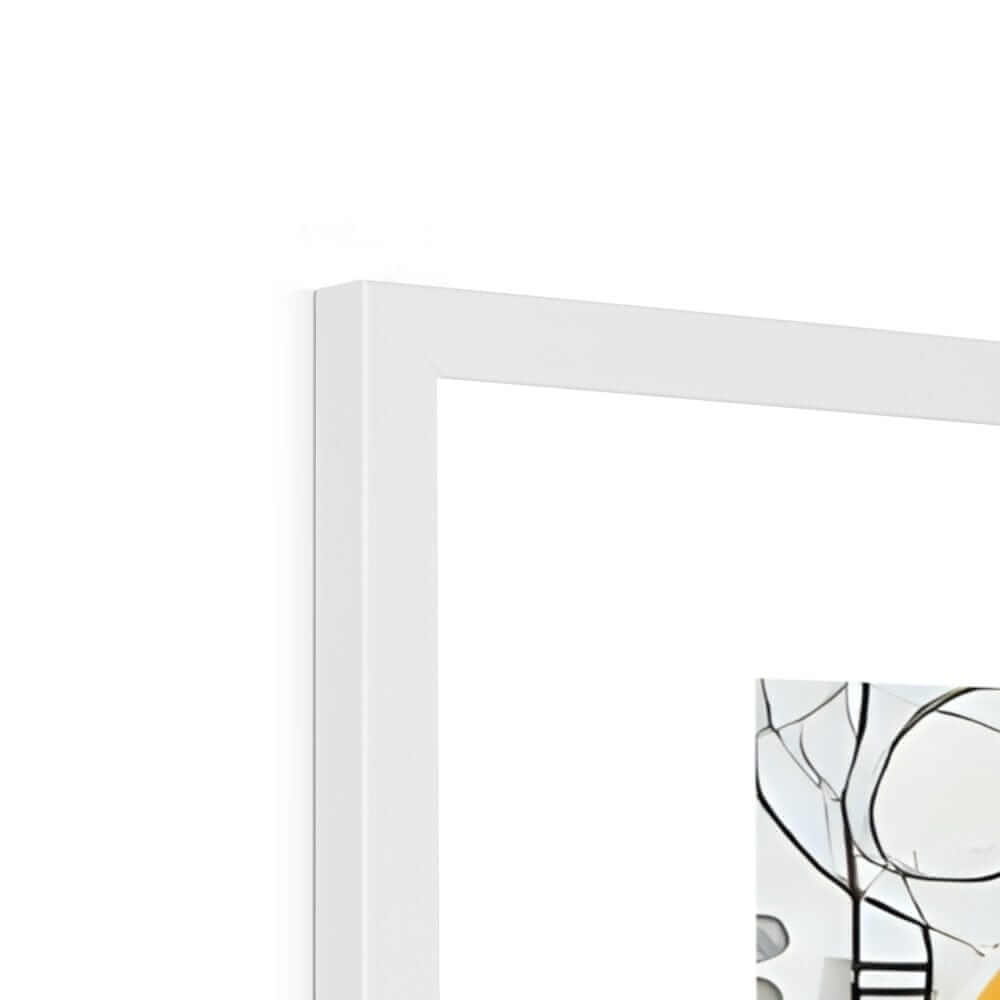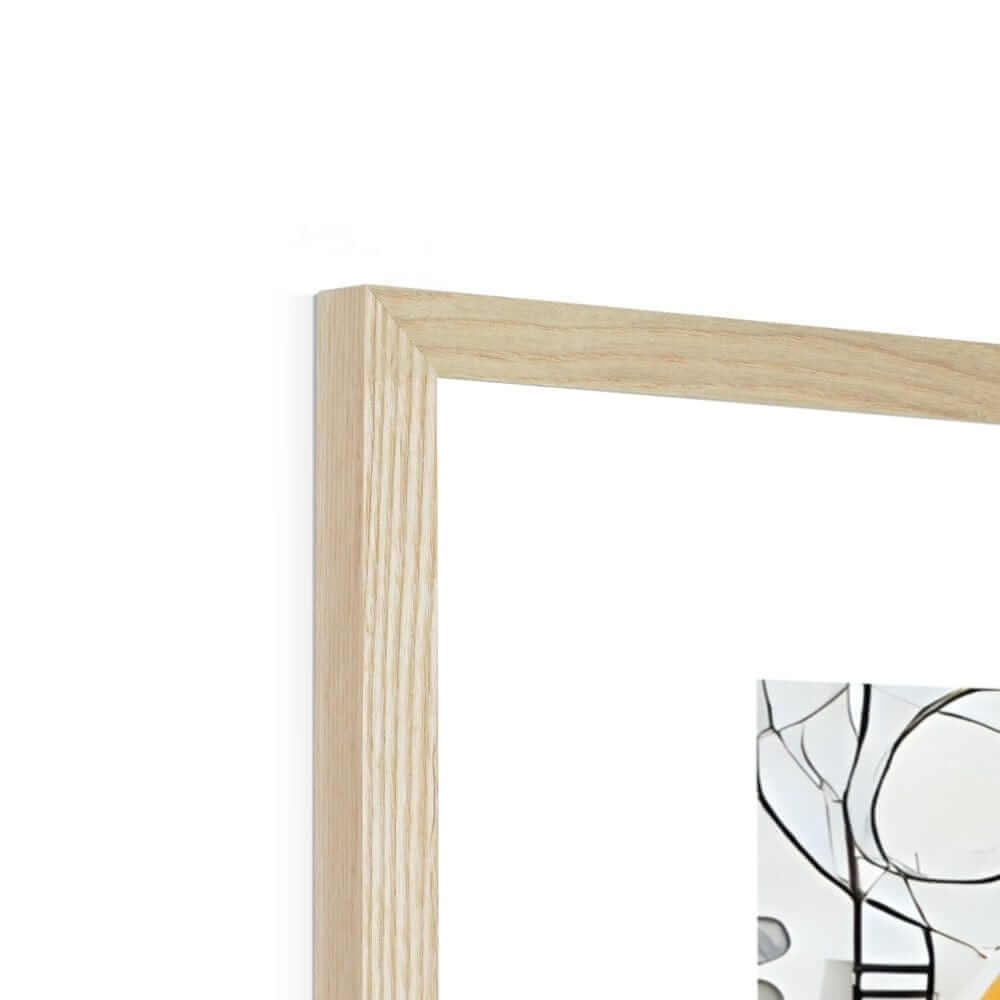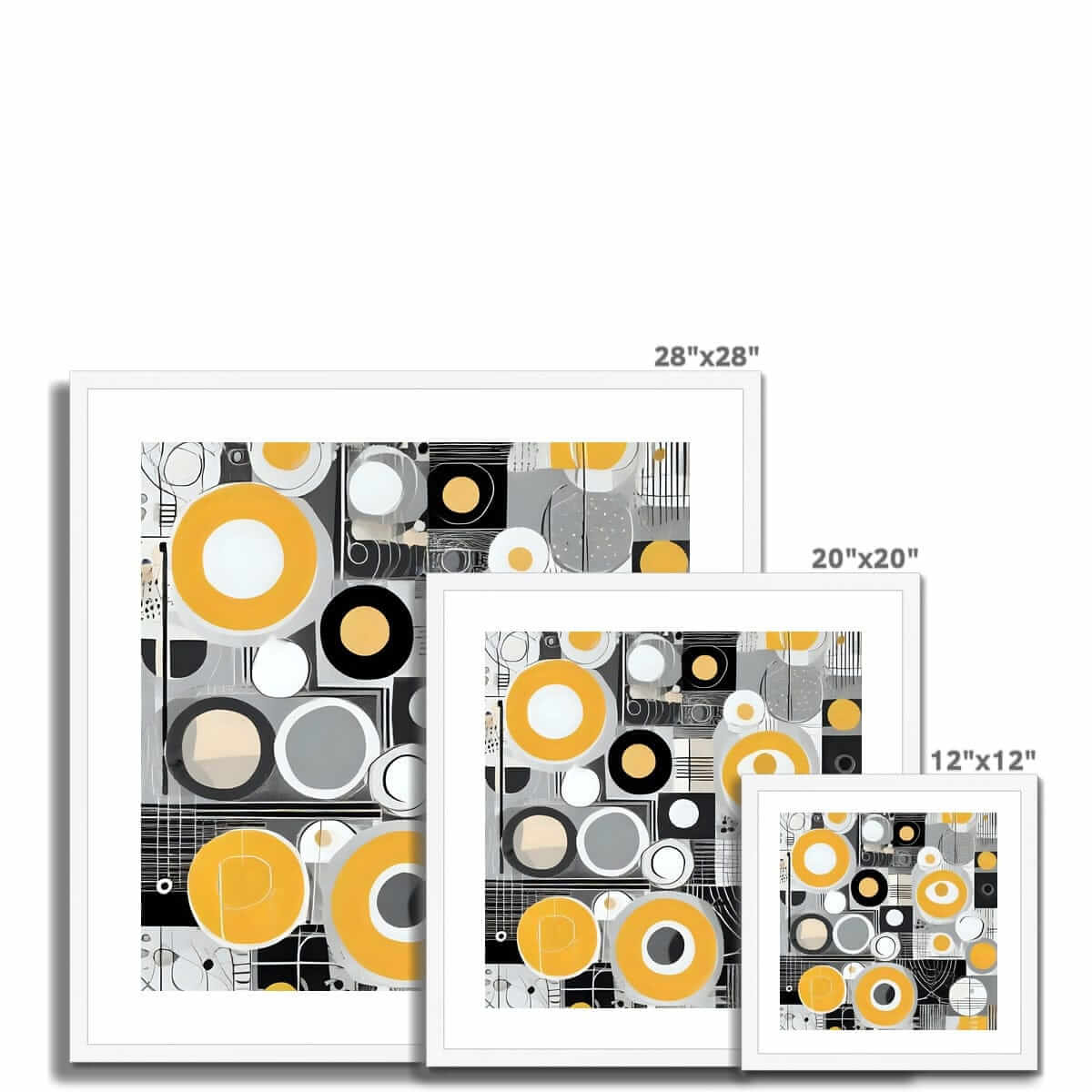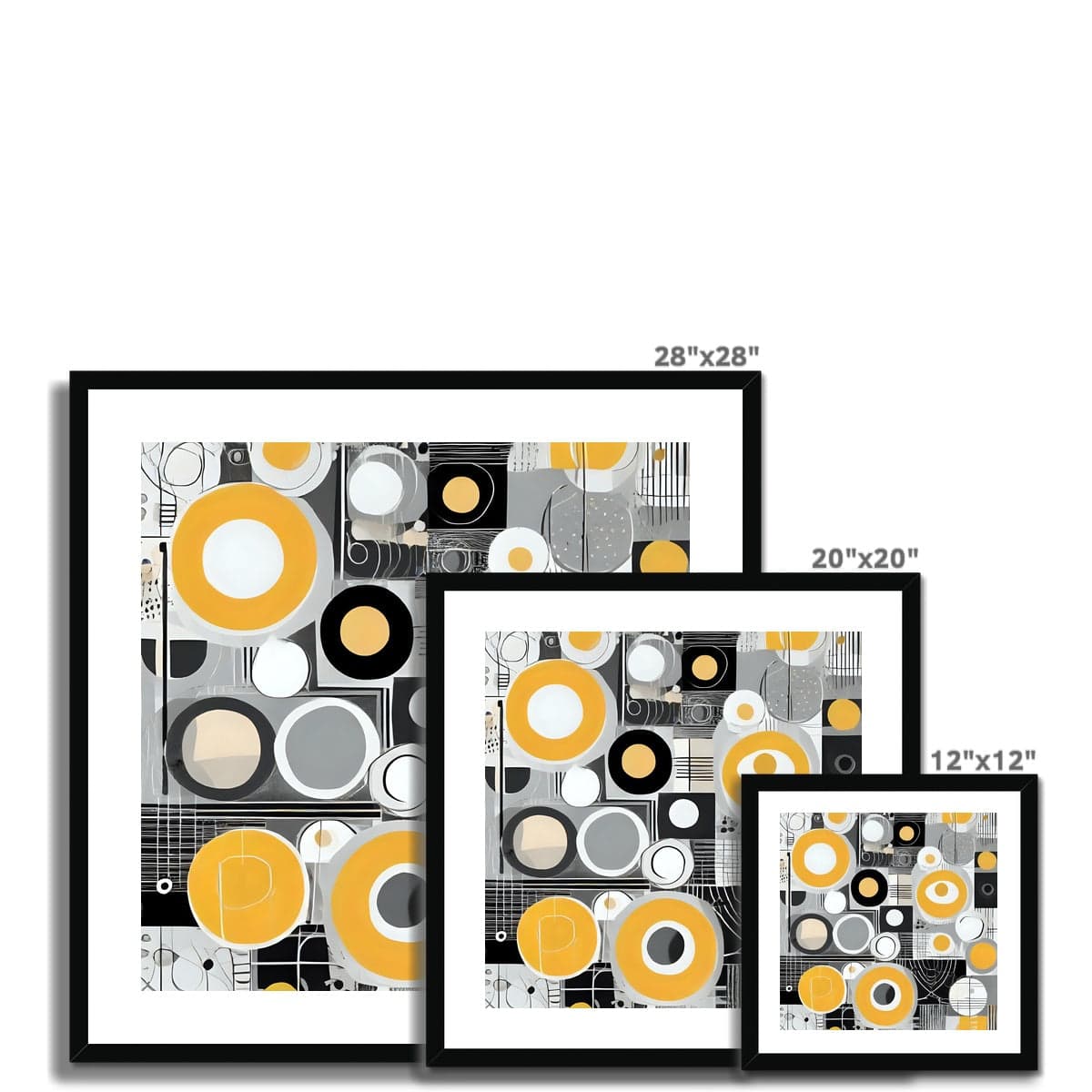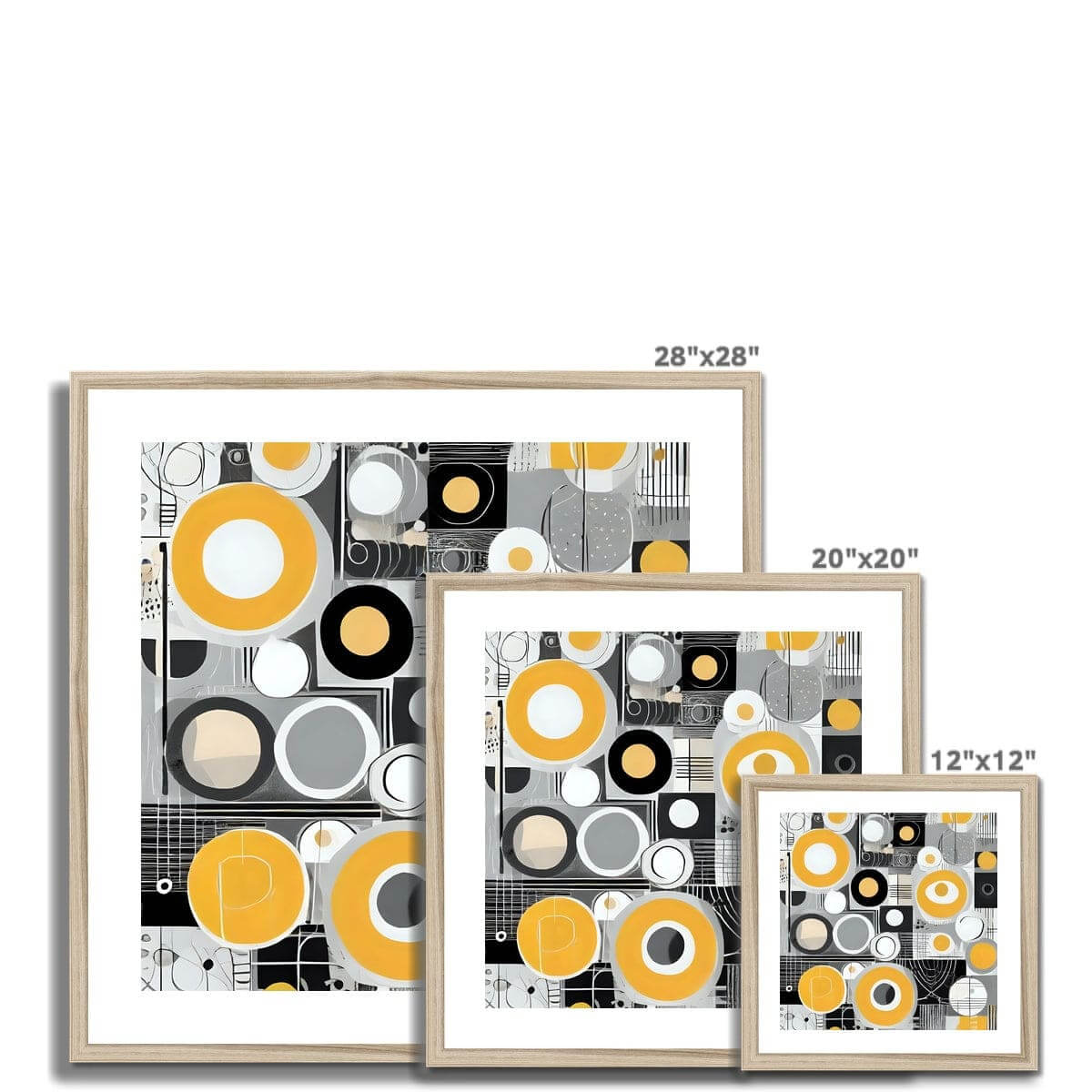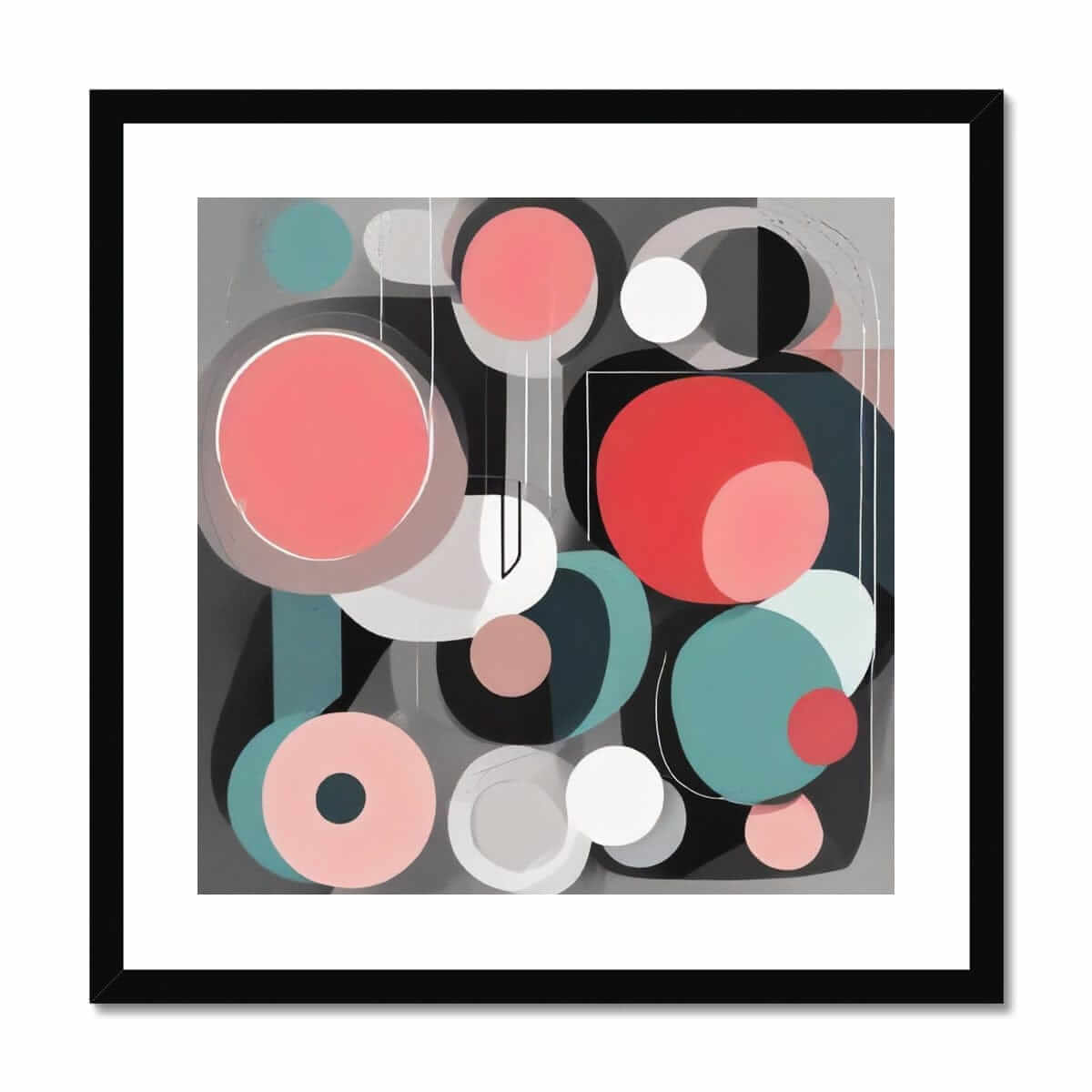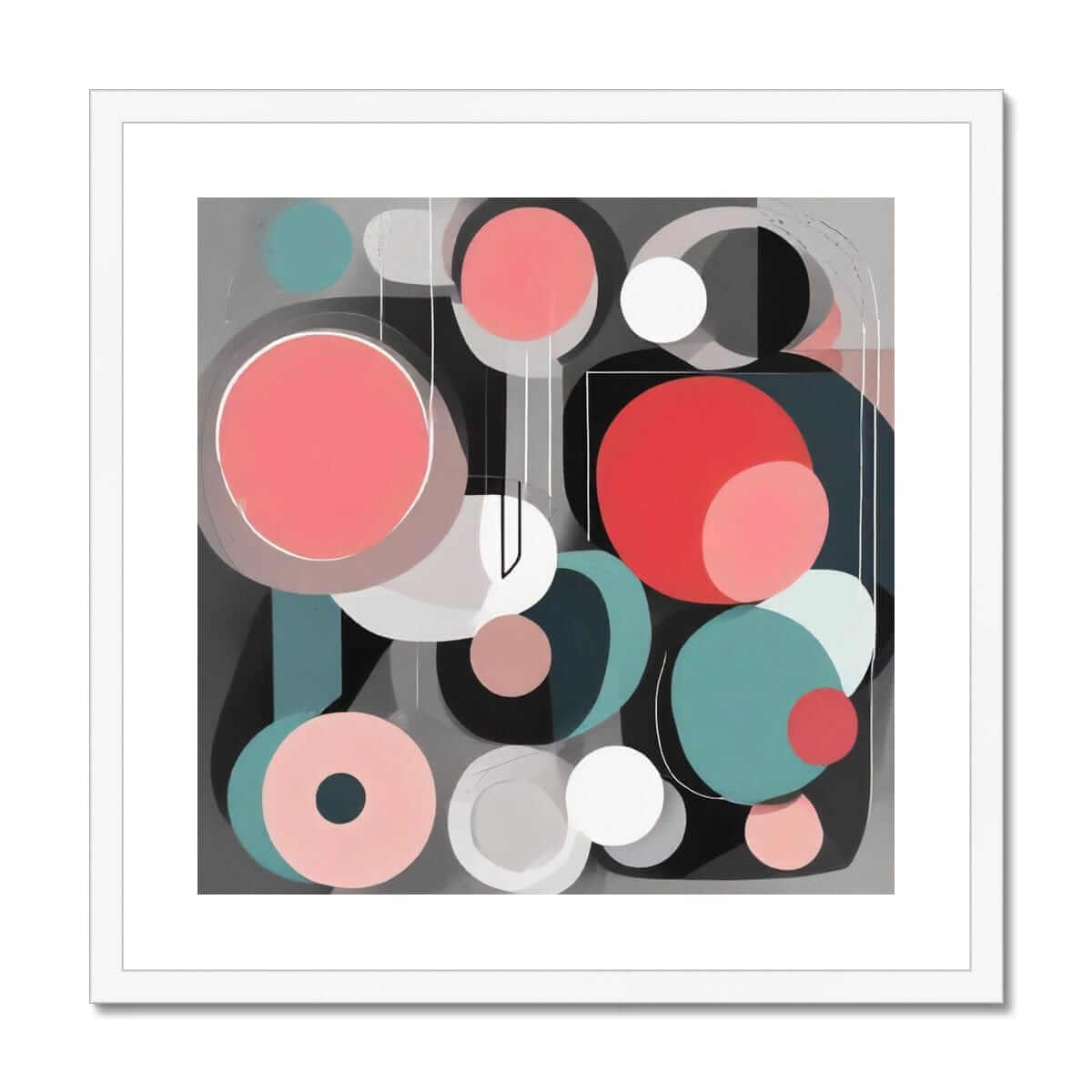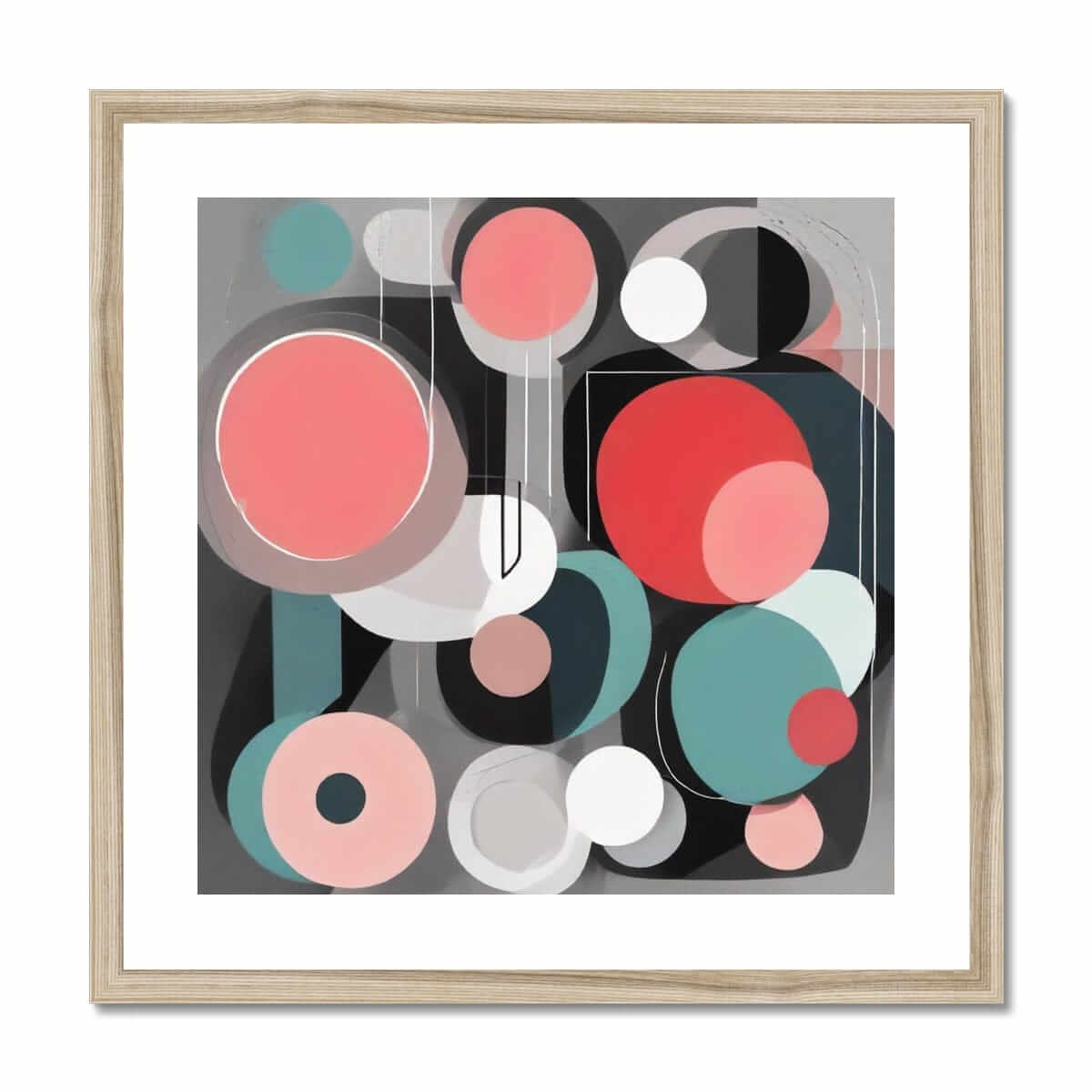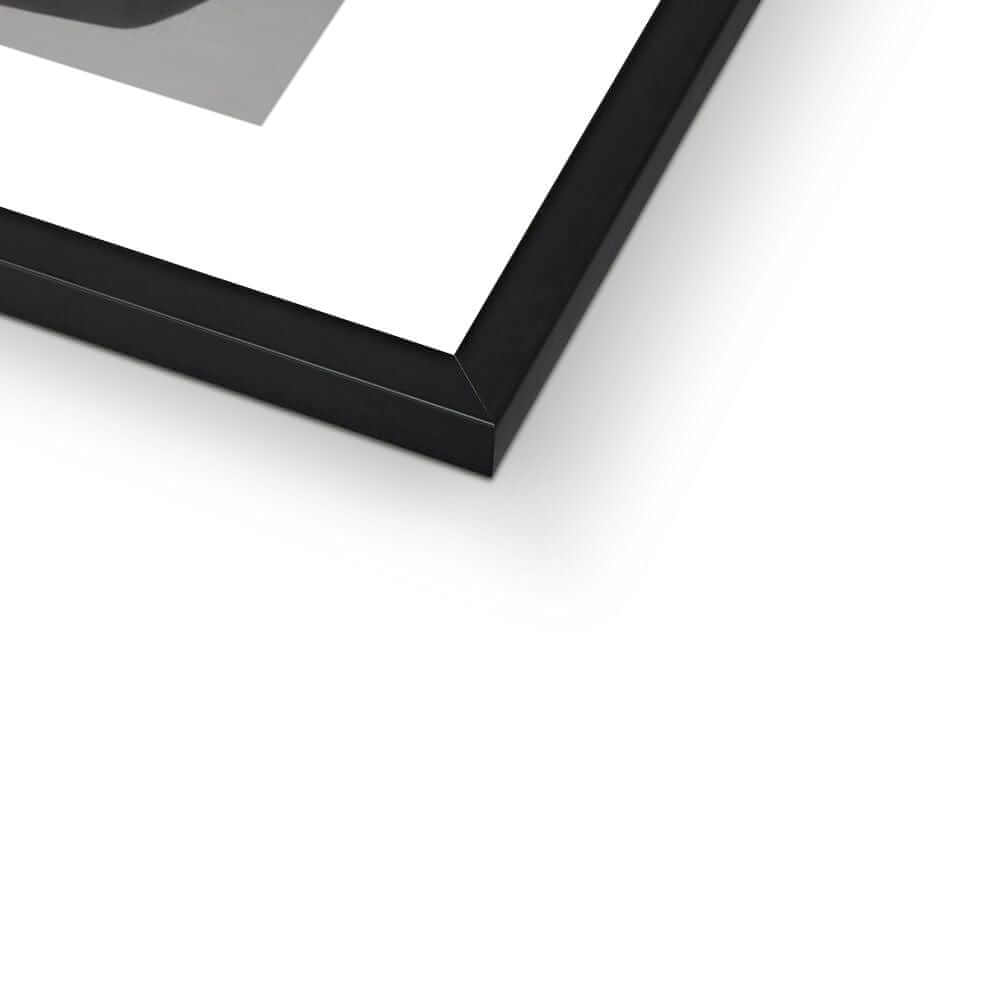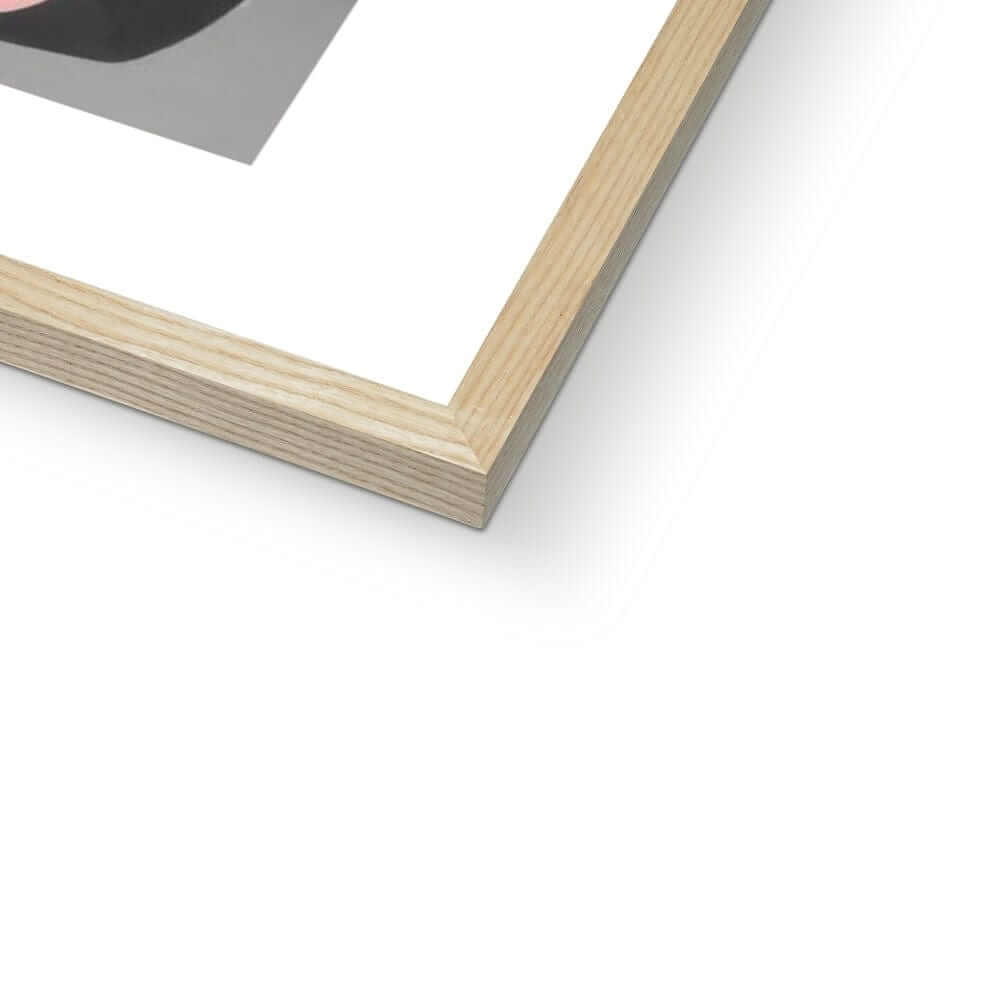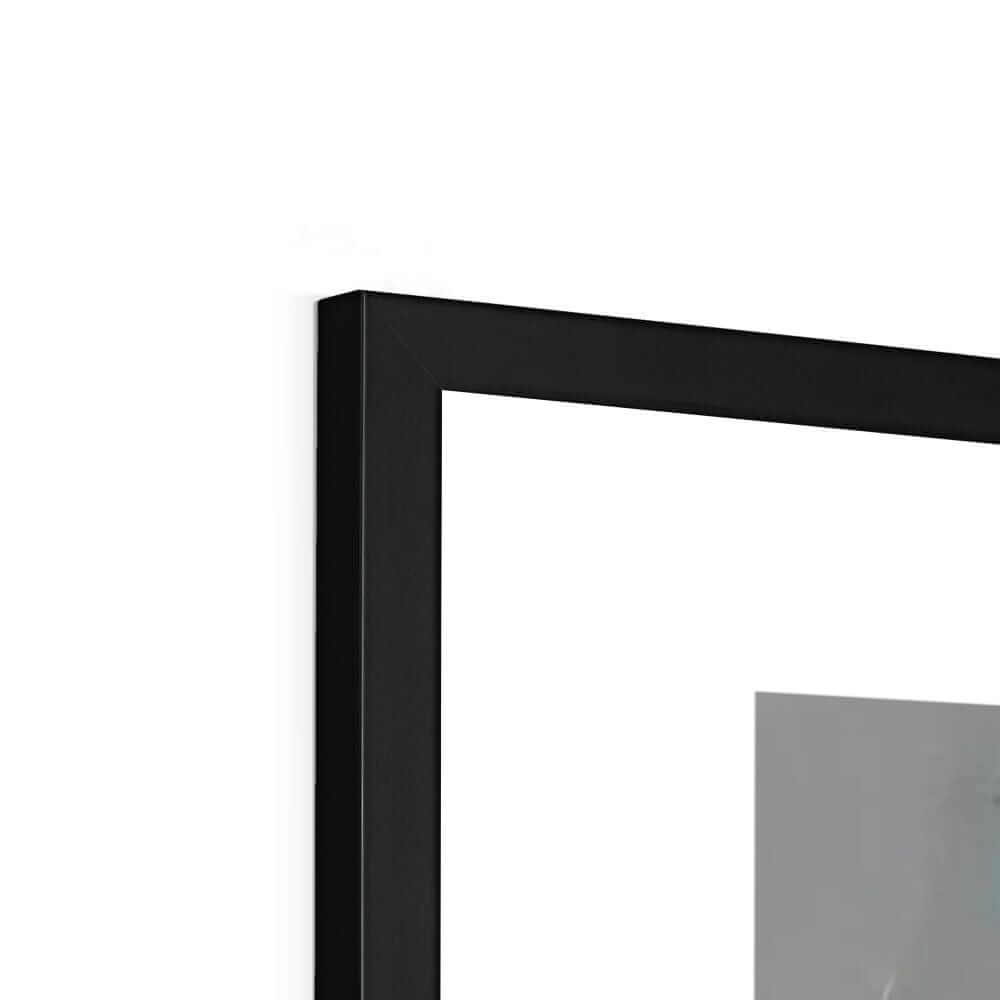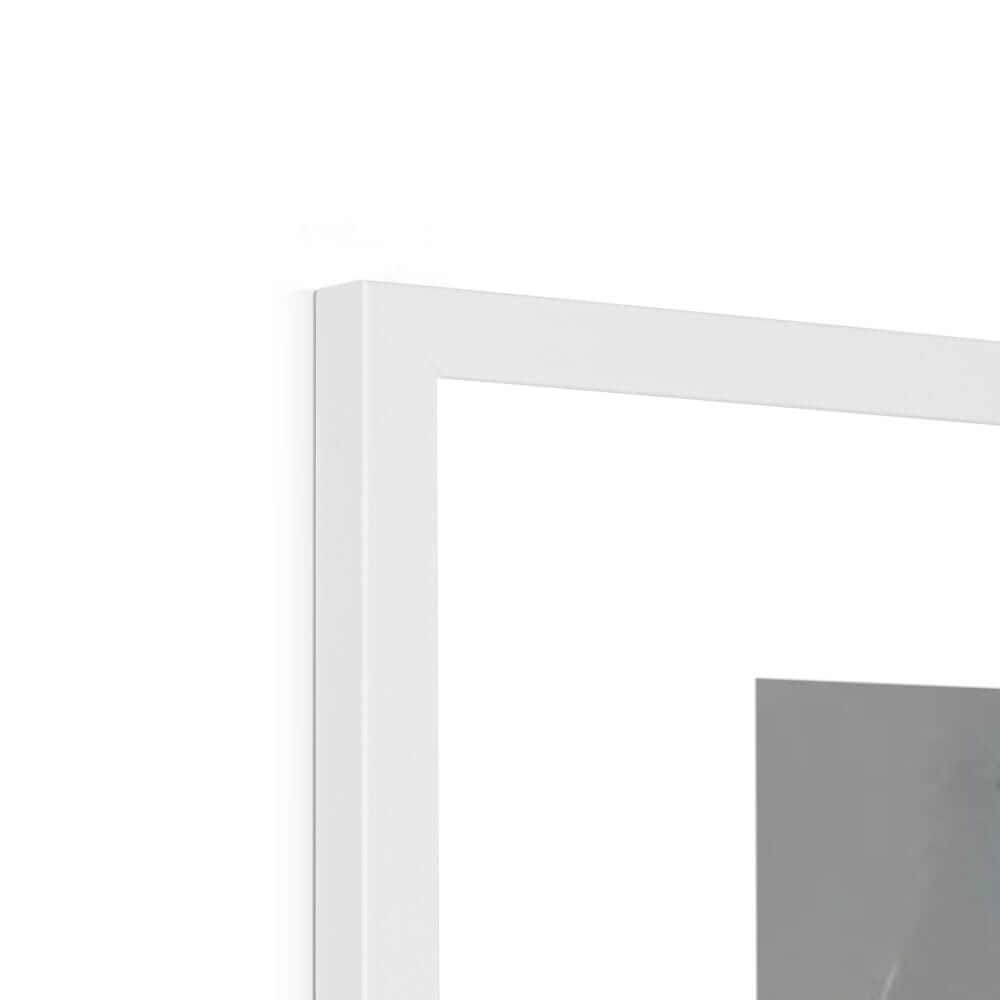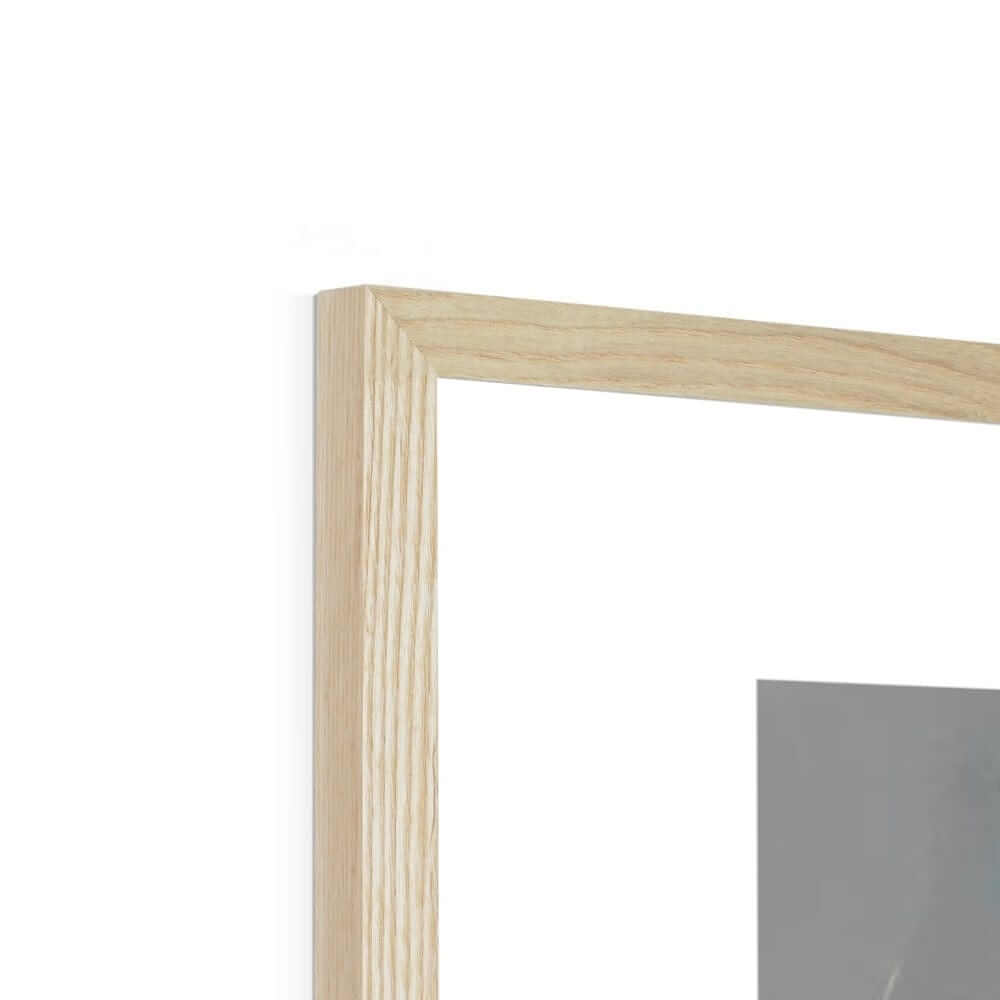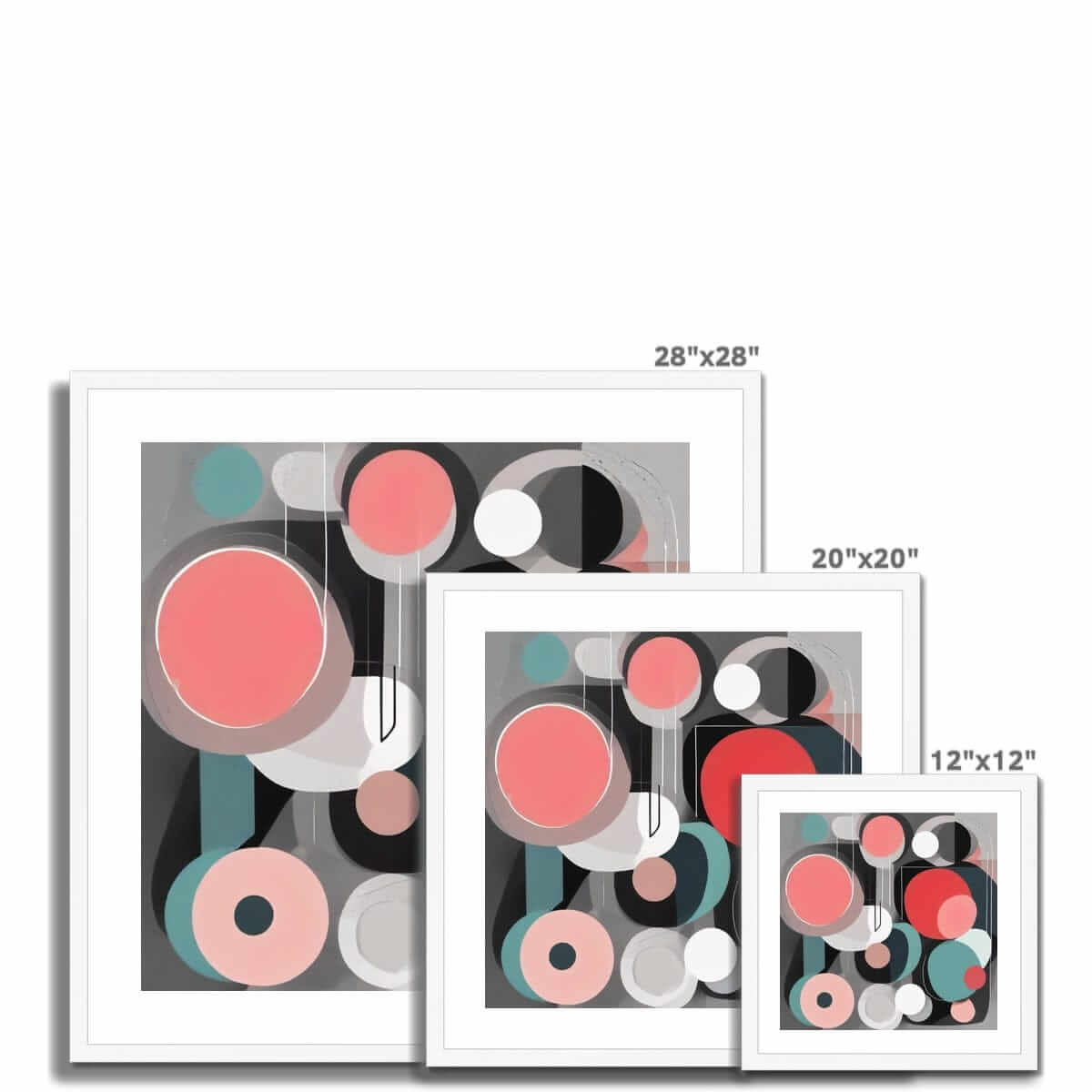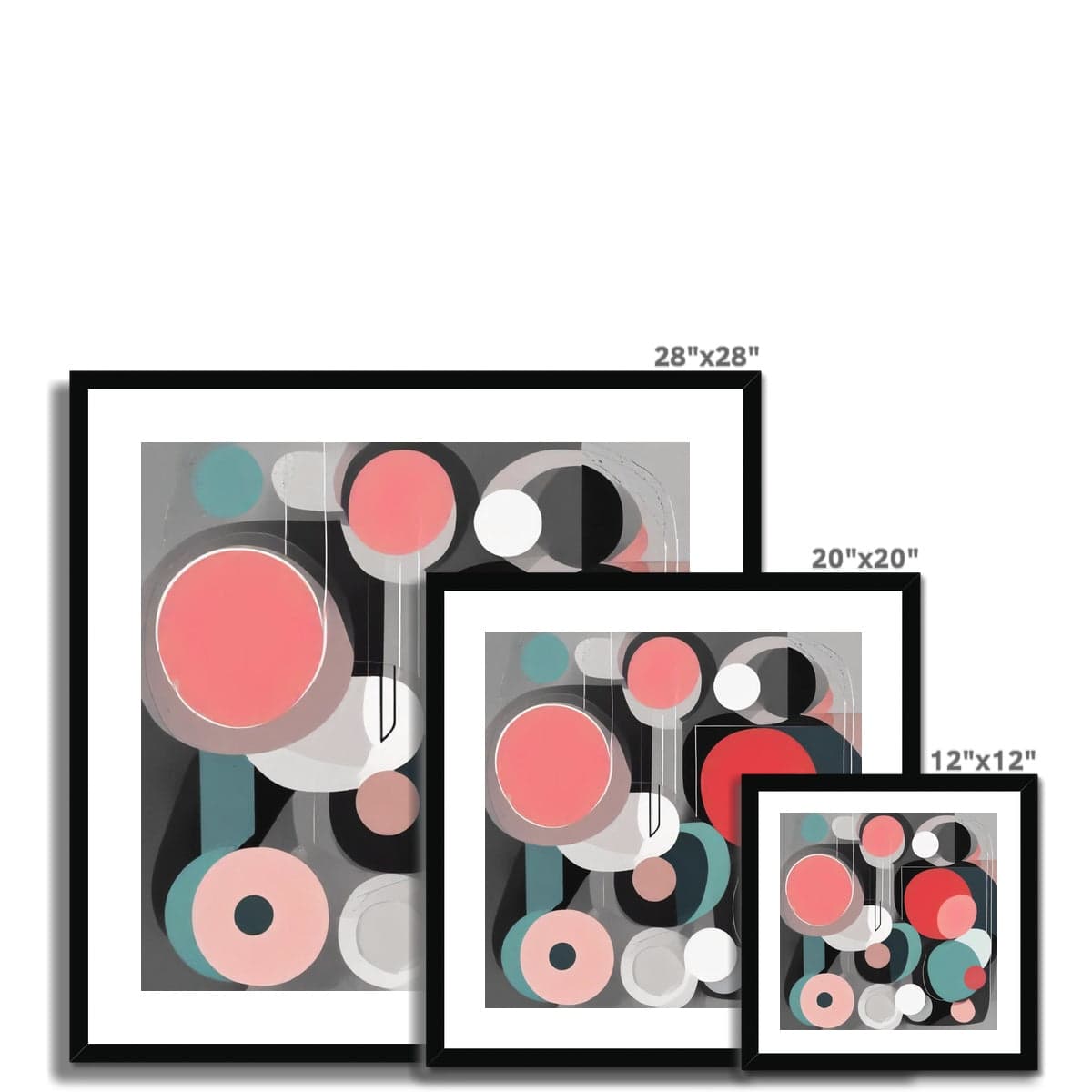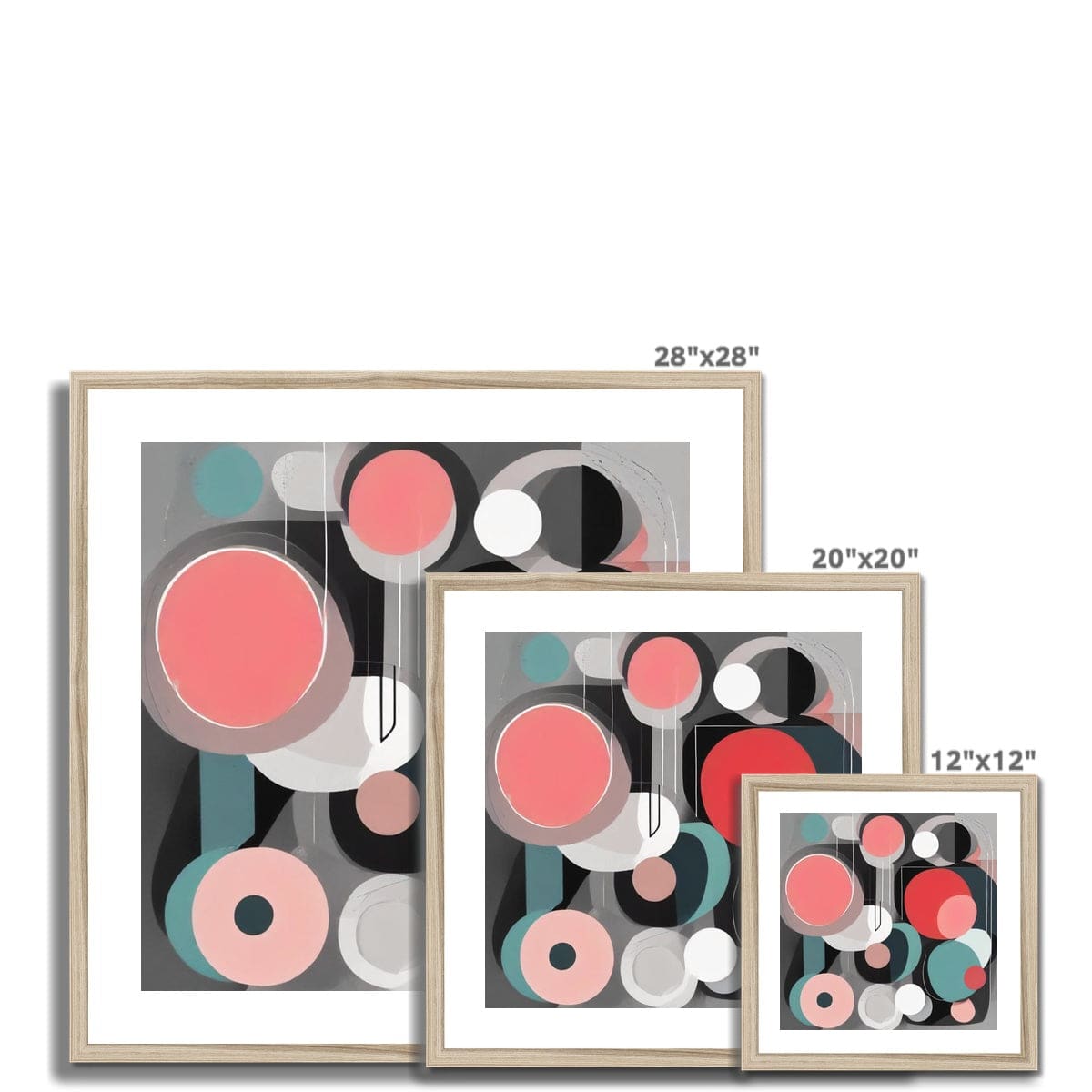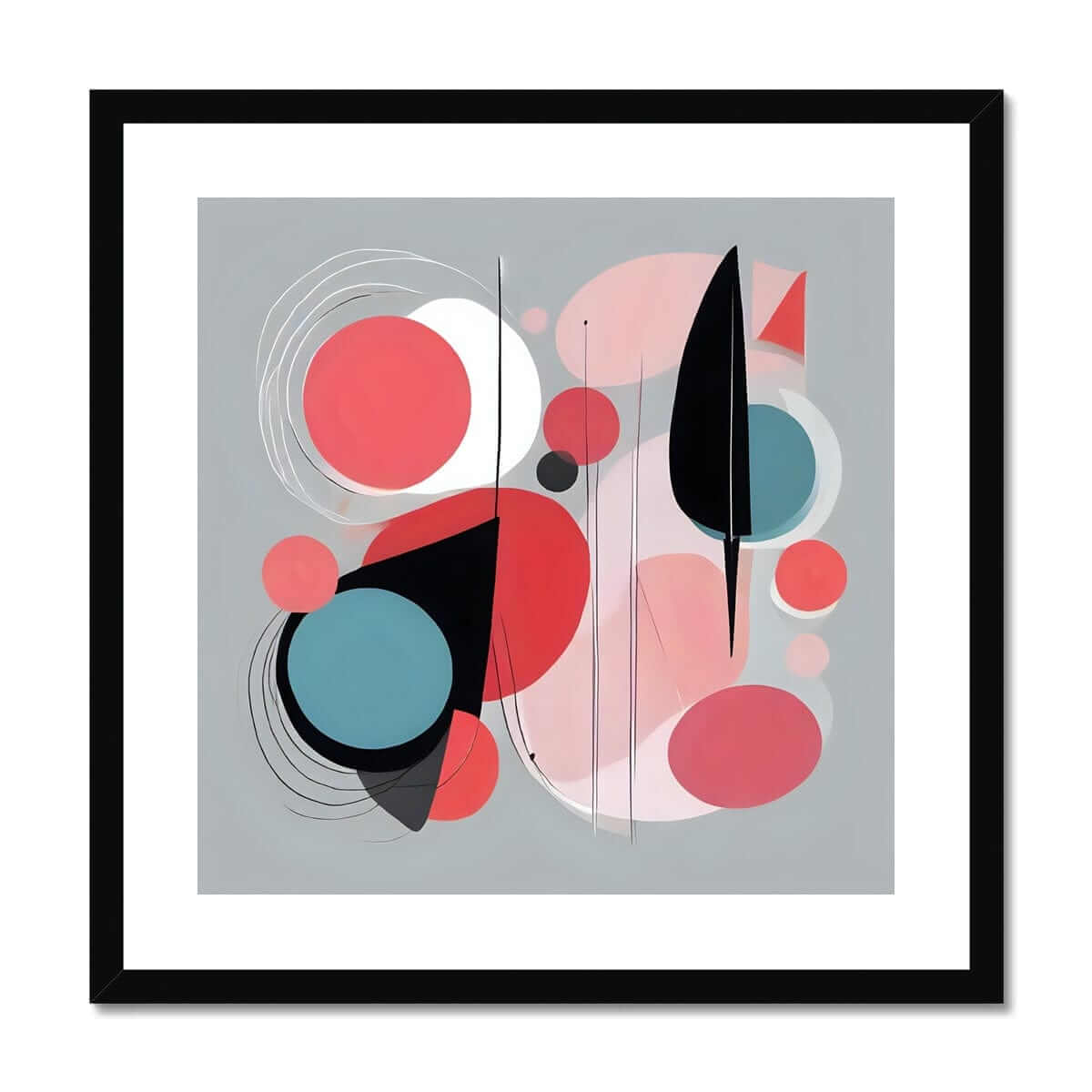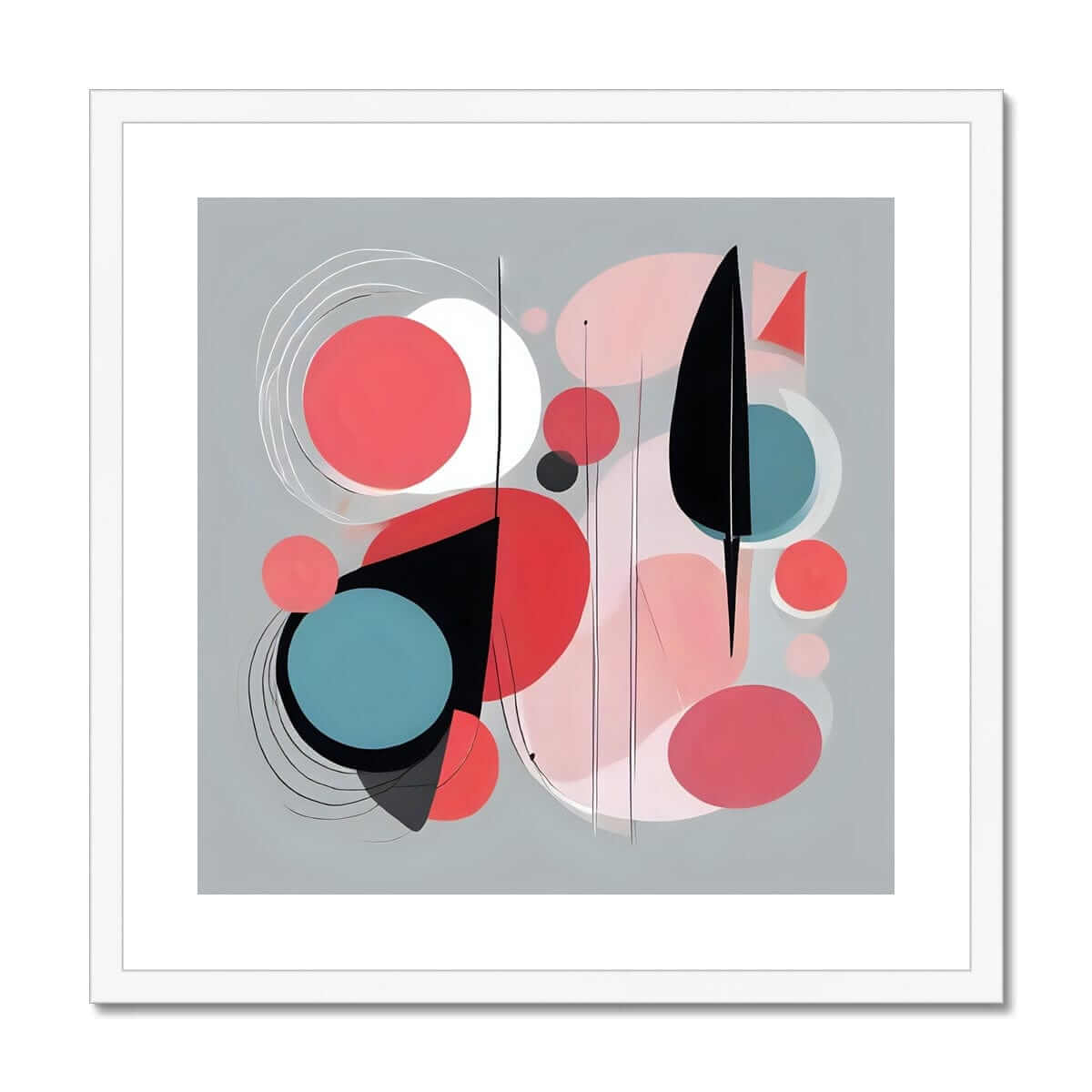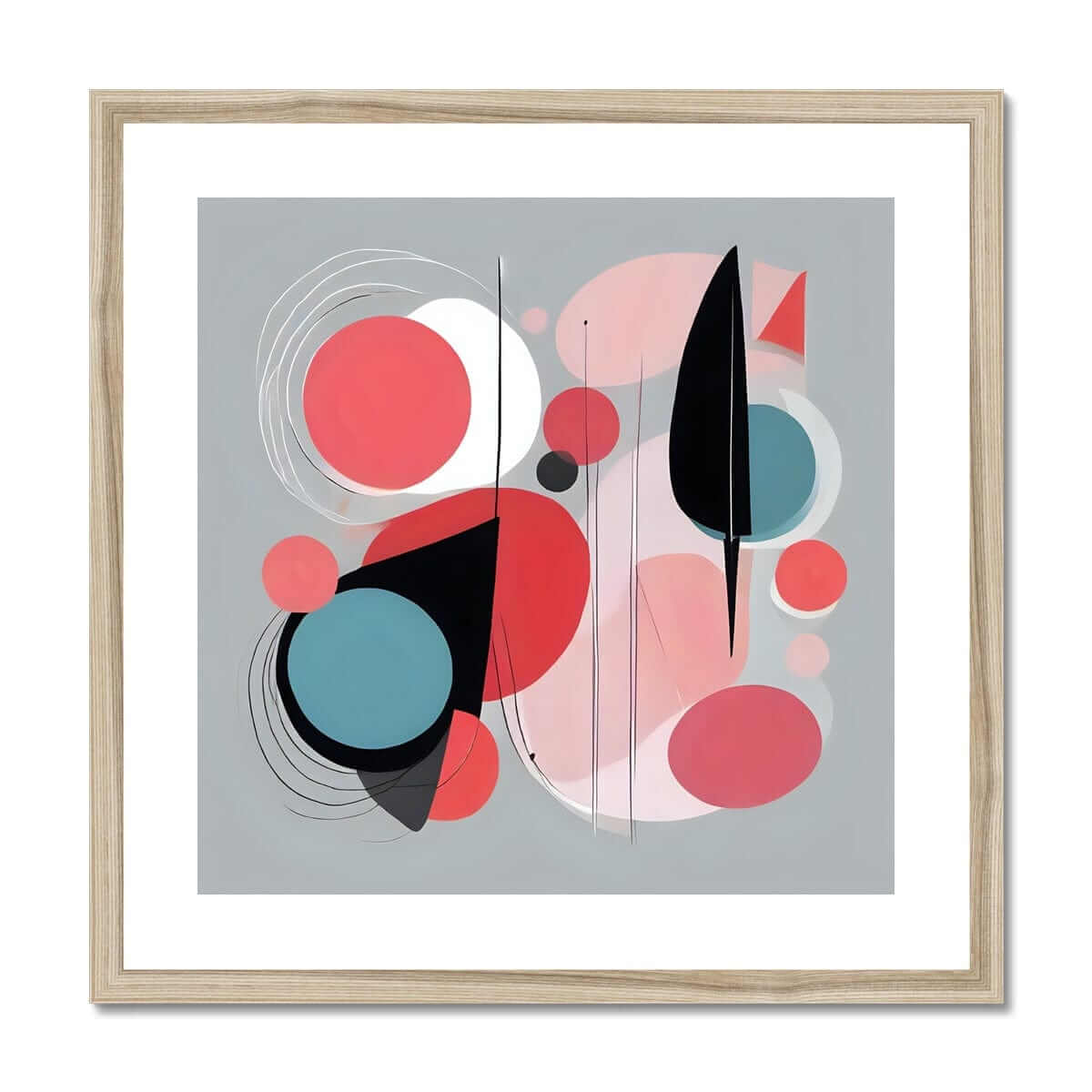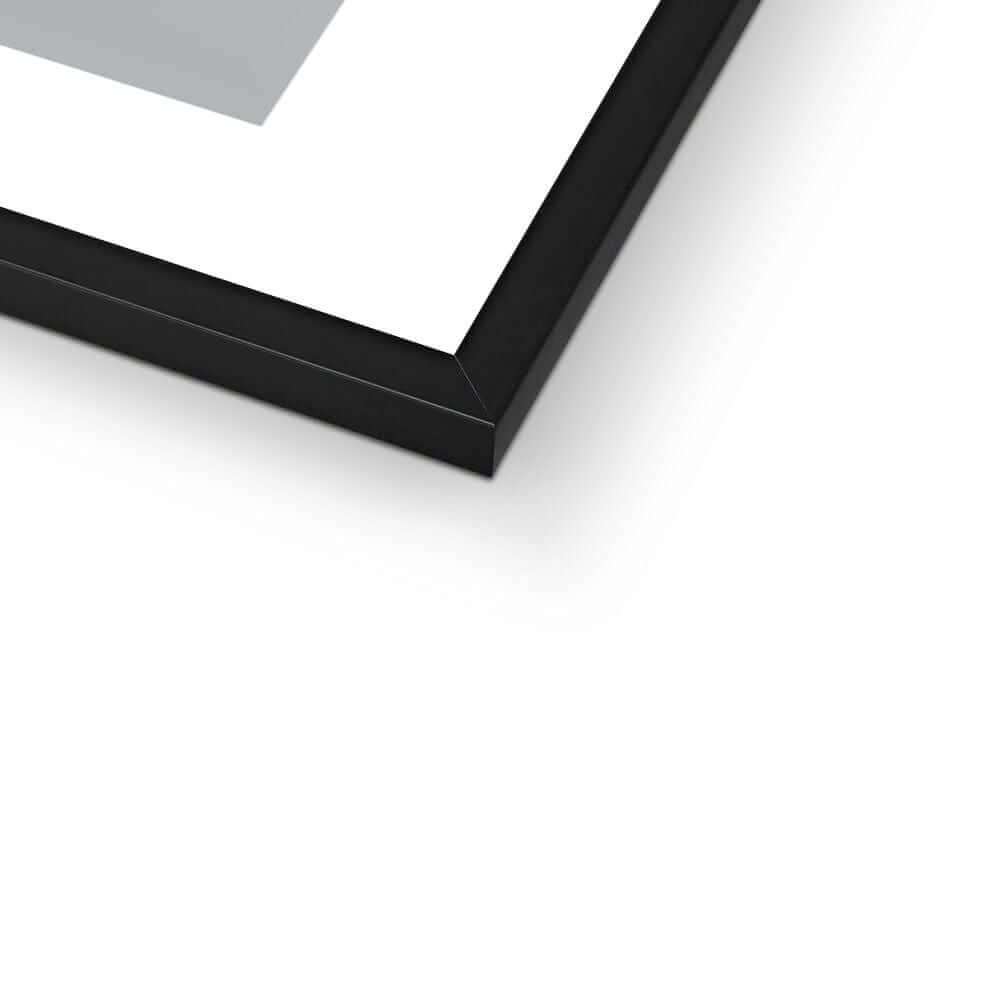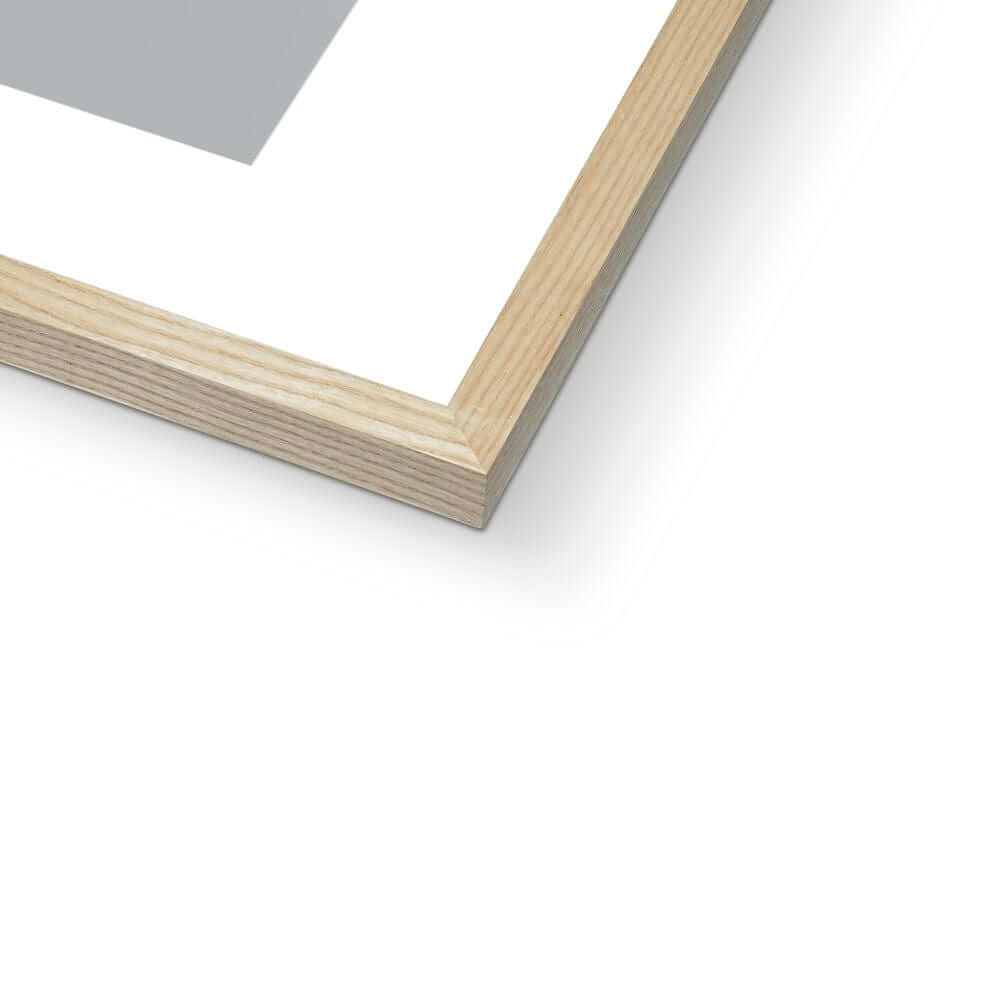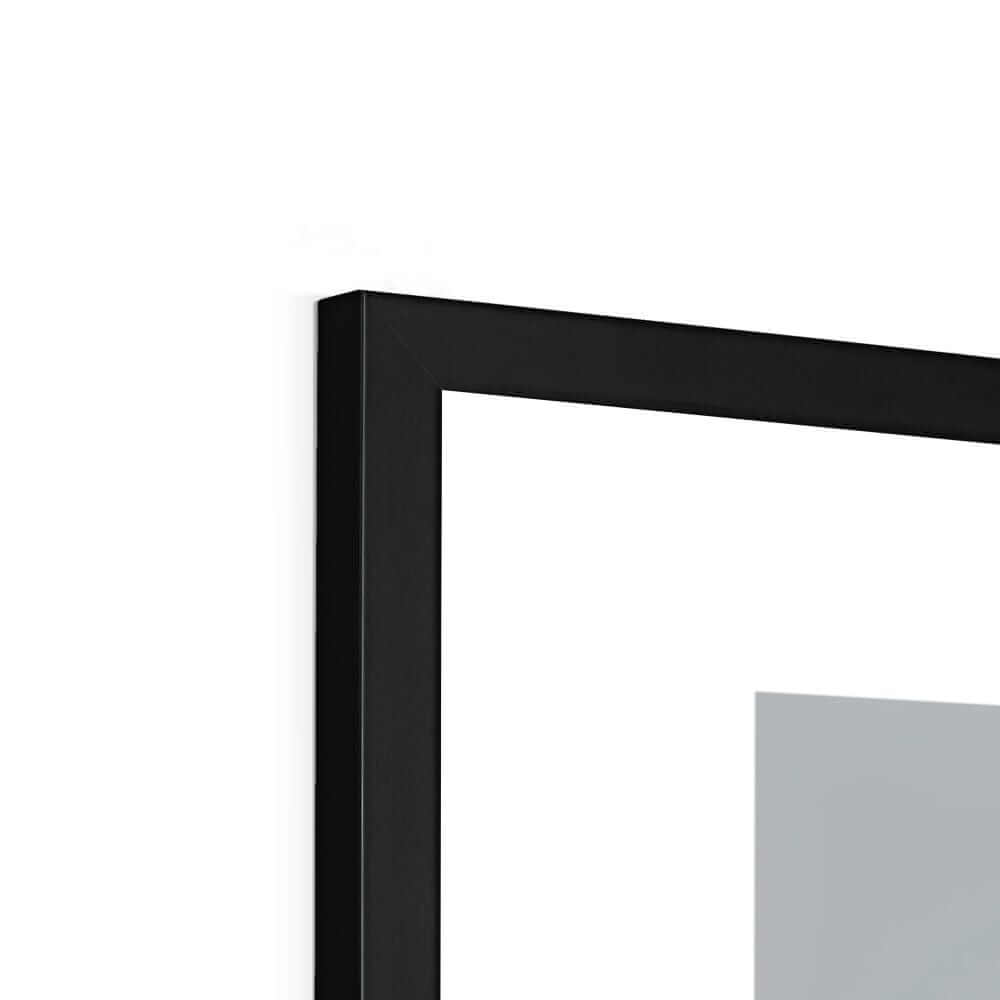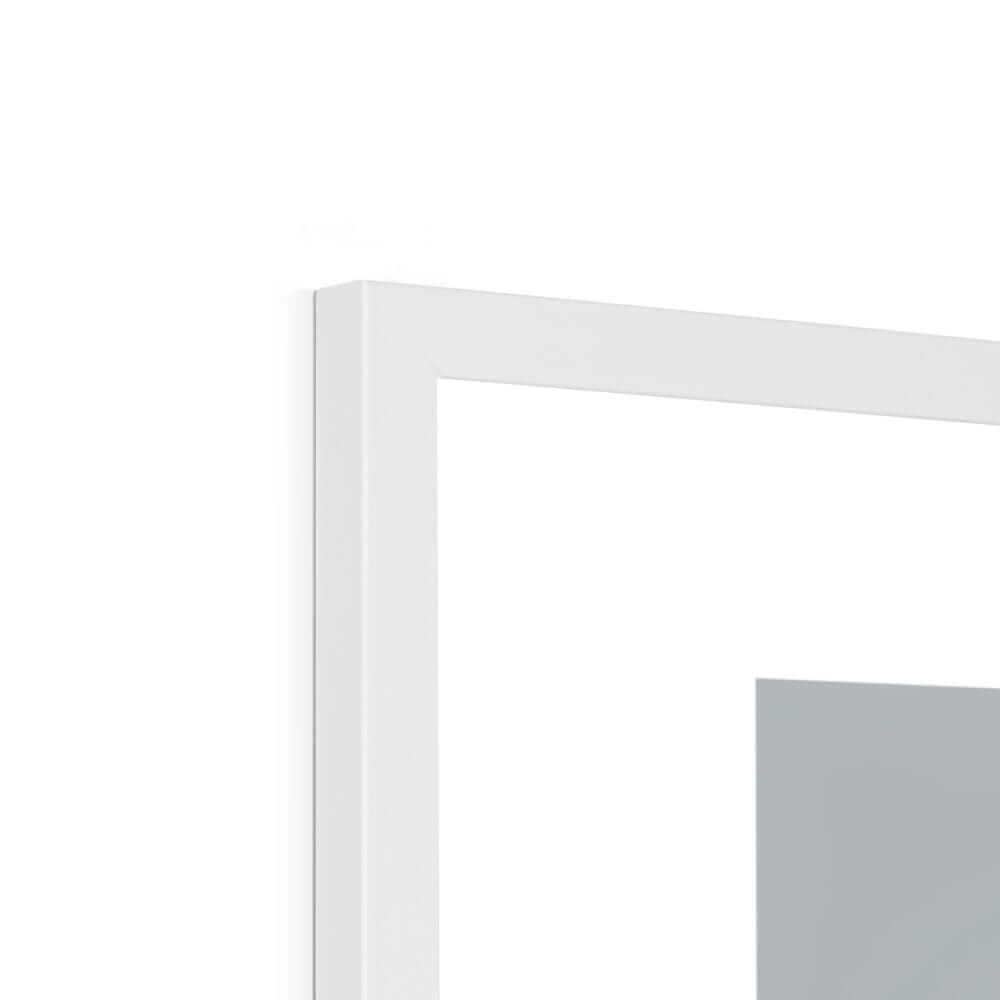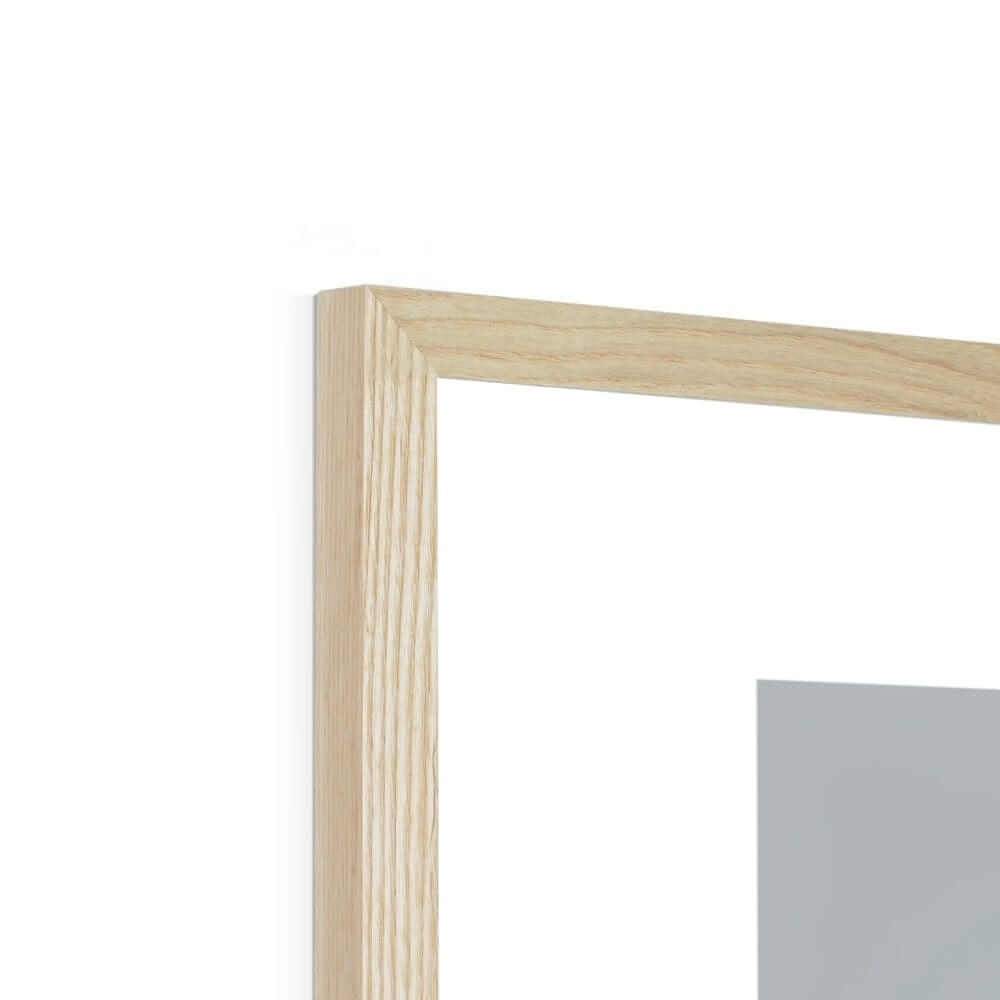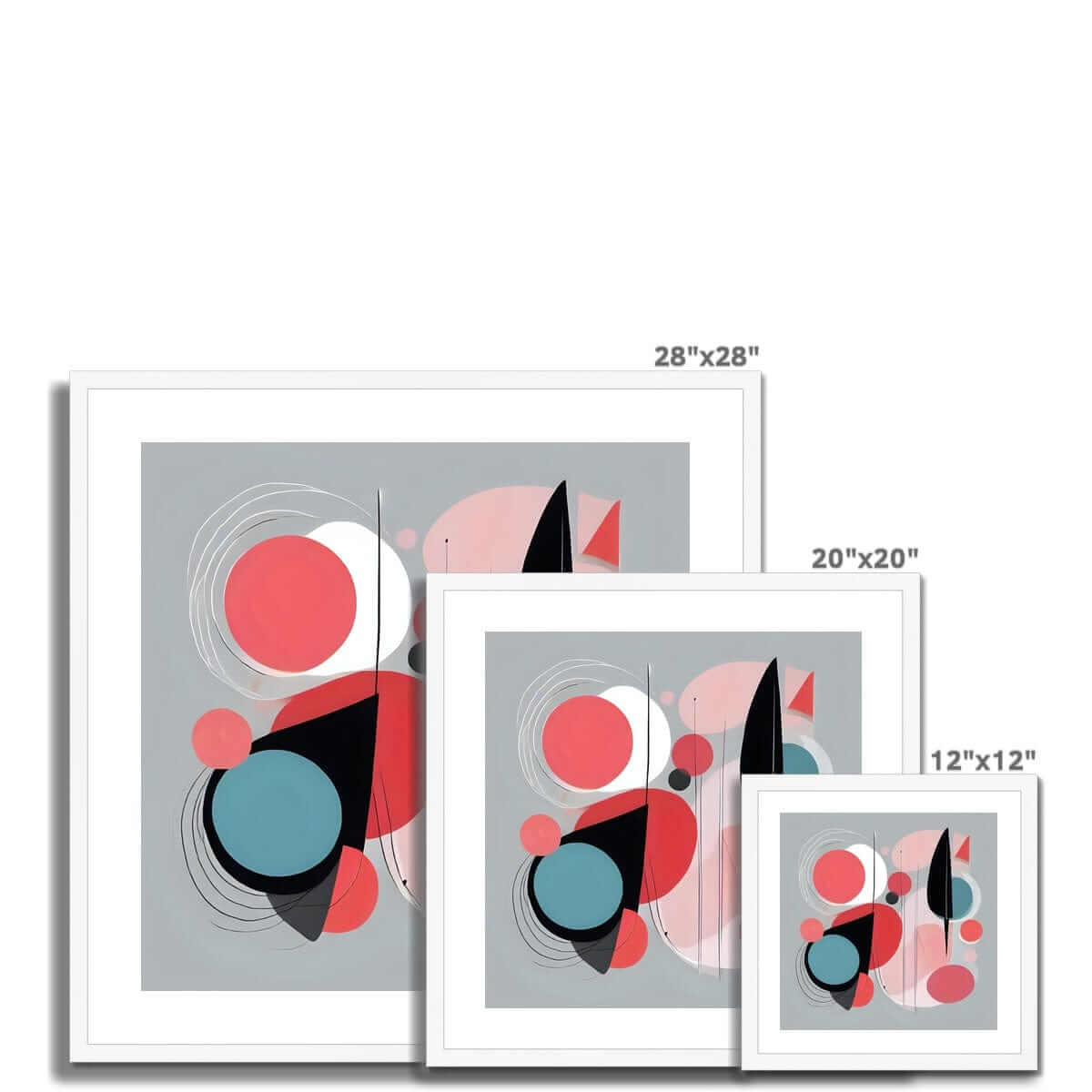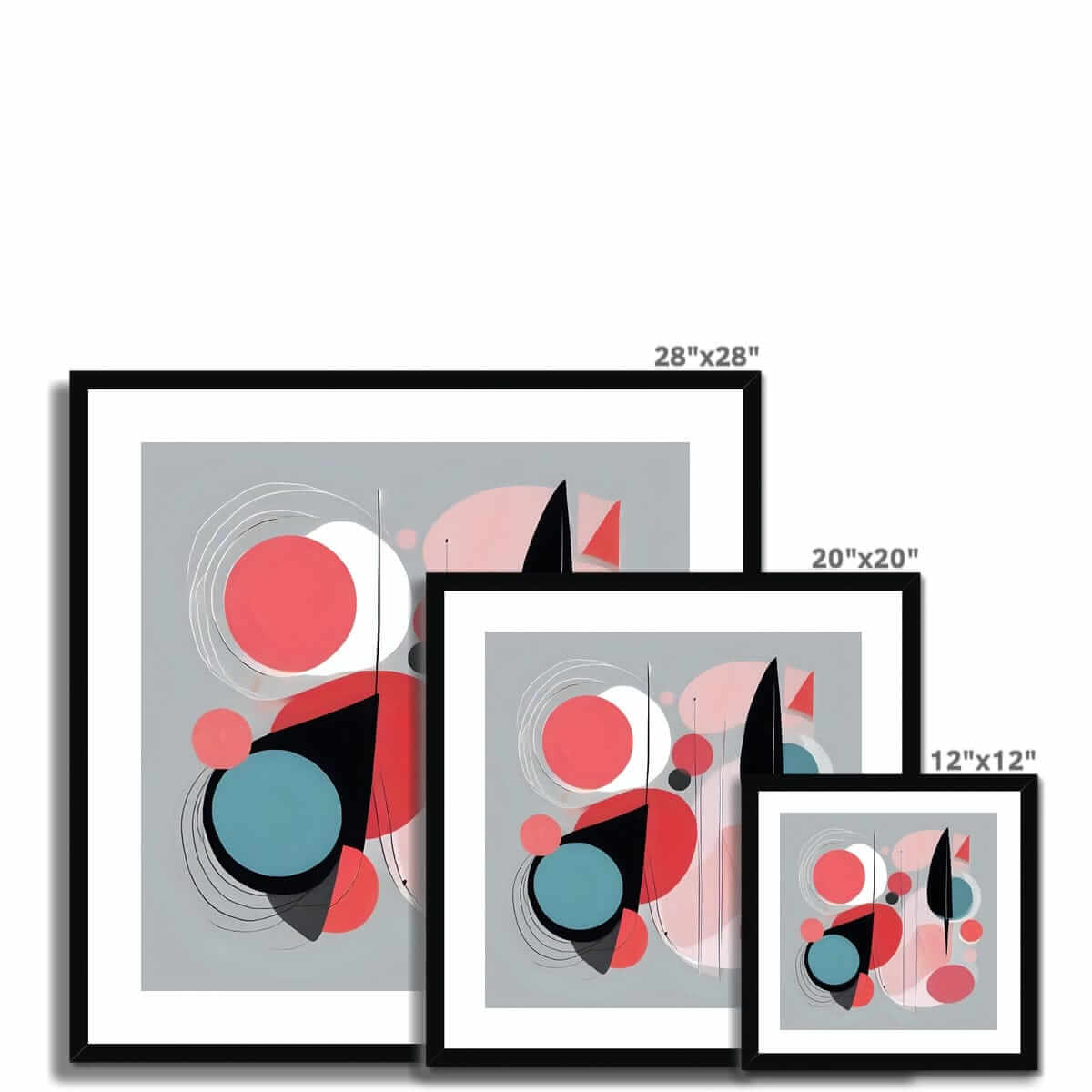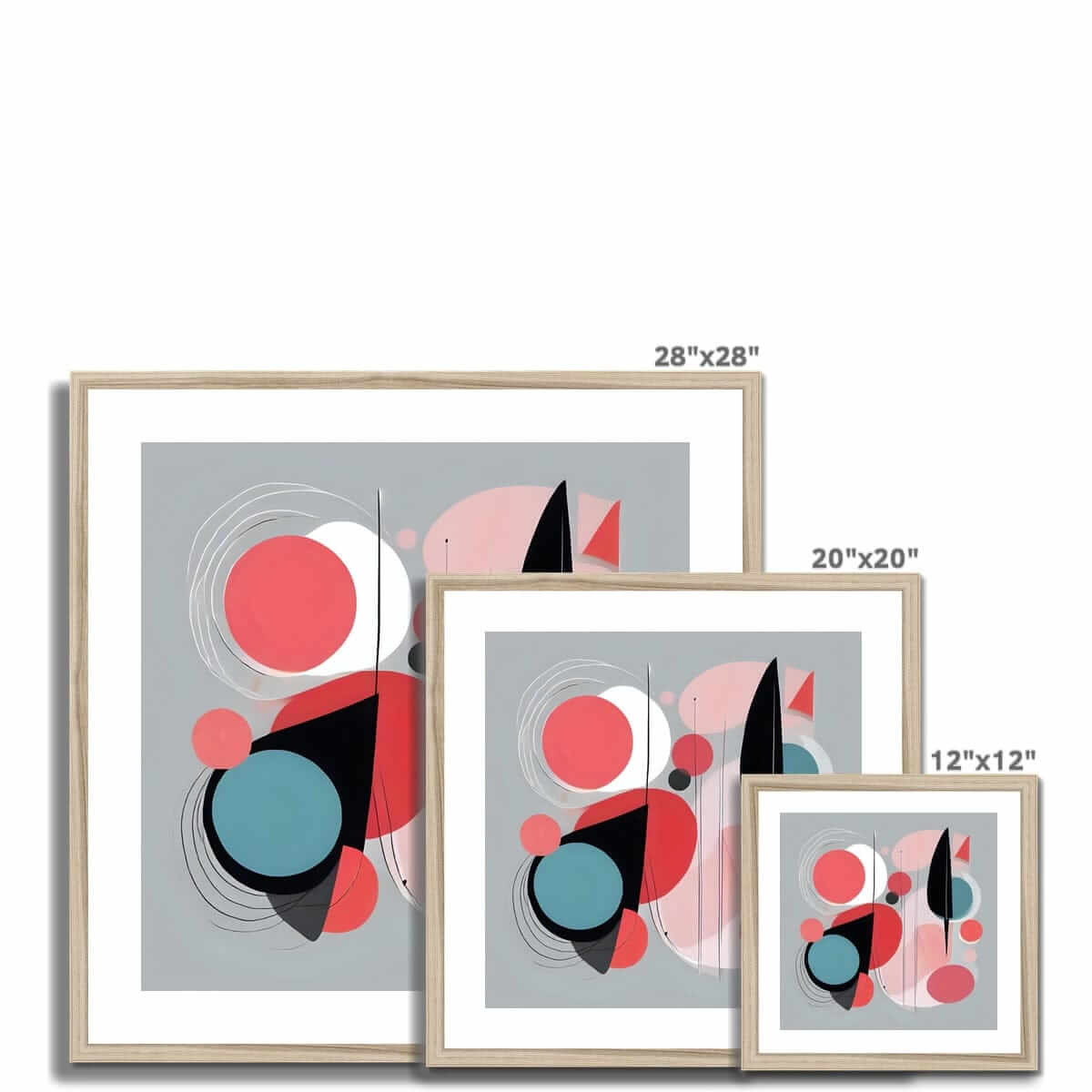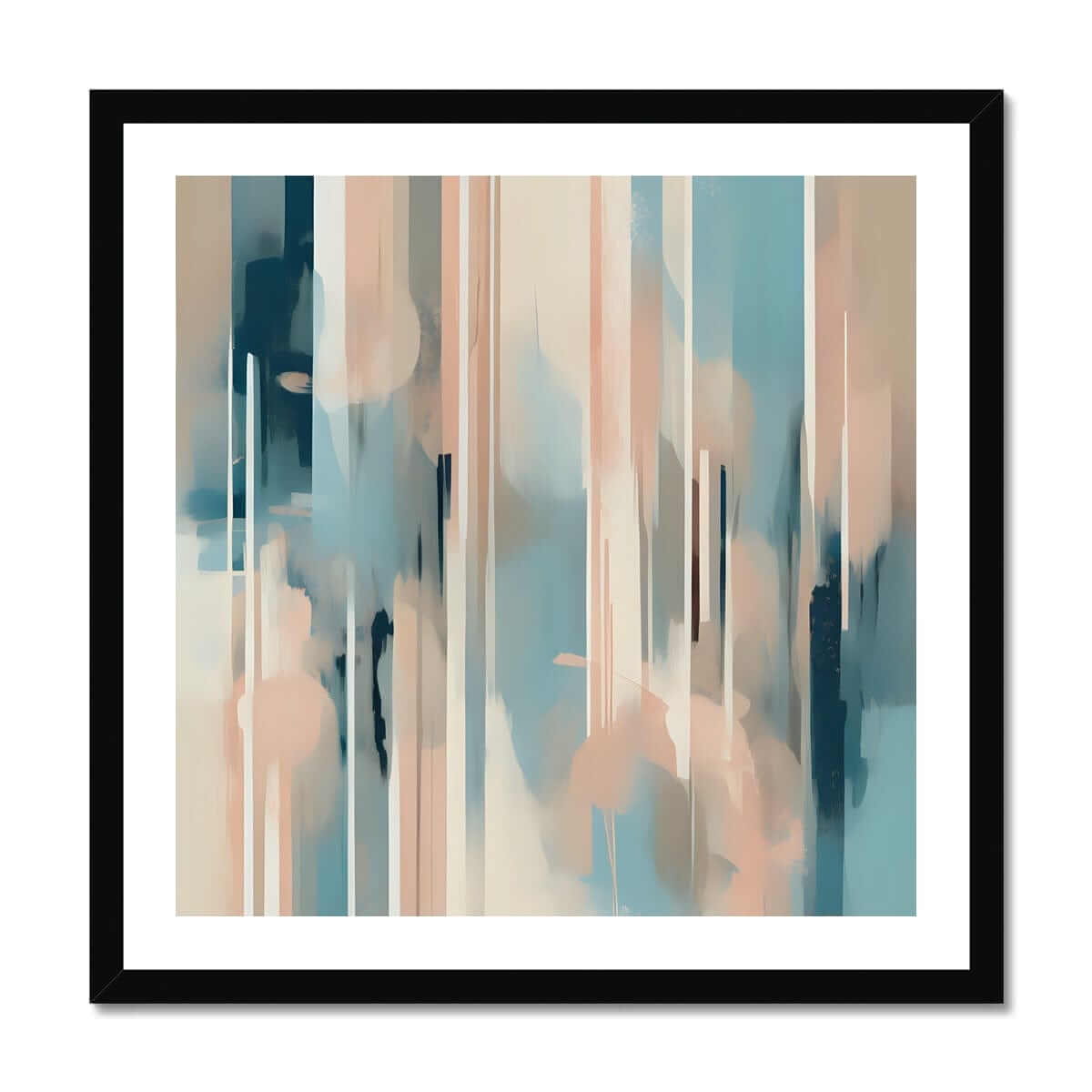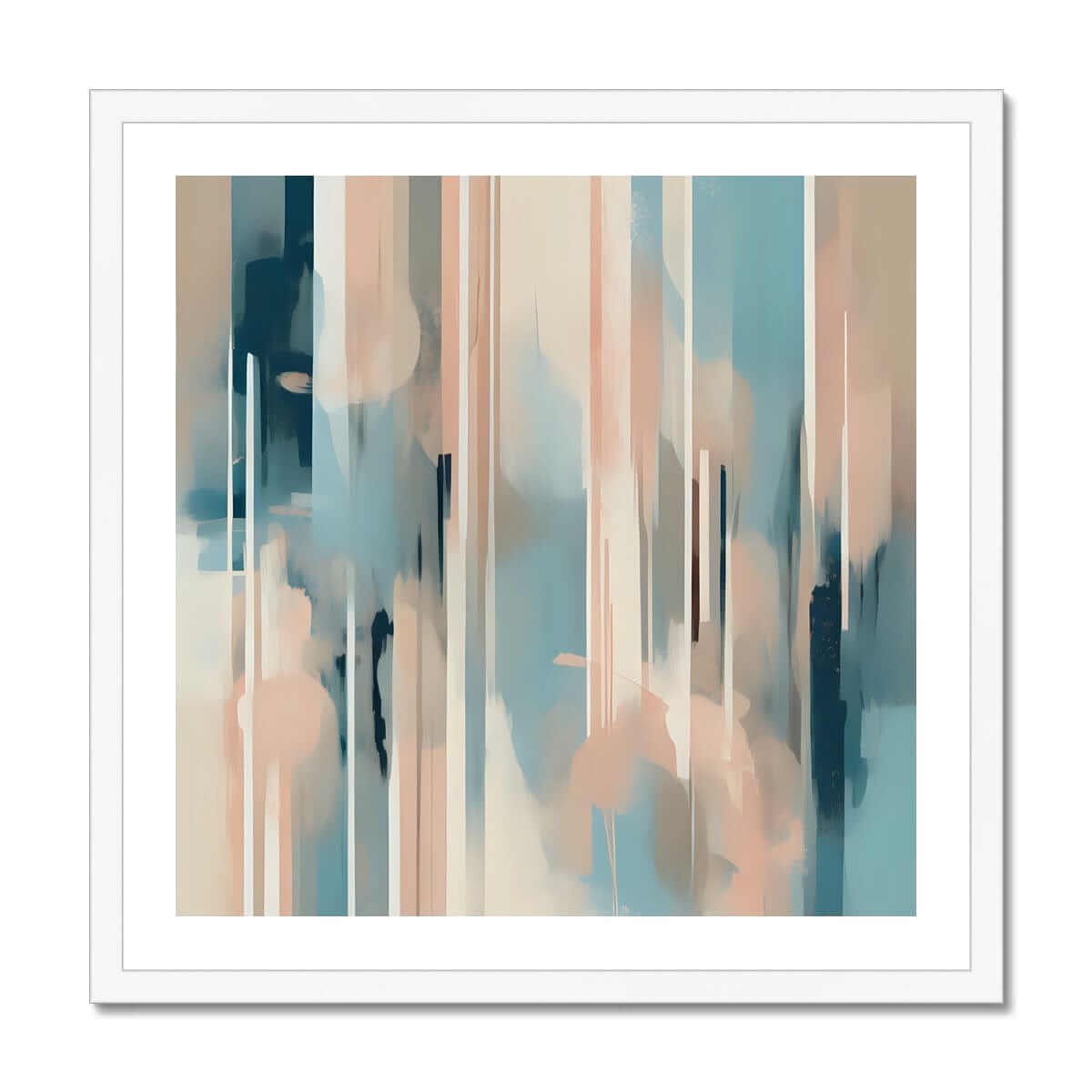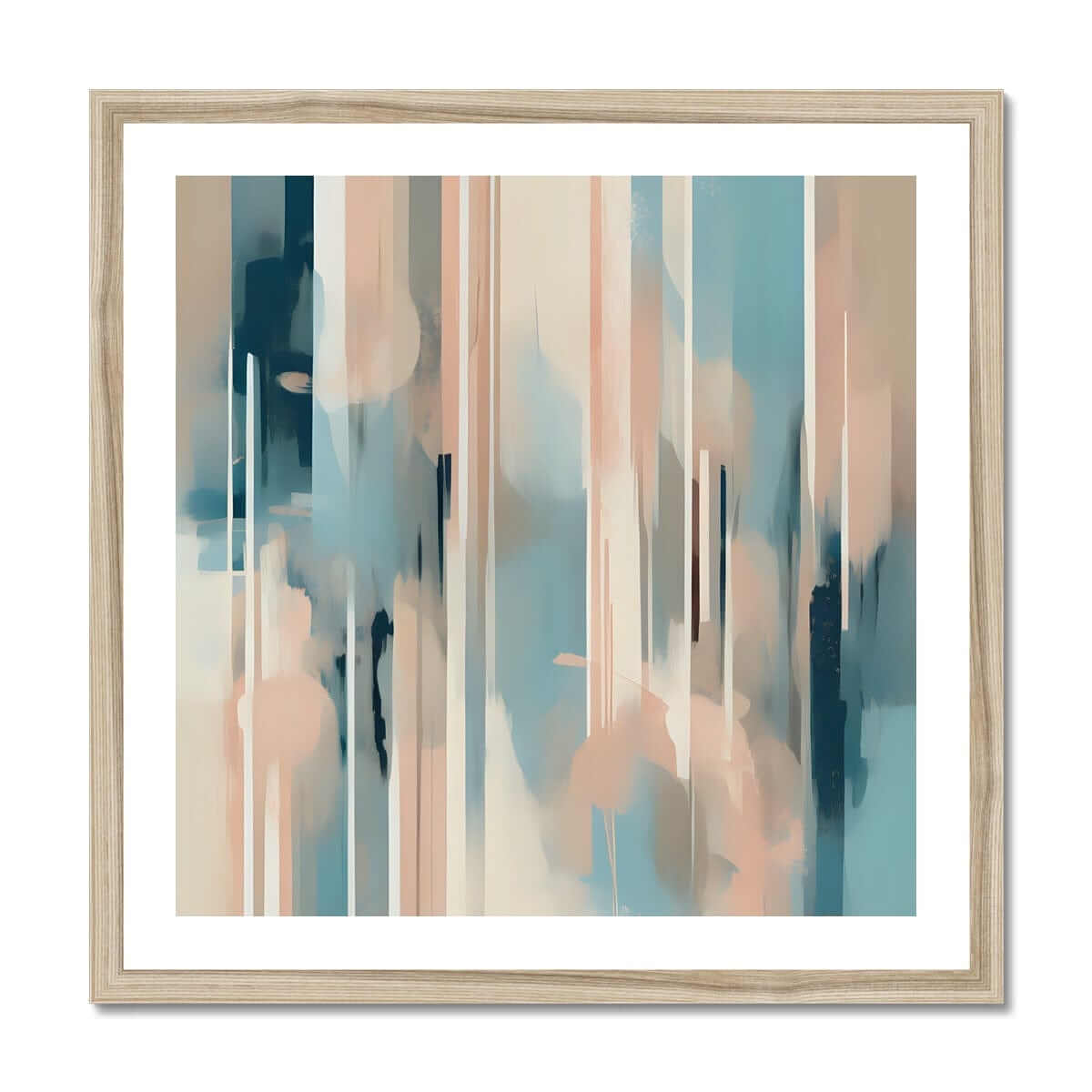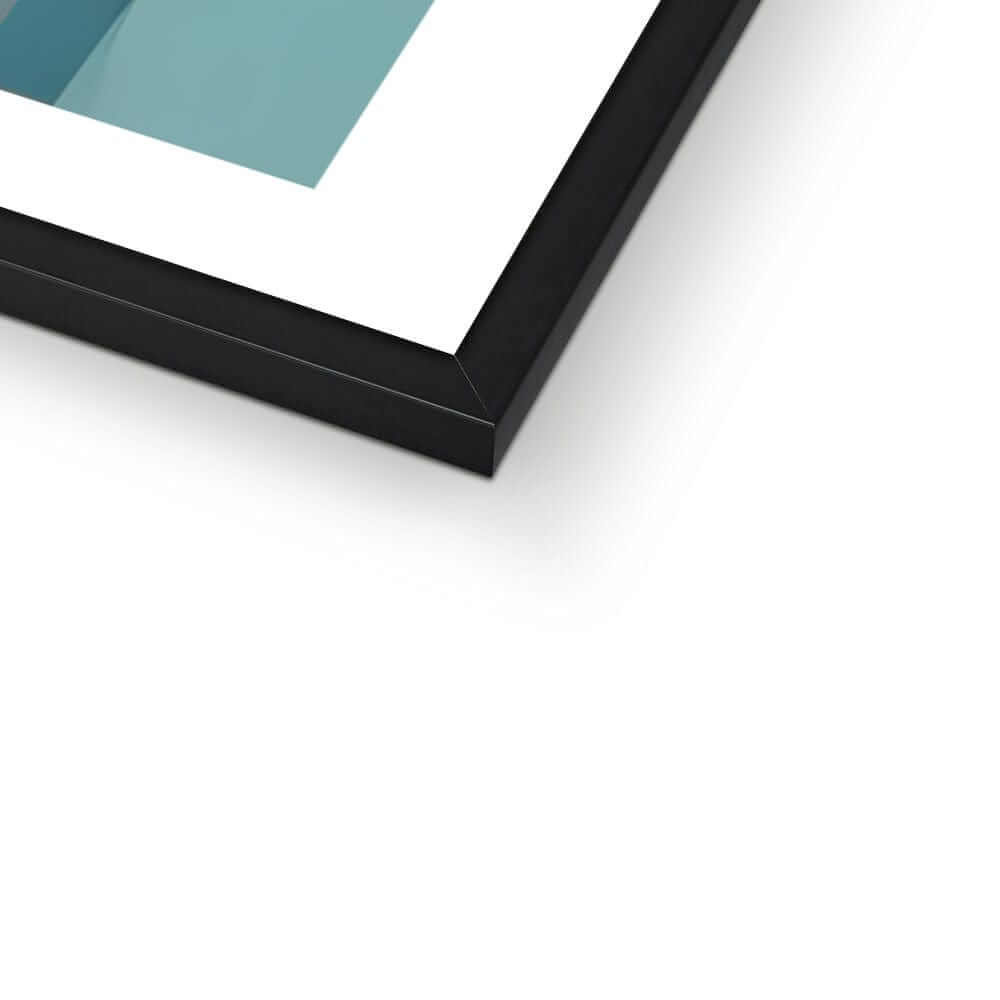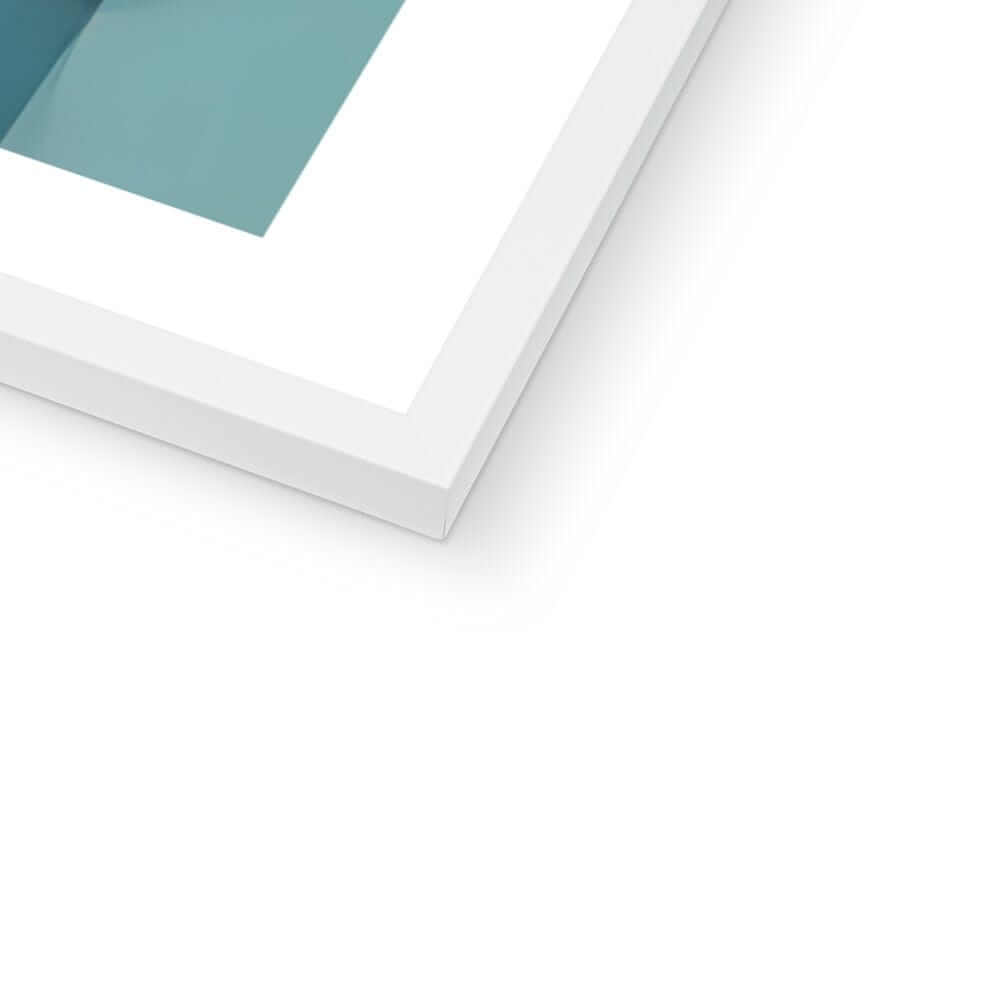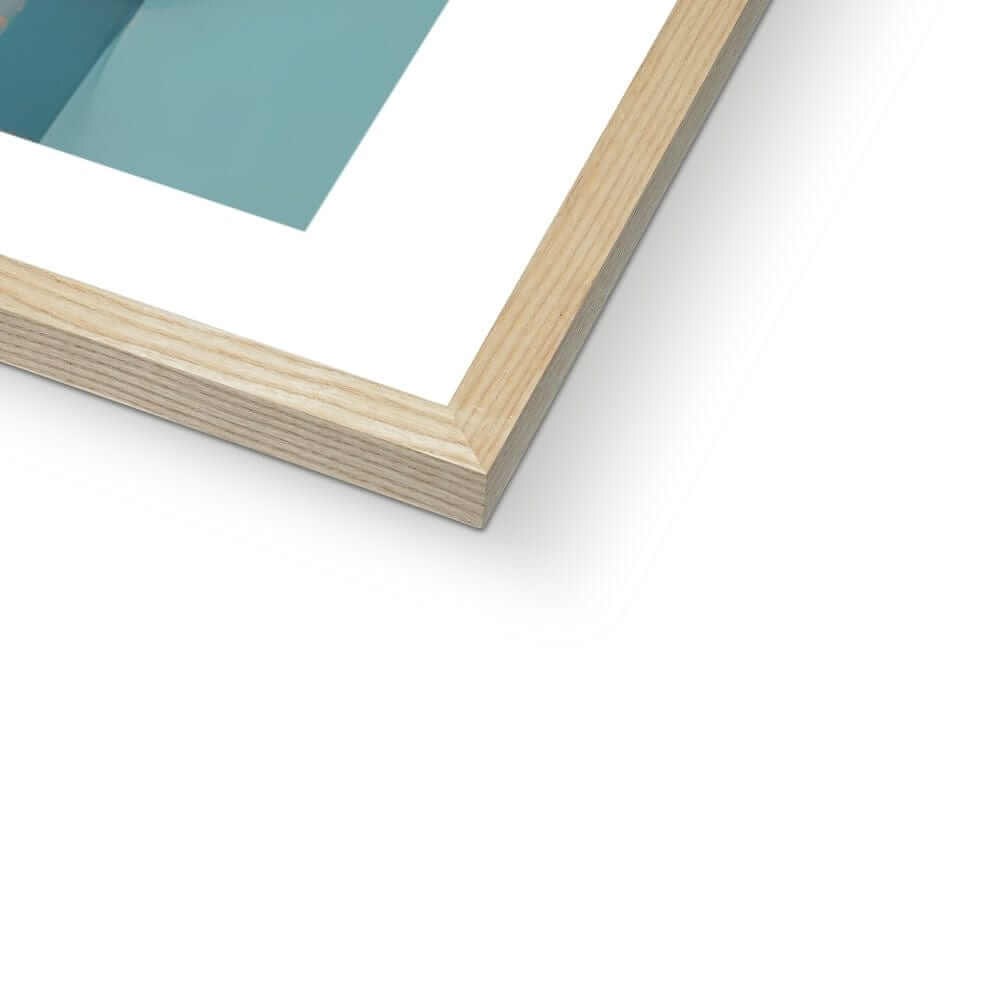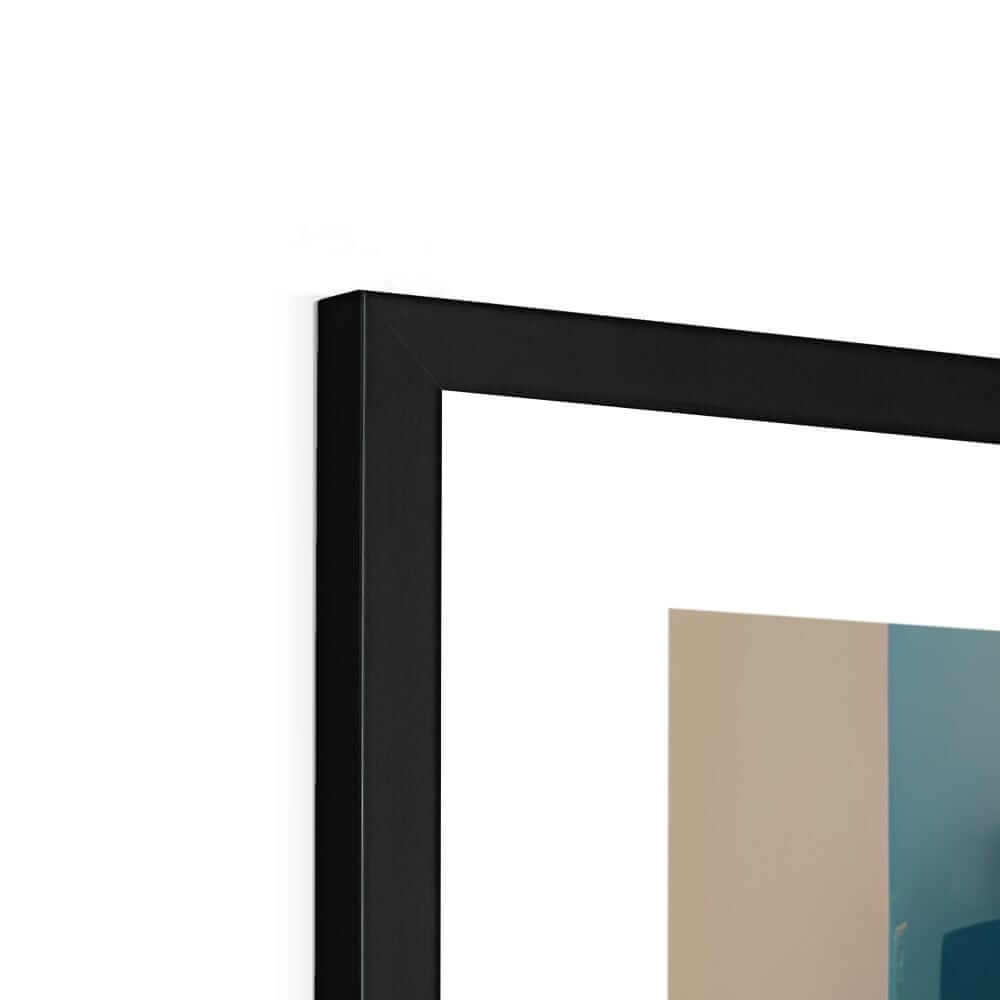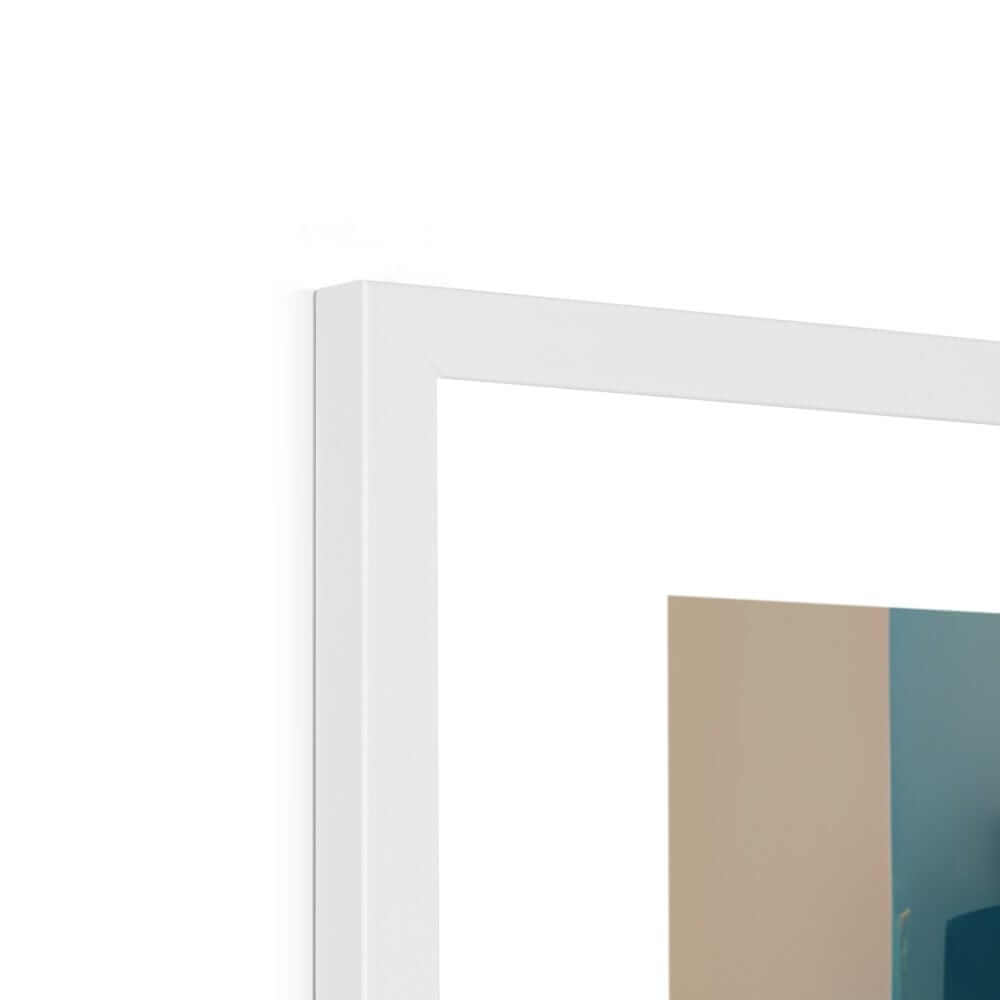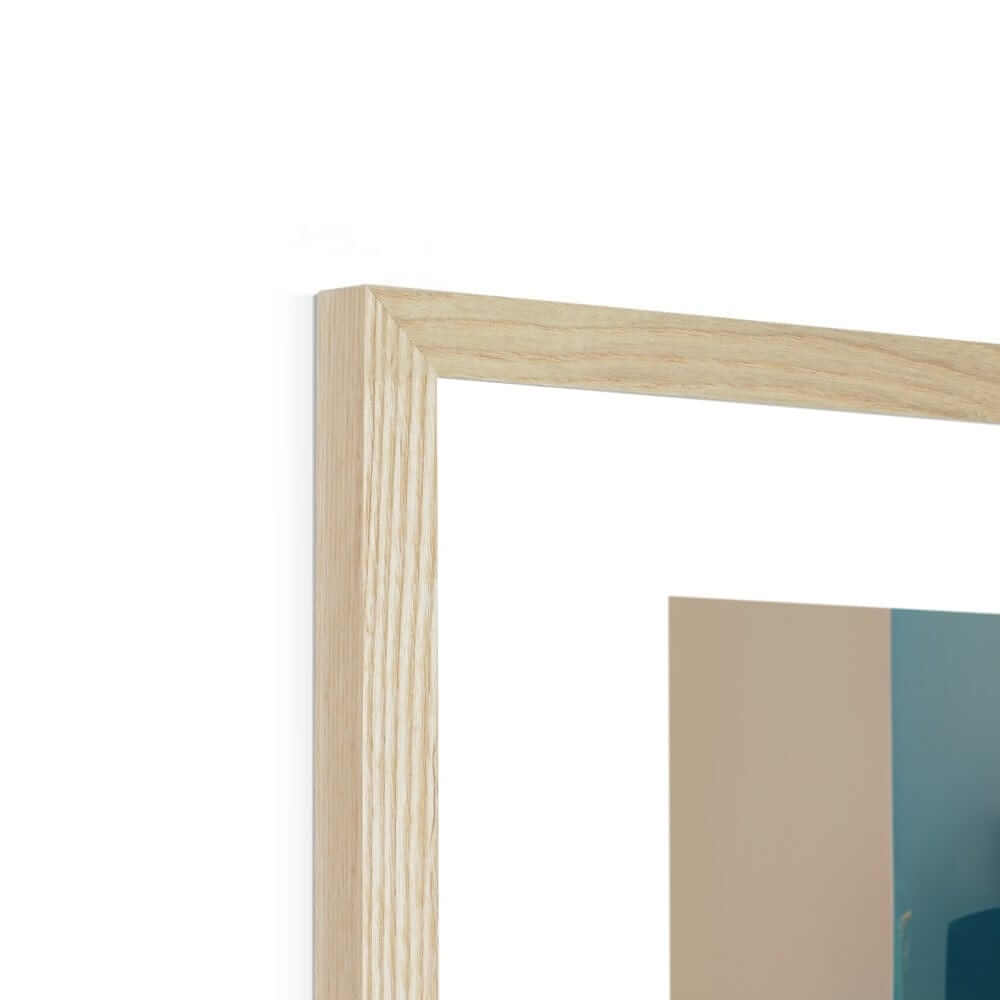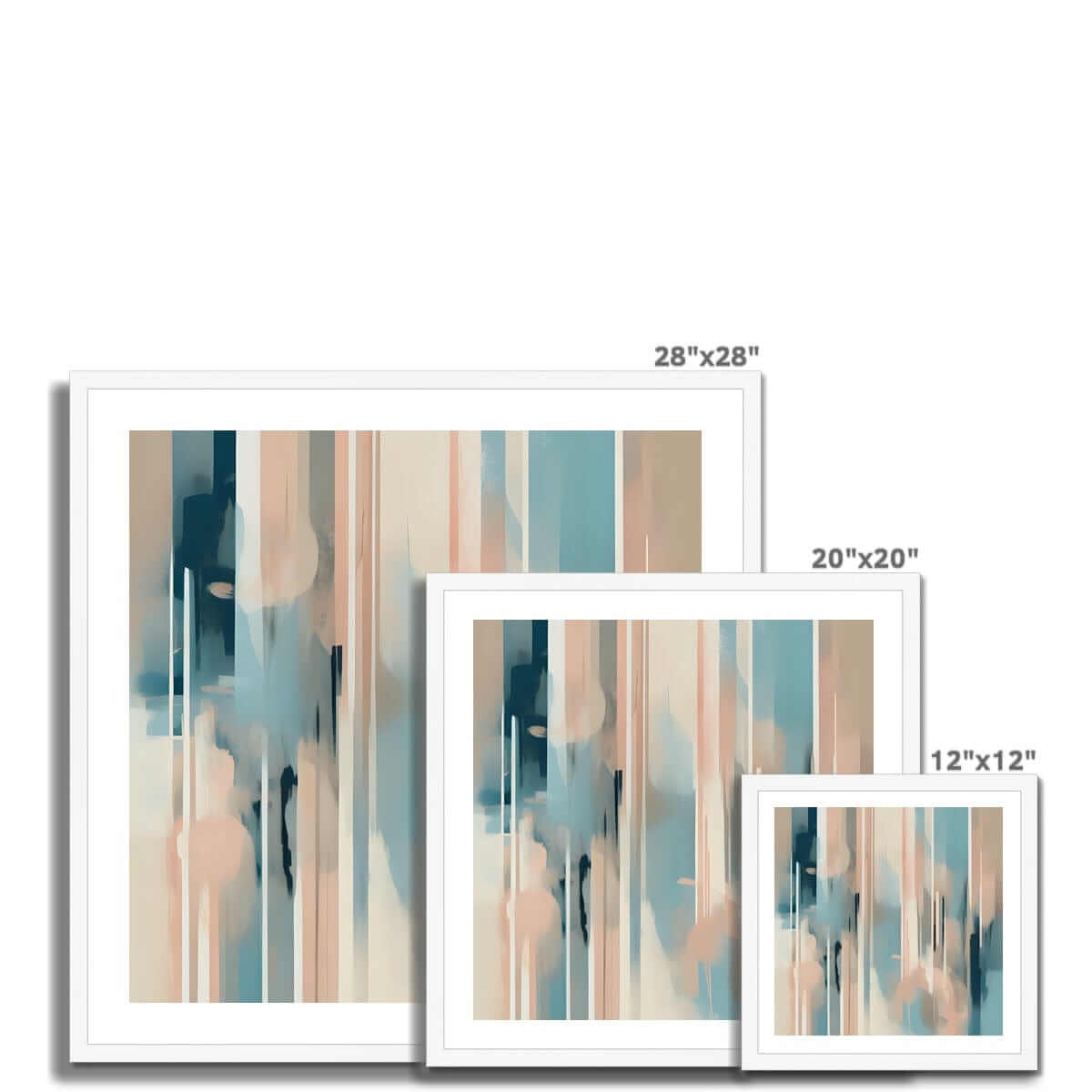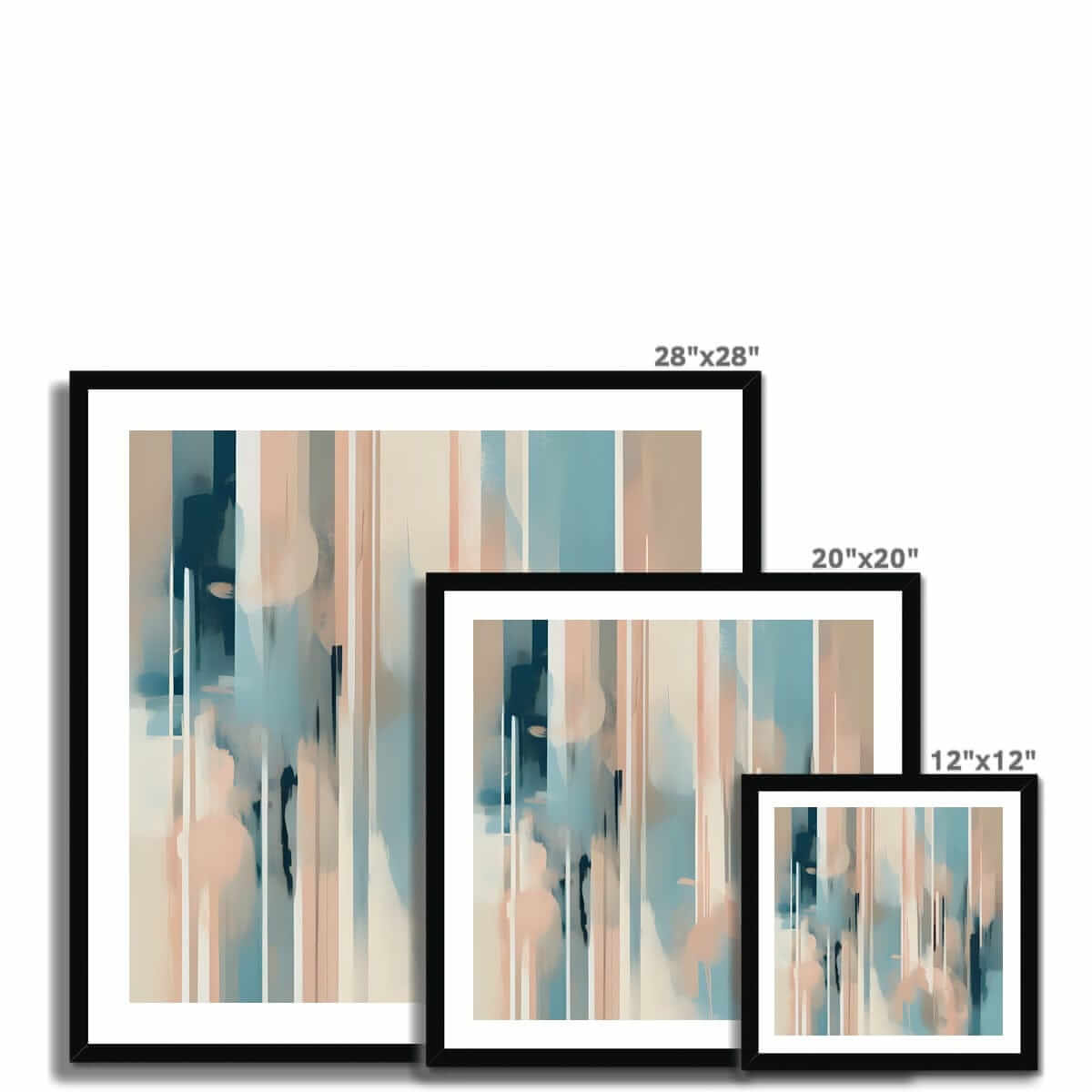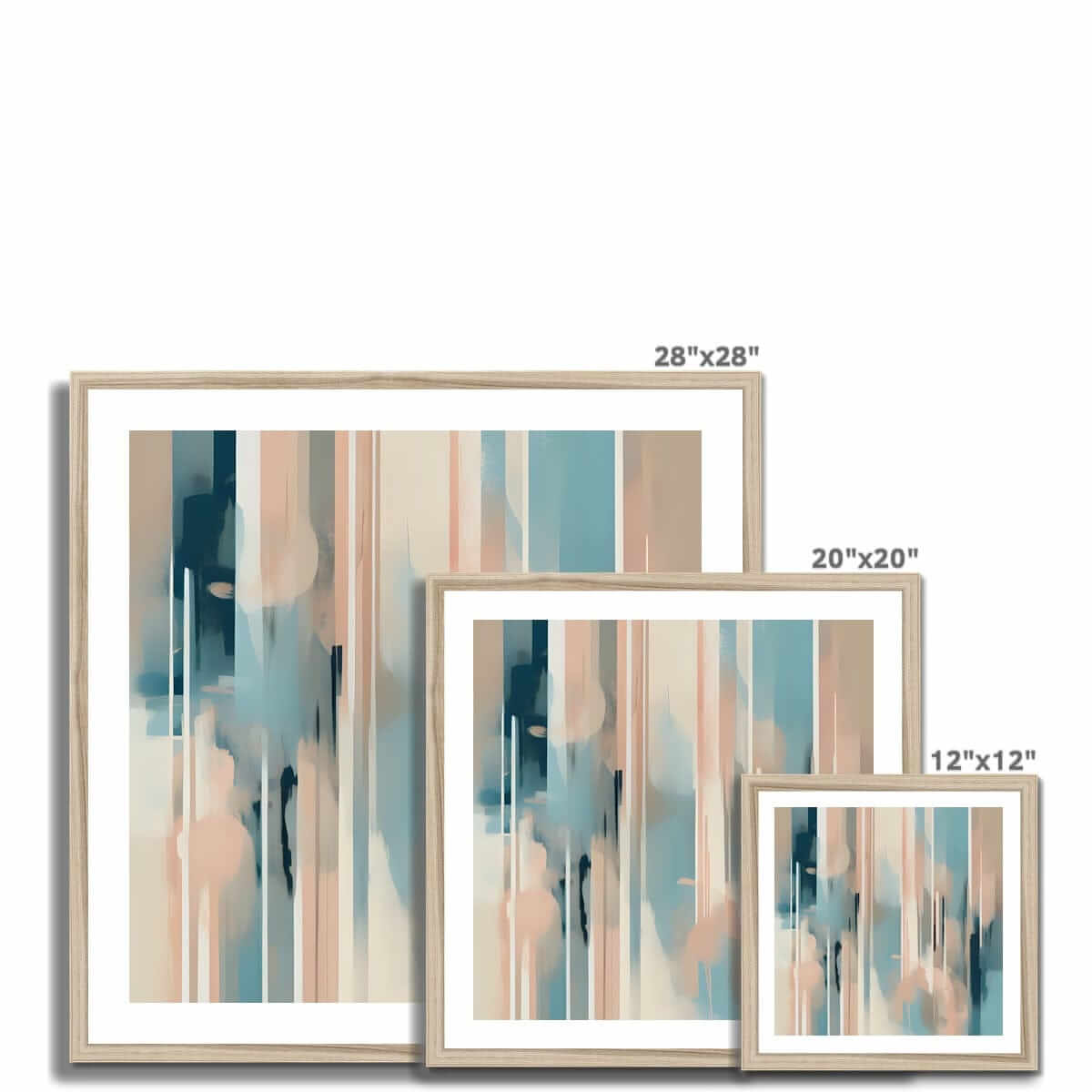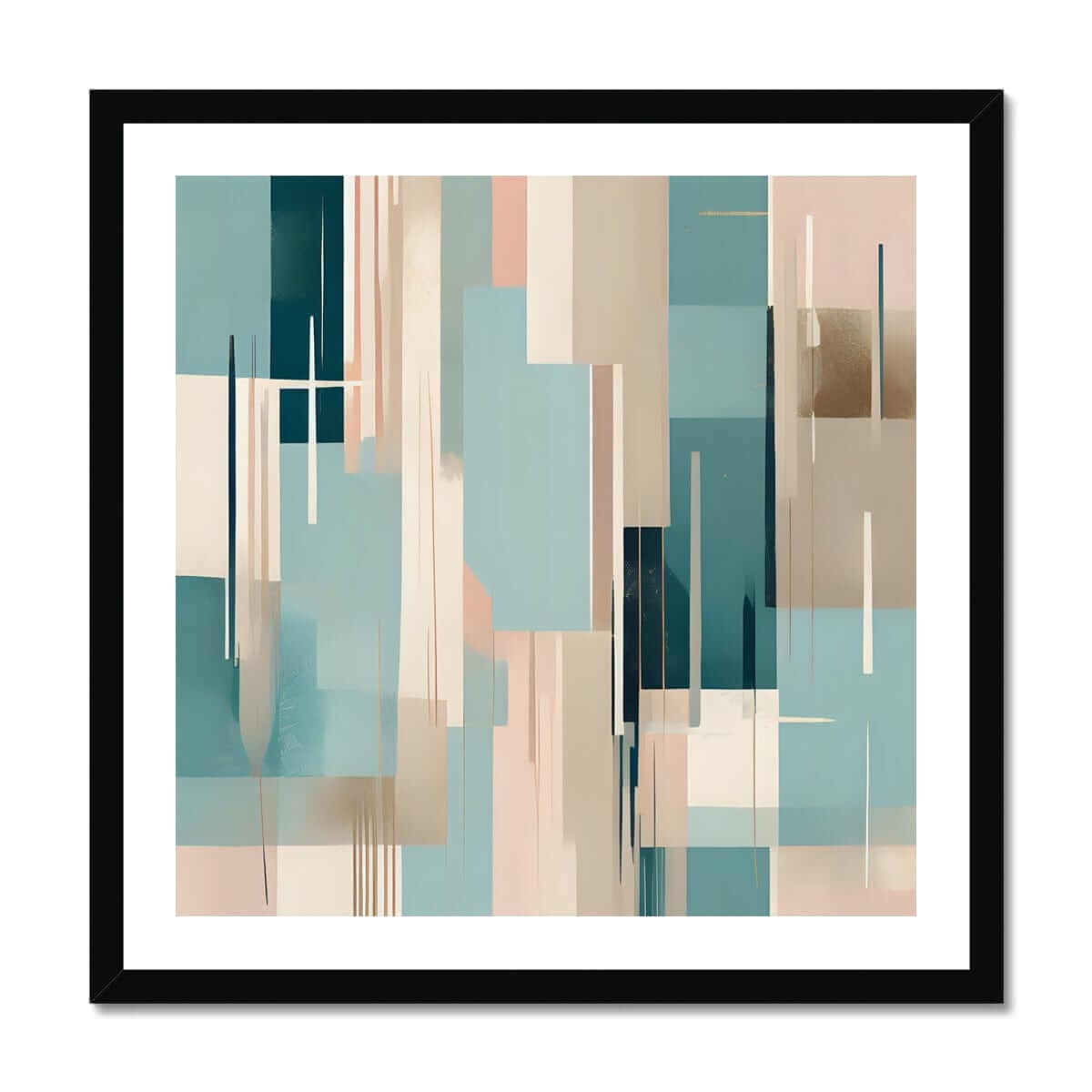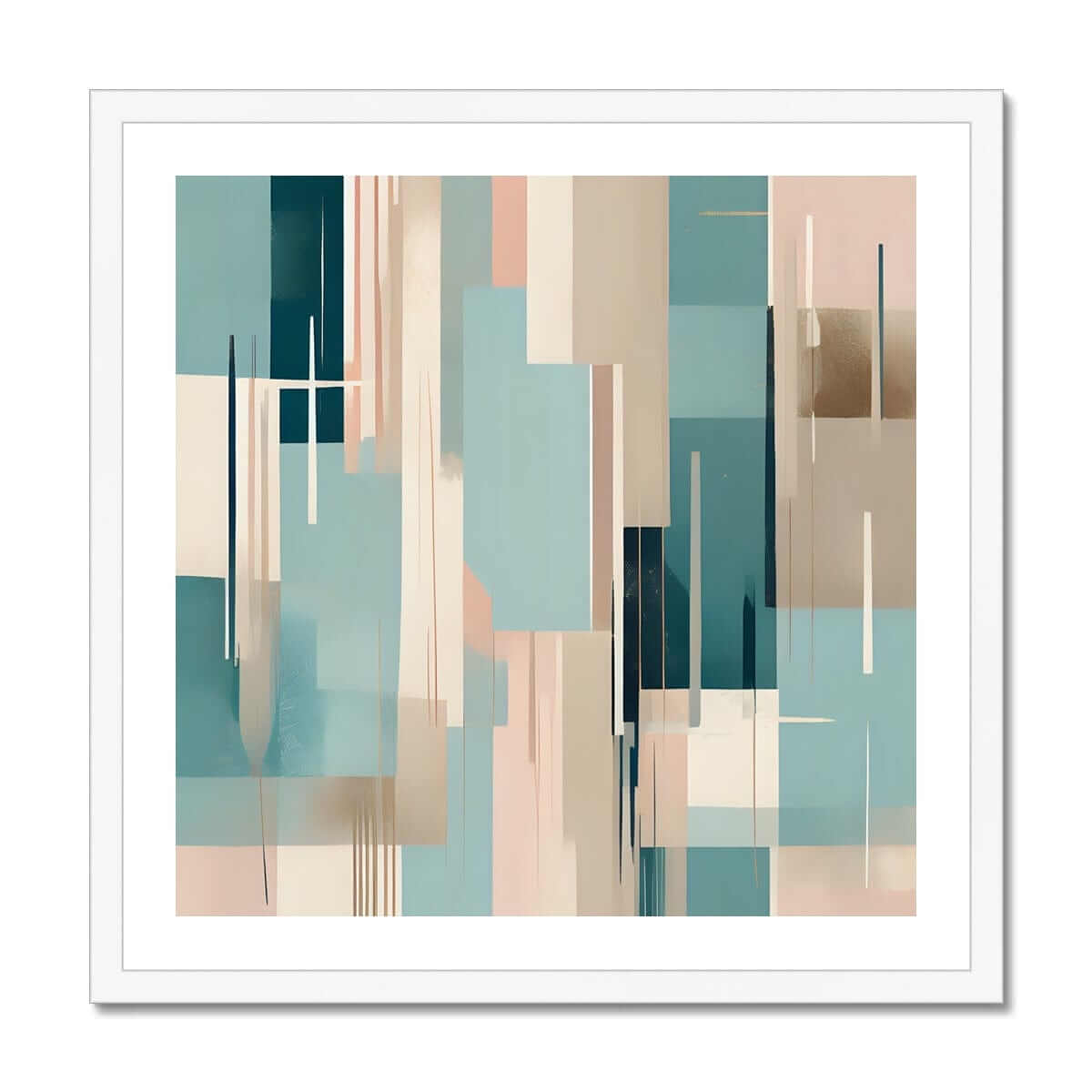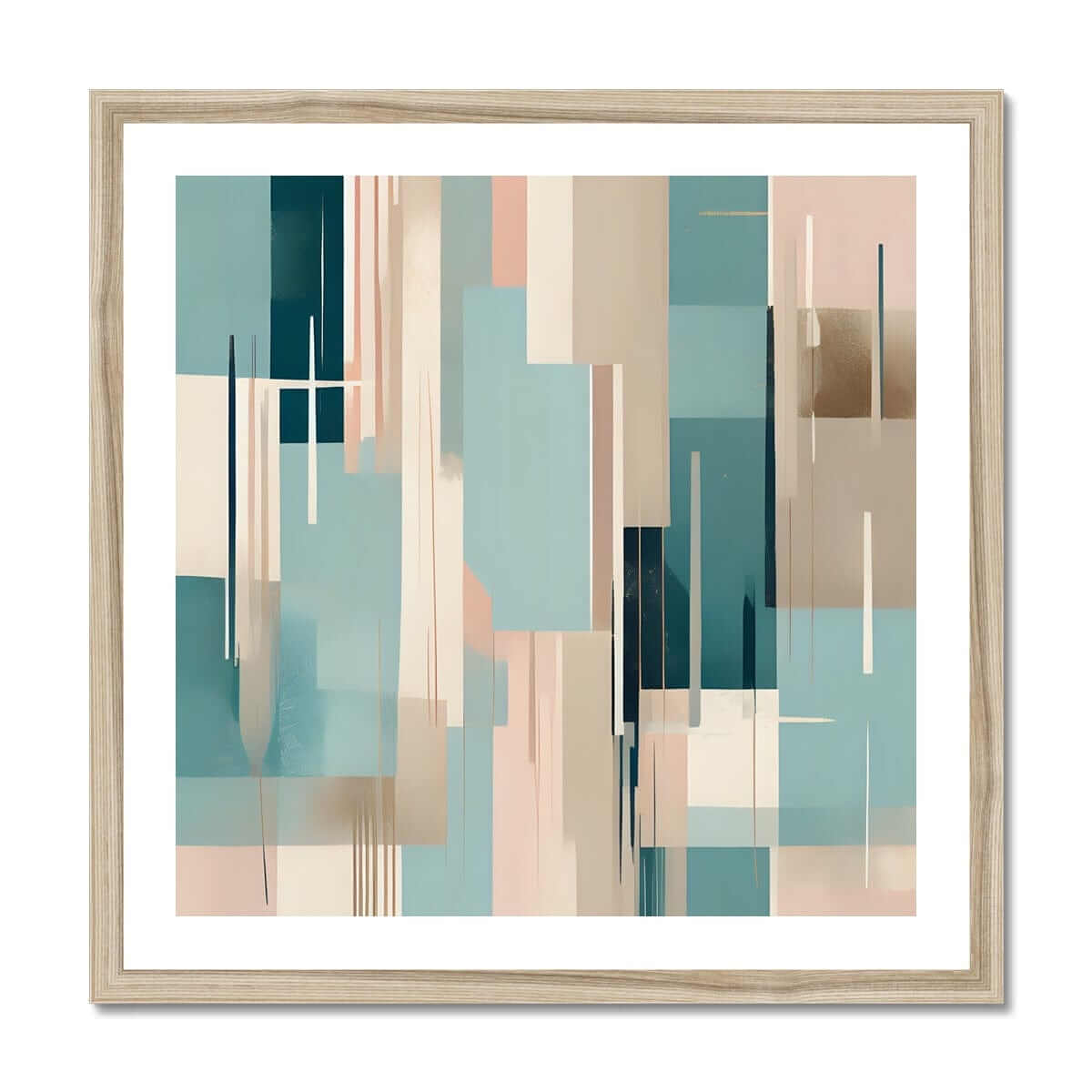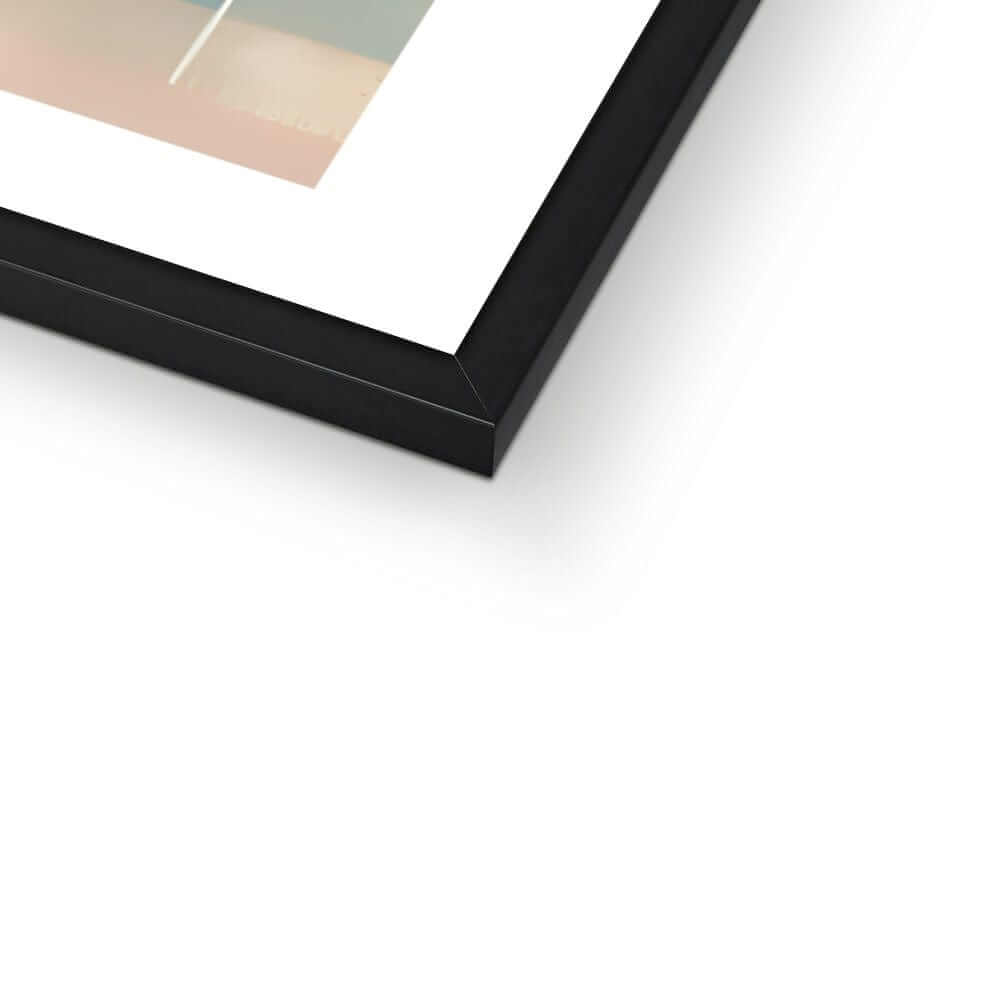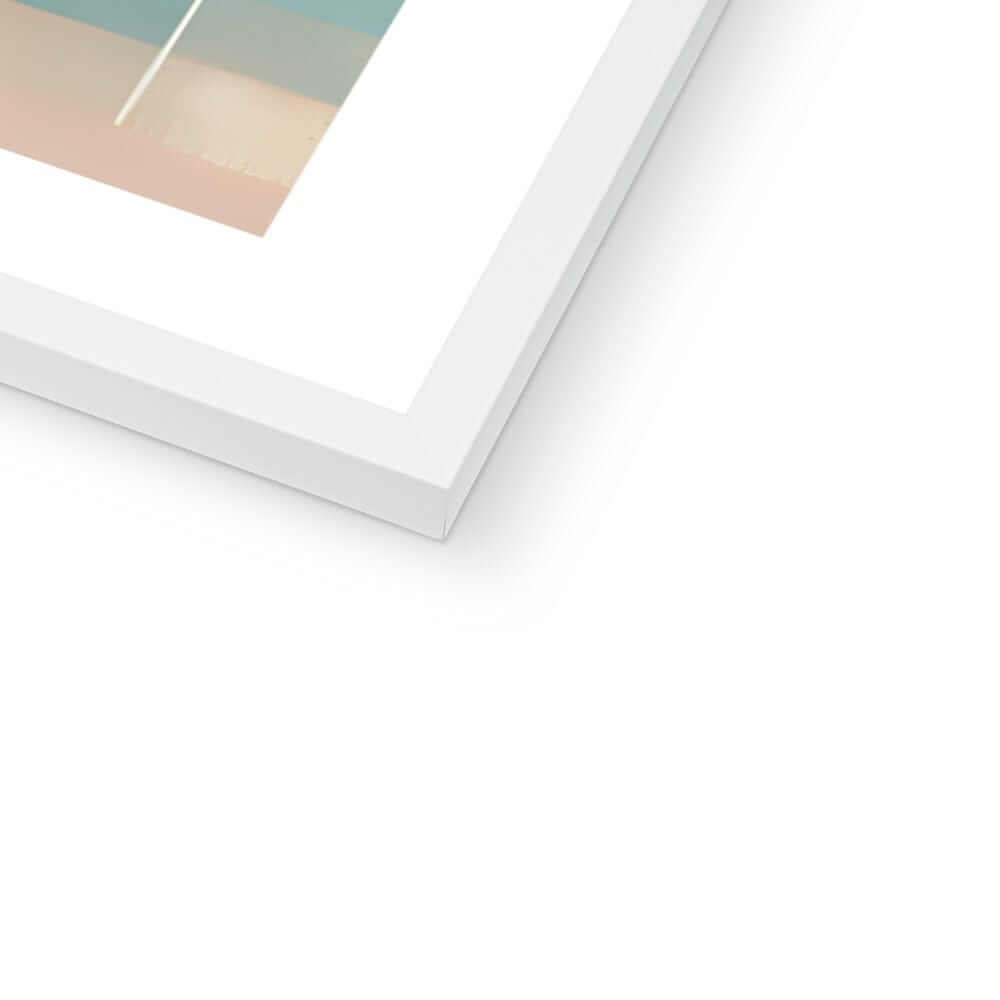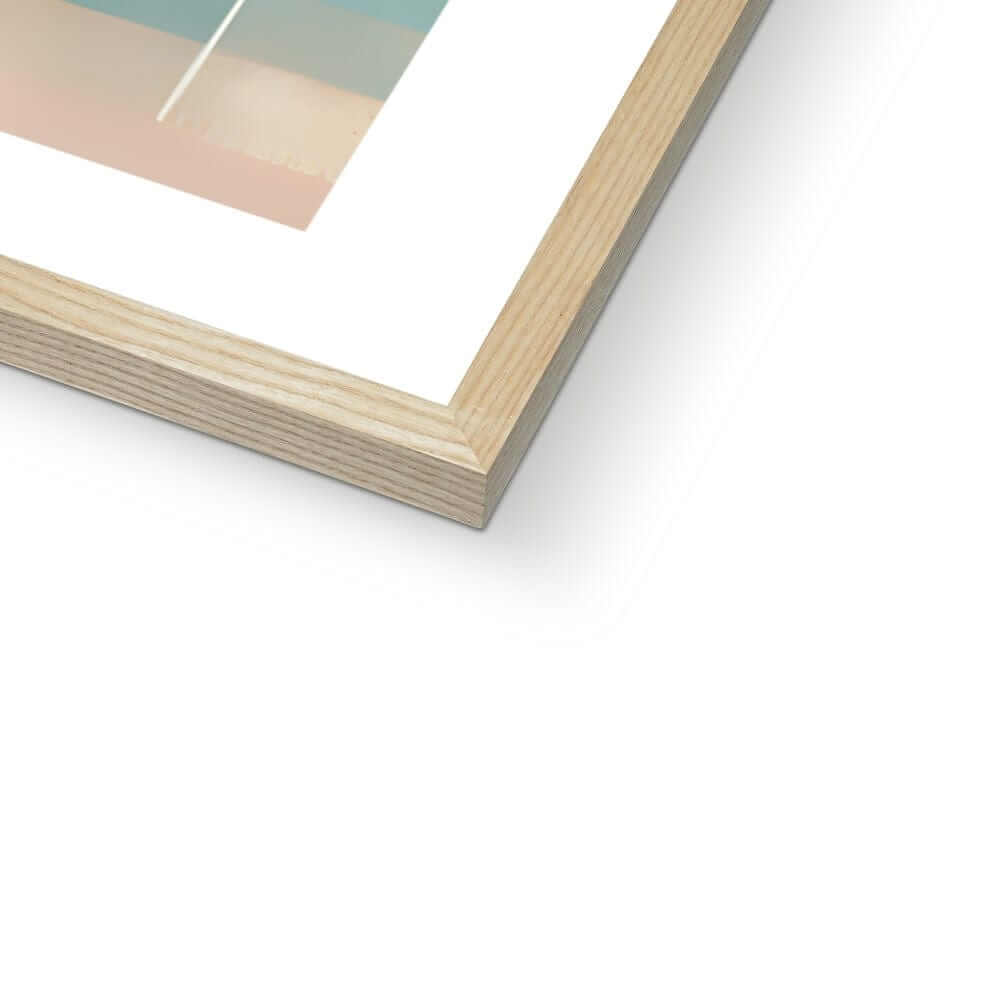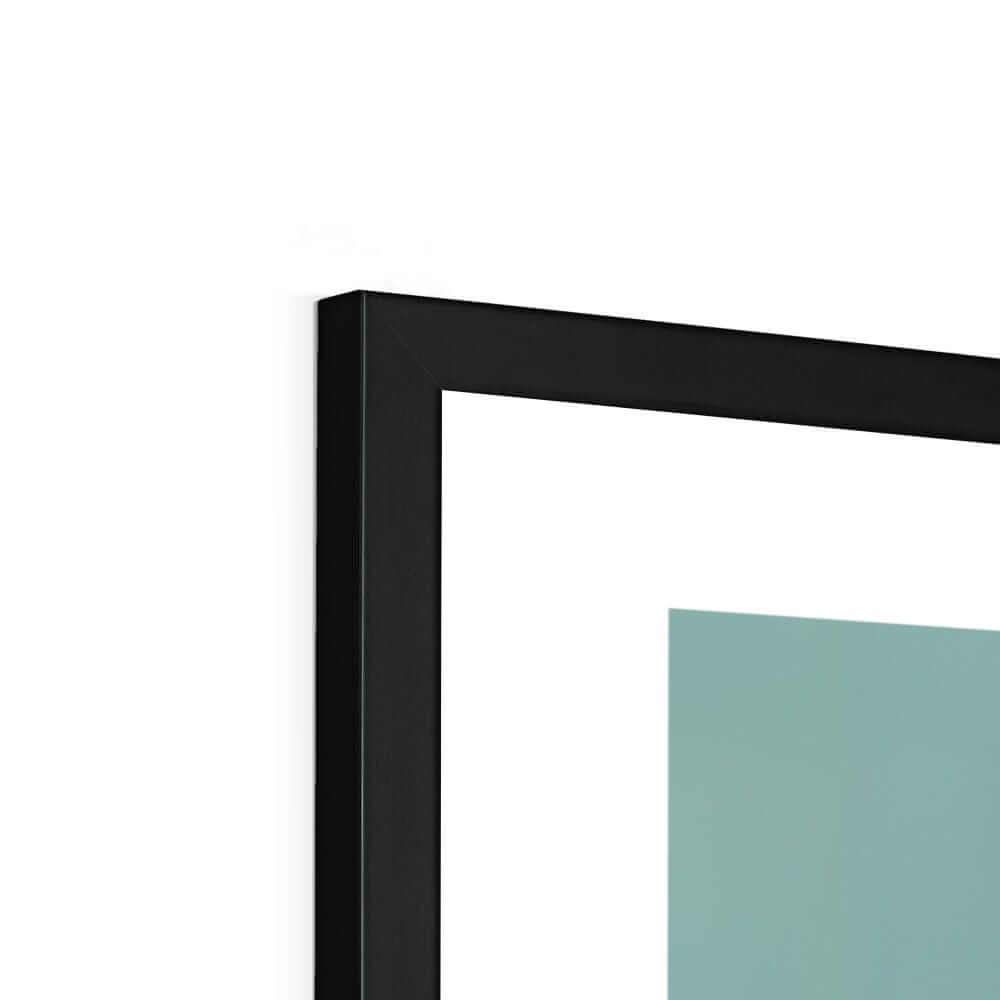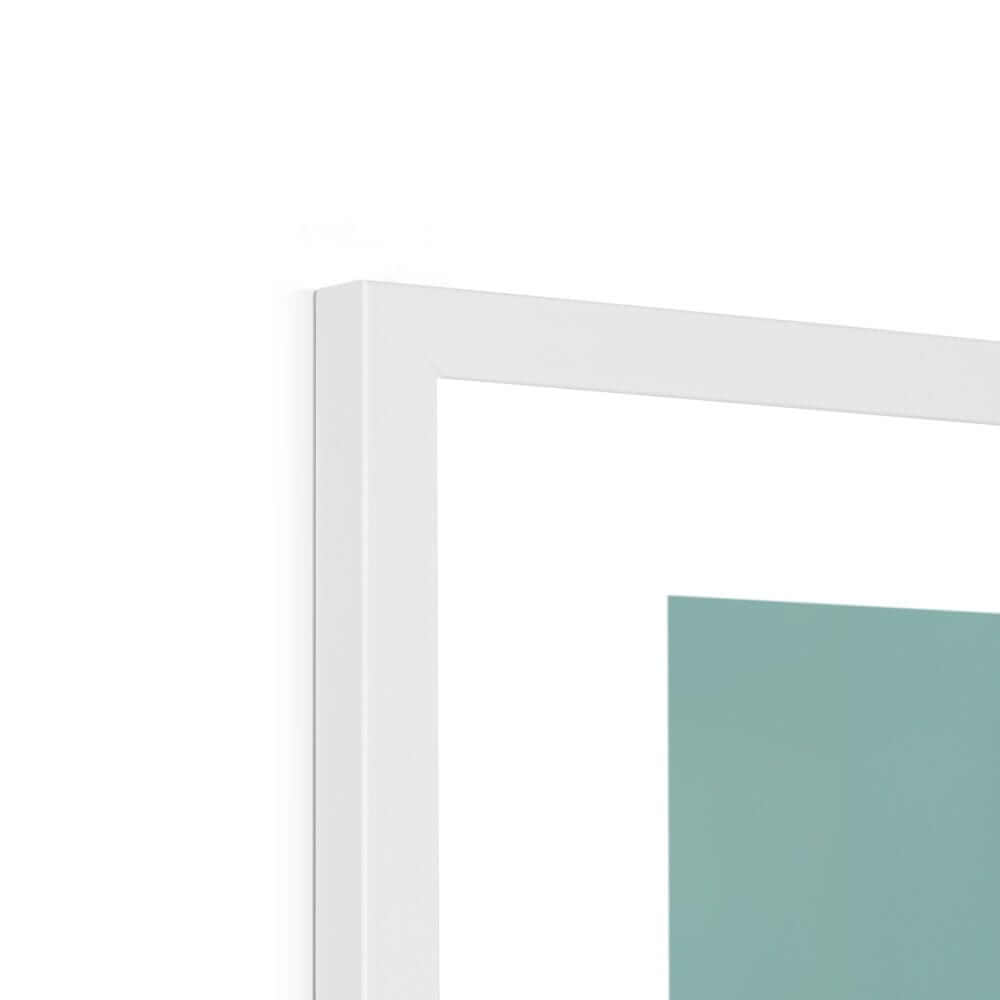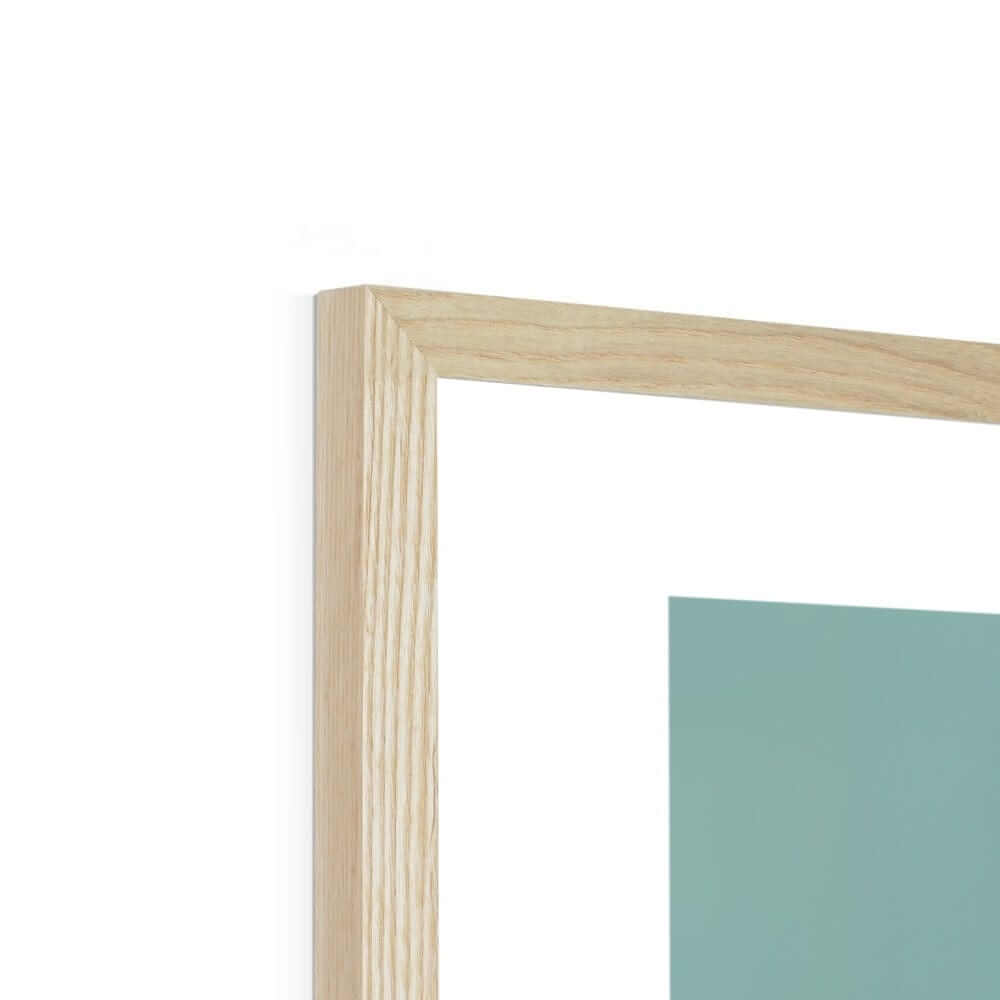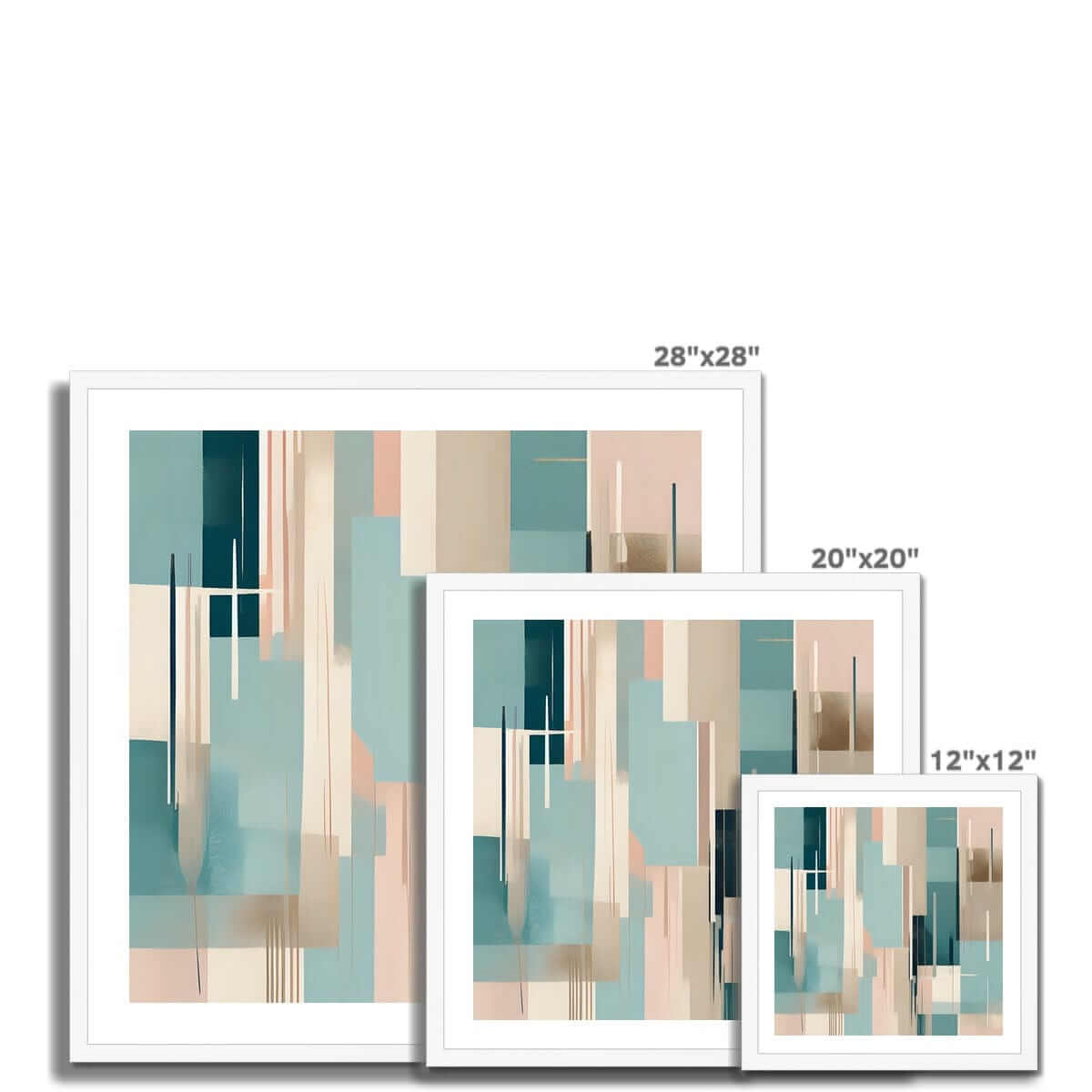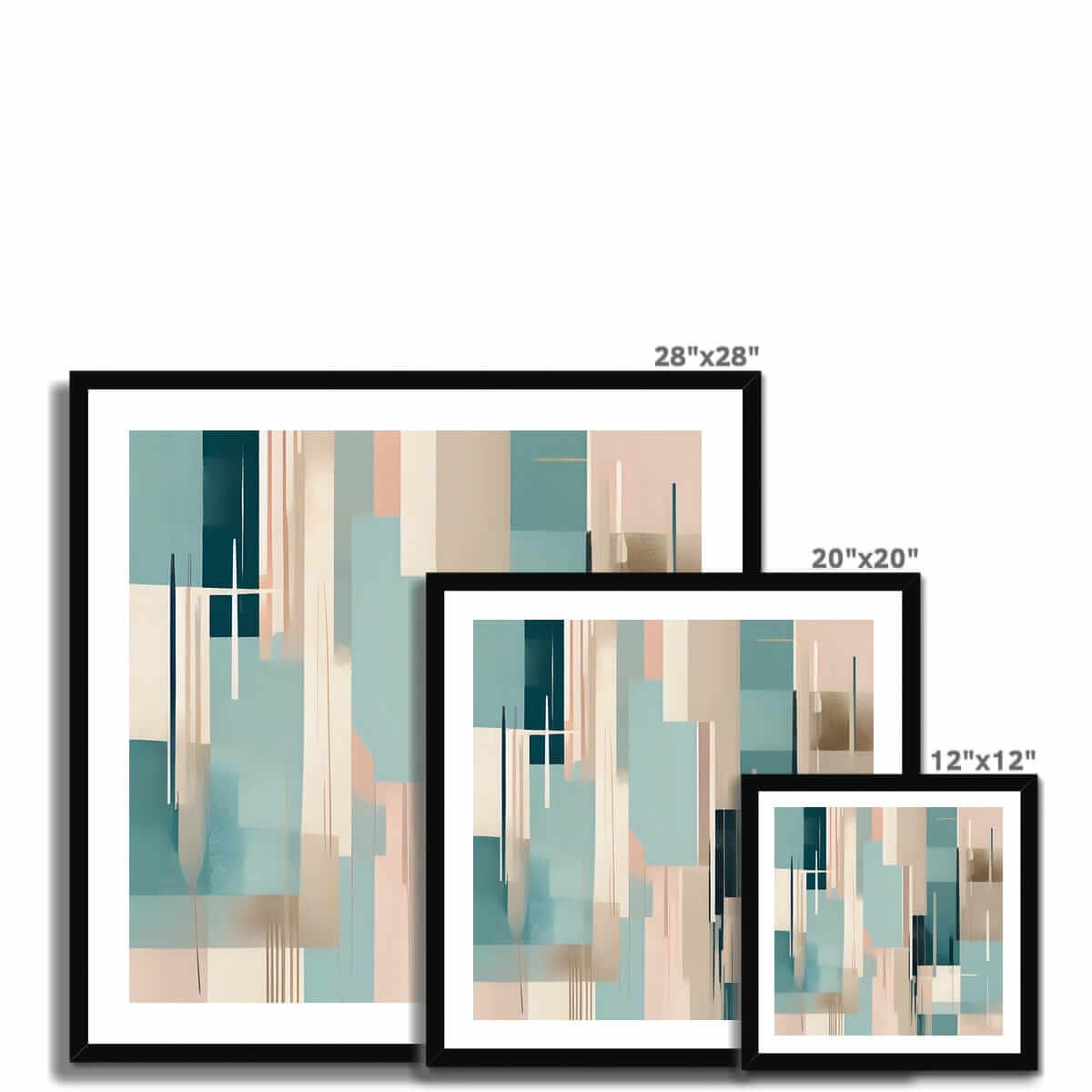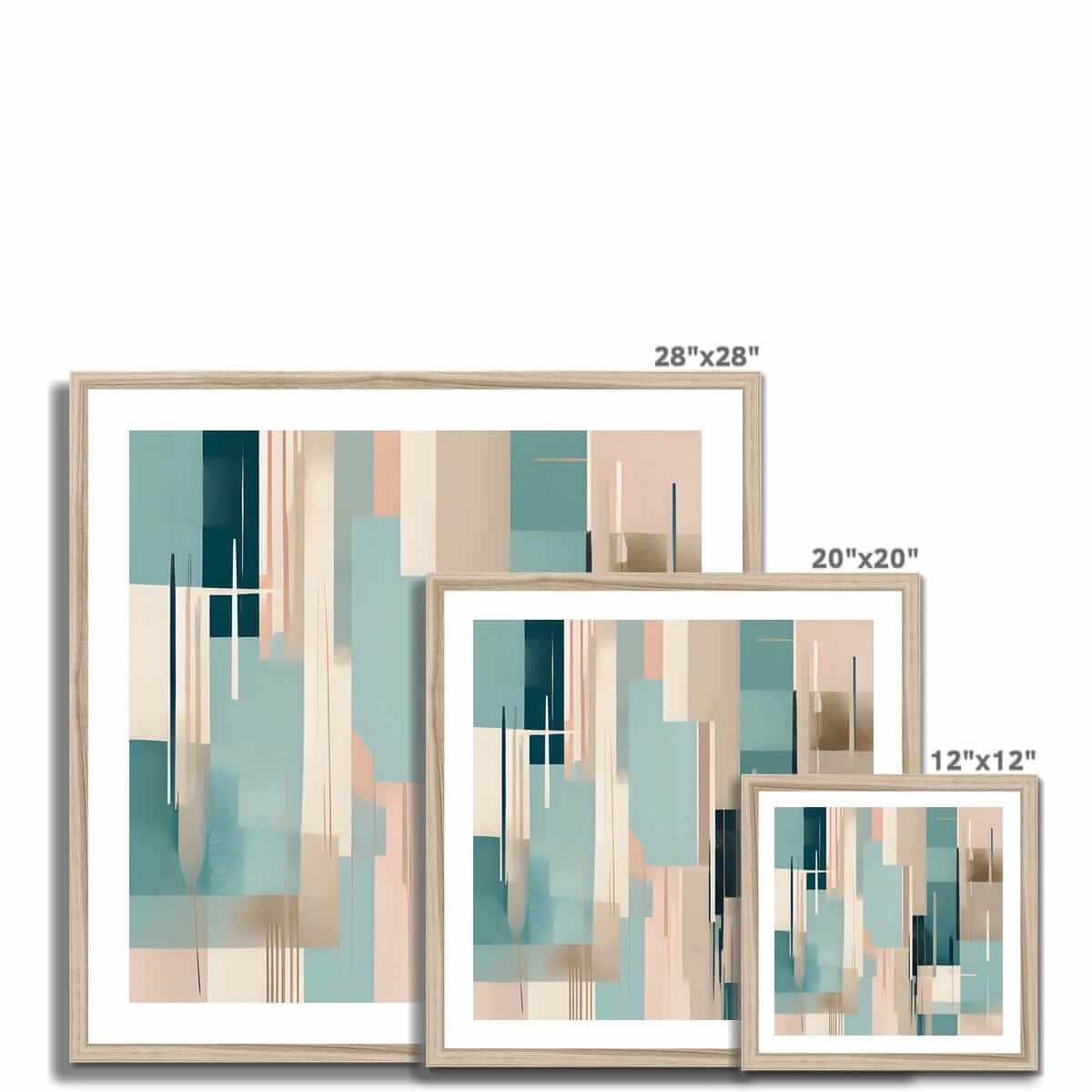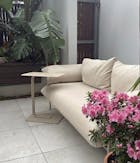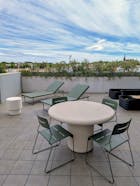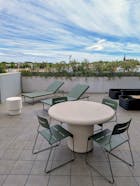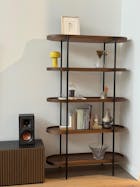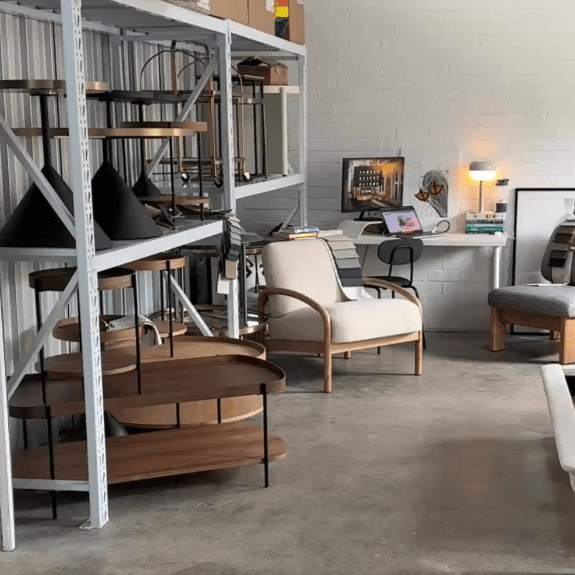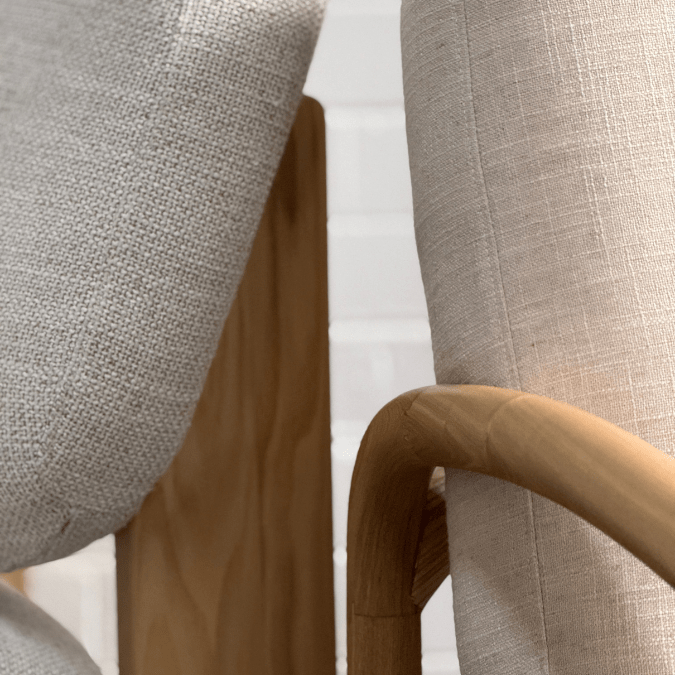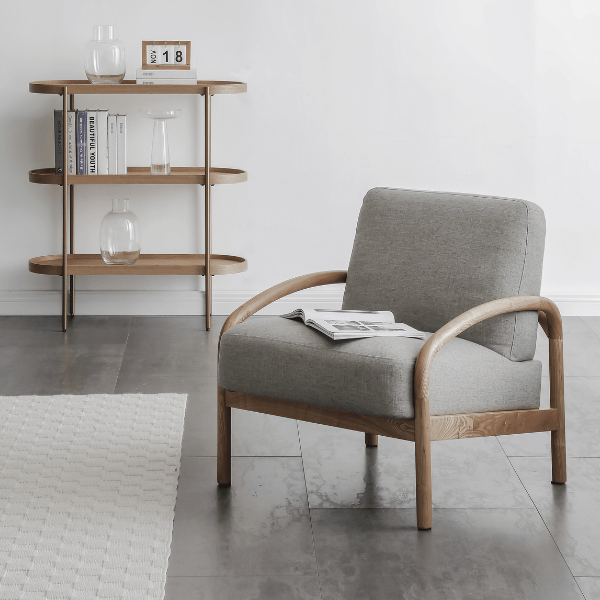How to Incorporate Abstract Wall Art into Any Room
How to Incorporate Abstract Wall Art into Any Room
We believe that introducing abstract wall art can transform any room into a dynamic and engaging space. Whether in Australia or the USA, the key to integrating such artwork effectively lies in aligning it with the room’s colour scheme and focal point. This enhances the overall ambiance, ensuring that each piece complements the existing decor. Creative placement is essential; consider using a bold statement piece or creating an intriguing gallery wall to draw the eye. Additionally, balancing different art types, textures, and sizes can dramatically affect the room's aesthetic. By mixing these elements, you can create a harmonious yet visually exciting environment that captures the essence of your style and brings your space to life.
Consider the Colour Scheme and Focal Point of the Room
Complementing the Colour Scheme: Selecting abstract wall art that aligns with your room's existing colour palette is crucial. This integration enhances harmony and ties the room's elements together. For instance, if your room features cool tones like blues and greens, choose artwork with similar hues to maintain a soothing atmosphere.
Guidance by the Focal Point: The focal point of a room often dictates the most impactful place for your artwork. Position your piece where it naturally draws the eye, such as above a fireplace or facing the main entrance. This placement ensures that the art serves as a central feature, enhancing the room's design and feel.
Harmonising Colours for Cohesion: To create a cohesive look, mix shades and tones that complement each other. Consider using colour wheels or design apps to find complementary colours. For example, a vibrant orange piece can add warmth to a room with earthy browns, while a cool blue artwork might complement grey furnishings, tying the space together beautifully.
Get Creative With Placement Ideas
- Gallery Wall vs. Statement Piece: Consider creating a gallery wall to showcase multiple abstract artworks together. This approach can turn a blank wall into a focal point of the room. Alternatively, using a single, large statement piece can provide a simple yet powerful focus that draws attention and compliments the space's design.
- Impact of Placement: The placement of your abstract wall art can significantly influence the room's look and feel. For example, hanging art at eye level typically enhances visibility and impact, whereas placing pieces in unexpected locations, like above a window or on a narrow wall, can add a unique touch that sparks conversation.
- Experimenting with Unconventional Placements: Don't be afraid to try unusual placements for your art. Consider leaning a large artwork against a wall for a casual look or hanging pieces in staggered arrangements to create movement and interest. These unexpected choices can inject personality and dynamism into your décor, making your space truly one-of-a-kind.
Balance the Room with a Variety of Art Types, Textures, and Sizes
- Importance of Variety: Incorporating a diverse mix of art types, textures, and sizes is essential for creating visual balance in a room. This variety prevents the space from feeling flat or monotonous and adds layers of interest and appeal. For instance, combining a large, textured abstract painting with smaller, smoother prints can enhance the depth of your decor.
- Adding Depth and Dimension: Mixing different art styles and textures can dramatically transform the feel of a room by adding depth and dimension. Consider pairing glossy, vividly coloured artworks with matte, subdued pieces to create a dynamic interplay of finishes and hues. This contrast not only attracts the eye but also makes each piece stand out more distinctly.
- Combining Art Pieces Effectively: To effectively combine different art pieces, start by choosing one dominant artwork as the focal point and arrange other items around it in a way that supports or complements the main piece. Maintain a cohesive look by ensuring that there’s a common element, like a recurring colour or theme, which ties the pieces together. Experiment with asymmetrical arrangements to introduce an element of surprise and modernity into your room’s layout.
Choose Wall Hangings With Coordinating Colours and Shapes to Enhance Your Space
- Significance of Coordinating Elements: Choosing wall hangings that feature coordinating colours and shapes is crucial for creating a visually appealing space. This coordination ensures that your decor elements complement each other, enhancing the overall aesthetic without overwhelming the senses. For example, circular or oval shapes can soften a room filled with angular furniture, while coordinated colours can tie disparate elements together.
- Enhancing Room Aesthetics: Coordinating wall hangings can significantly enhance the look and feel of a room by creating a harmonious atmosphere. When colours and shapes echo each other across different decor elements, it provides a sense of unity and flow. This can make your space appear more thoughtfully designed and welcoming.
- Choosing Complementary Colours and Shapes:
- Colours: To choose complementary colours, consider using a colour wheel as a guide. Opposite colours on the wheel are complementary and can create vibrant contrasts, while colours next to each other provide a more subtle and harmonious look. For instance, a blue artwork might pair well with orange accents in a room, or green tones could be complemented by shades of blue for a calm, aquatic vibe.
- Shapes: Align the shapes of your wall hangings with the existing decor. For a room with lots of rectangular shapes and straight lines, introducing round or irregularly shaped hangings can add interest and contrast. Conversely, a room with curved furniture and accessories can benefit from the addition of square or rectangular artwork to provide visual balance.
Accessorise with Other Home Décor to Create an Artistic Vibe
- Importance of Accessorizing: Accessorising with various home décor items plays a pivotal role in enhancing the artistic vibe of a space. It allows you to express your personal style and adds layers of texture and colour that can complement and elevate your main decor pieces, such as wall art.
- Incorporating Complementary Accessories:
- Rugs: Choose a rug that complements the colours and patterns in your artwork. For instance, a rug with abstract designs can echo the themes of your abstract wall art, creating a unified look.
- Pillows: Mix and match throw pillows in different shapes, sizes, and fabrics that reflect the colours in your wall hangings. This not only adds comfort but also enhances the visual flow of the room.
- Vases: Select vases that match the aesthetic of your room. Sleek, modern vases can complement a contemporary art piece, while more textured, rustic vases would suit a room with earthy, organic art.
- Role of Accessories in Cohesive Design: These accessories are crucial in tying together the elements within a room. They serve as the finishing touches that can bridge gaps between different decor pieces, ensuring that the room feels complete and harmoniously designed. When each element—from artwork to accessories—is thoughtfully chosen to complement each other, it creates a cohesive and inviting atmosphere that reflects a well-curated artistic vibe.
By carefully selecting and placing accessories in your home, you can enhance the overall aesthetic and create a space that feels both artistic and unified.
Incorporate Lighting to Highlight the Artwork
- Significance of Proper Lighting: Proper lighting is essential for highlighting abstract wall art, as it enhances the colours and details of the piece, making it stand out as a focal point in the room. Good lighting can dramatically affect how the art is perceived and appreciated, influencing both its visual impact and the mood it creates.
- Lighting Techniques to Showcase Artwork:
- Track Lighting: Track lighting is versatile and adjustable, making it ideal for illuminating wall art. You can direct light exactly where it's needed to bring out the full vibrancy of the artwork.
- Accent Lighting: Use accent lighting, such as wall-mounted spotlights or directional recessed lights, to focus attention on specific parts of the artwork. This technique helps to highlight the texture and depth of the piece, drawing the viewer’s eye directly to it.
- Tips for Positioning Lights Effectively:
- Position lights so that they enhance the artwork without causing glare or reflections, which can detract from the viewing experience. Angle spotlights at a 30-degree angle to minimise glare.
- Consider the distance and angle of lighting. Lights that are too close can create harsh shadows, while lights too far away won't sufficiently illuminate the art.
- Use dimmable lights to adjust the brightness according to the time of day and the natural light in the room, allowing for flexibility in how the art is displayed.
Seek Inspiration and Explore Different Art Styles
- Finding Inspiration: To kickstart your creative journey in decorating with abstract wall art, seek inspiration from a variety of sources. Visit local art galleries to see the work of different artists up close. Online platforms like Instagram or Pinterest can also offer a wealth of creative ideas, showcasing how others incorporate art into their spaces. Don’t forget about interior design magazines, which often provide the latest trends and tips on styling art in homes.
- Benefits of Exploring Different Art Styles:
- Broadened Aesthetics: Exploring various art styles enriches your understanding and appreciation of art, helping you discover what resonates best with your personal taste. Whether it's minimalist abstracts, vibrant expressionist pieces, or something in between, each style has unique elements that can enhance your living space.
- Enhanced Creativity: By looking at different art styles, you can find unexpected combinations and ideas that you might not have considered before. This can lead to more innovative decorating choices that make your space stand out.
FAQs and Answers about our shipping policy and change of minds guidelines
1. Do you offer international shipping?
- Yes, we ship globally! All our prints and framed prints are eligible for free worldwide shipping.
2. Will I receive a tracking number after placing an order?
- Absolutely! Once your order is placed, we'll send you the order number and tracking information via an email and text link, keeping you updated on shipping and delivery.
3. Can I change my order or edit the shipping details after placing it?
- No, once your order is processed and sent to the printer, the delivery address is fixed. If there are any issues with delivery, such as an undeliverable address, the item will return to the printer and a second delivery fee will be charged for re-shipping.
4. What should I do if the quality of the wall art isn't what I expected?
- Your satisfaction is our priority. If the quality of the wall art doesn't meet your expectations, please contact us within 7 days of receiving your item. We're here to help arrange a replacement or a refund.
5. What happens if I miss my delivery, or there was a mistake with the address?
- If a delivery attempt fails due to an incorrect address or missed delivery, the item will be returned to the printer. A second delivery charge will be required for re-shipping. Please note, if you decide to cancel the order after a delivery attempt, a refund will not be issued. If you need to know anything feel free to contact with Seek & Ramble team
Frequently Asked Questions
Do you have a showroom?
Our Sydney studio space is open by appointment. Come see our products up close, explore the details, and chat about your project. Whether you need styling advice or want to discuss your ideas, we’re here to help. Book your visit today.
Where do you ship?
Furniture ships from our Sydney warehouse to Australia or from Chicago warehouse to the USA.We ship all Wall Art Worldwide.
Do You Customise?
We may be able to make small changes, otherwise, most of our range is as shown. We're happy to answer any questions you may have so get in contact via the online form below. We can customise all wall art.
What is the warranty?
We offer a 2 year manufacturers warranty on all products and support the ACCC consumer guarantee.
Can i pick up my order?
If you're in Sydney, yes! We offer a pick up option from our Sydney warehouse only.

